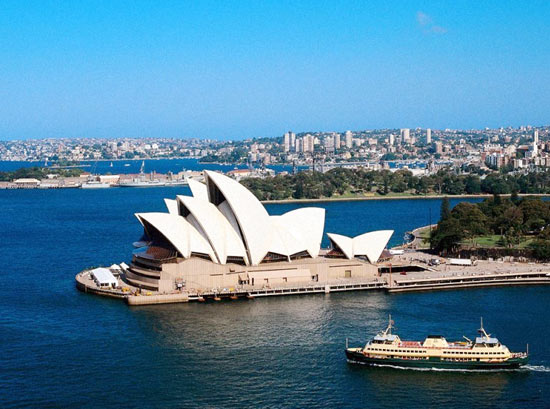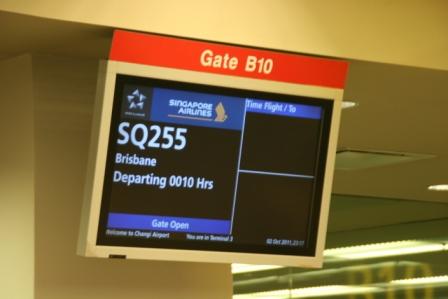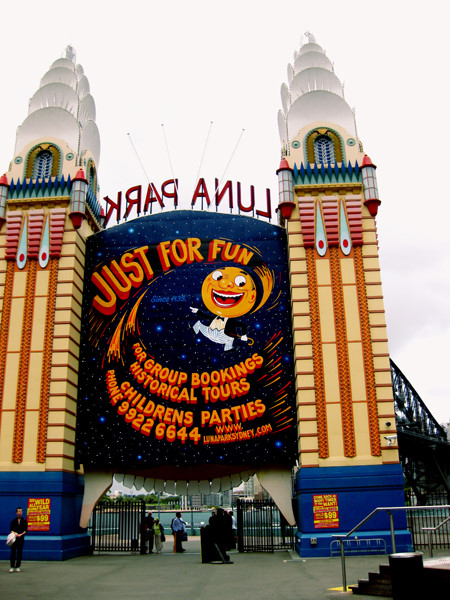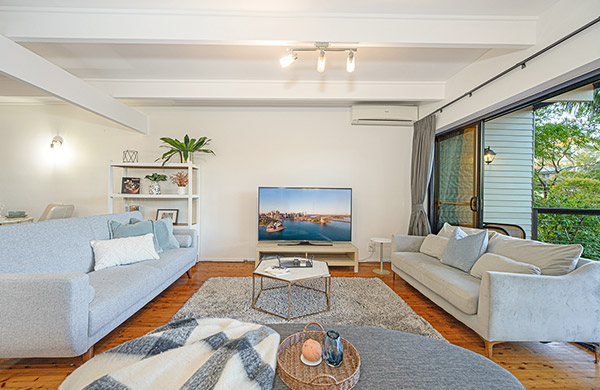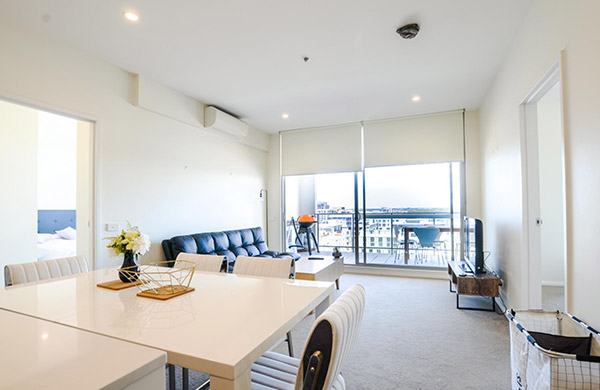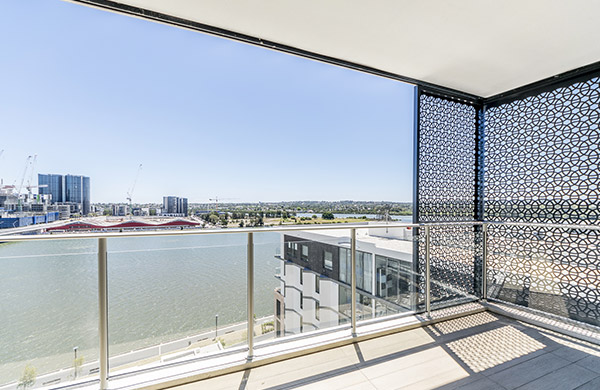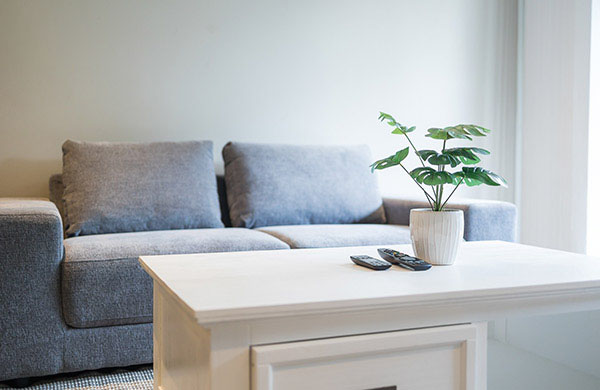Travel Guides and Stories
The Call of the Southern Hemisphere - Winter Sunshine in Australia (Complete)
After returning from Boracay Island, Lanlan asked, "Where should we go next year?" I casually replied, "How about Australia? We can go see the Great Barrier Reef." So on July 3rd, I boarded a flight to Sydney. Actually, this trip was entirely motivated by the attractive package tour price, not to fulfill last year's casual suggestion or specifically to see the Great Barrier Reef. With so many unplanned trips this year, I've had this surreal sense of happiness. On departure day, Beijing's sky was incredibly blue - I felt truly blessed by the weather.
This was a genuine group tour (I say this because in the following days of travel, I realized how luxurious company-customized group tours are). Being busy with various center closures, I basically embarked on this journey blindly. I even learned about Australia during the trip - I found out Australia has 7 states, and the cities we were visiting - Sydney, Brisbane, and Melbourne - belong to three different states: New South Wales, Queensland, and Victoria. My favorite author Colleen McCullough of "The Thorn Birds" was born in New South Wales, and Alexander from "The Call" and his "Kinross City" were also set here. First flight July 3rd Beijing-Guangzhou.
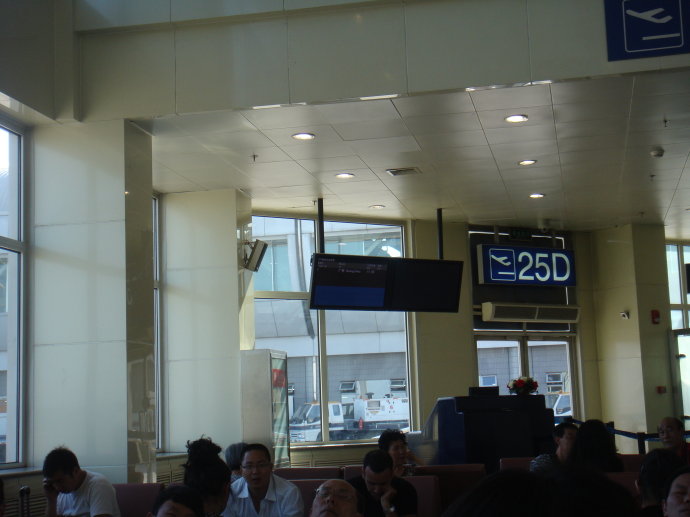
T2 Terminal waiting - as I've mentioned before, I hate shuttle buses
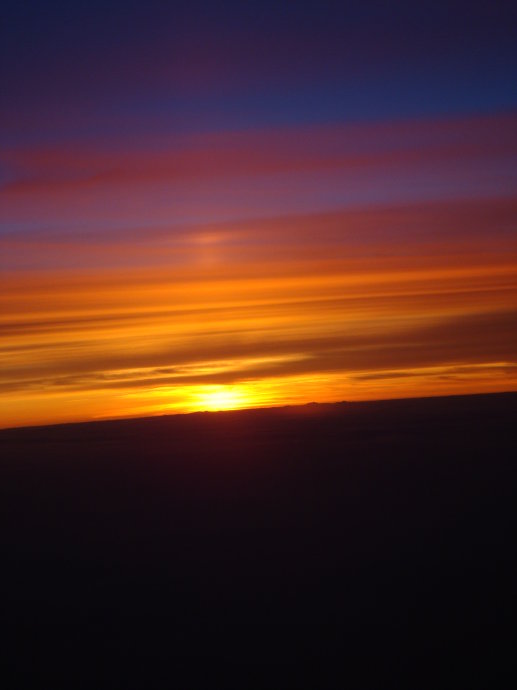
First sunset experienced on the plane Second flight July 4th Guangzhou-Sydney. Our flight was CZ301, departing at 8:30 AM. When we arrived at the departure hall, even the duty-free shops weren't open yet.
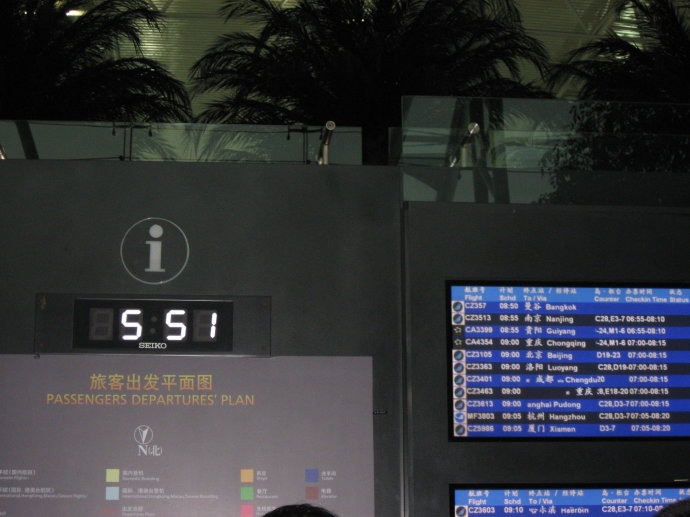
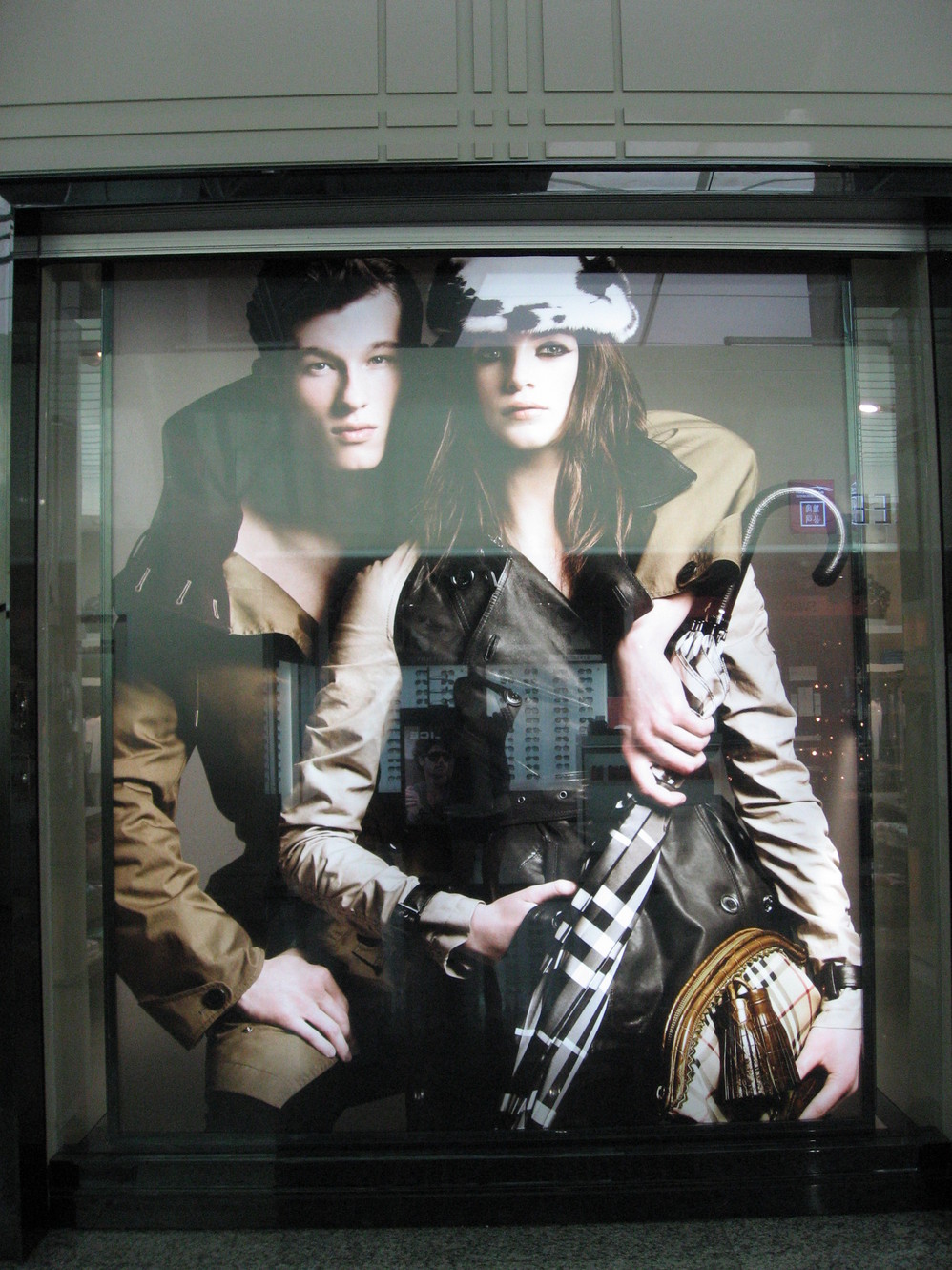
Waiting before shops open
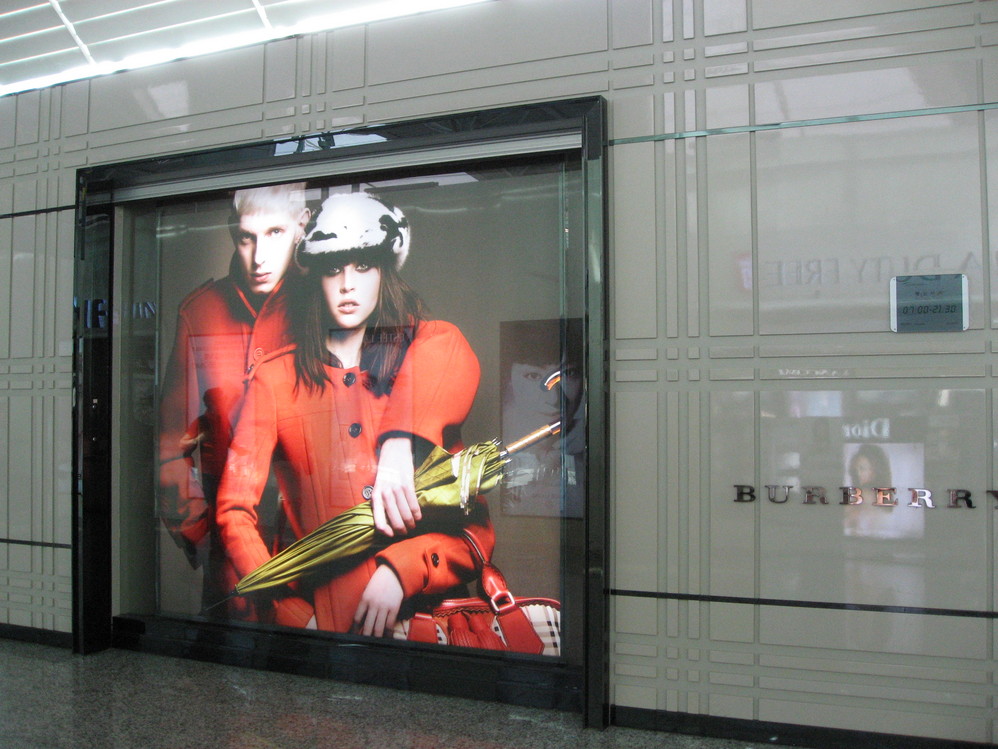
Waiting until doors open
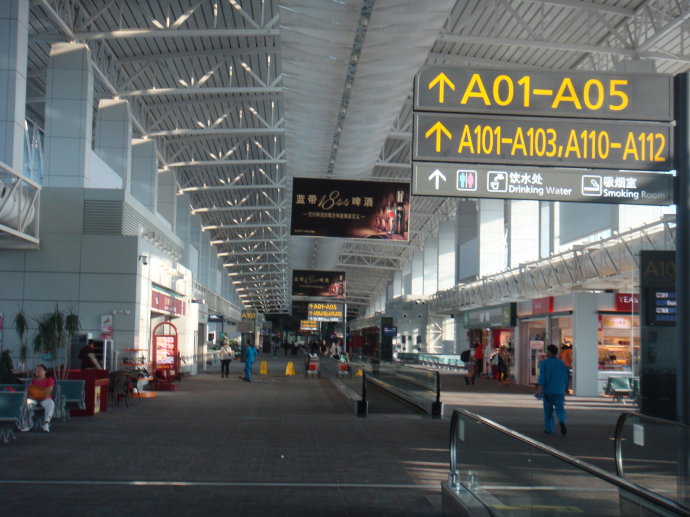
Empty Baiyun Airport
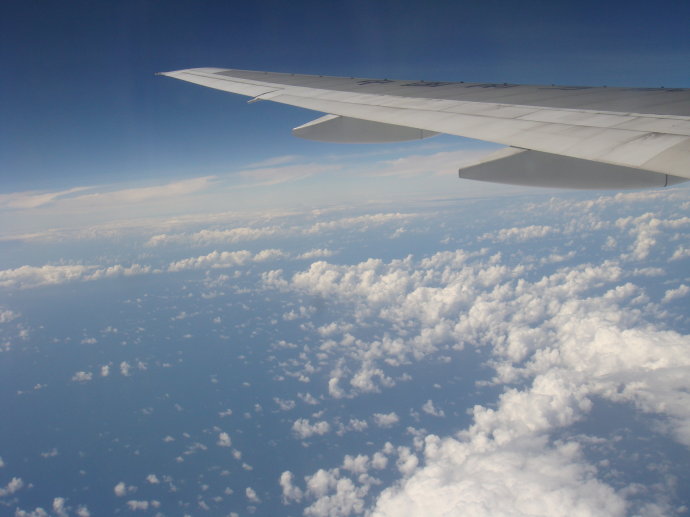
The South China Sea still below at this point
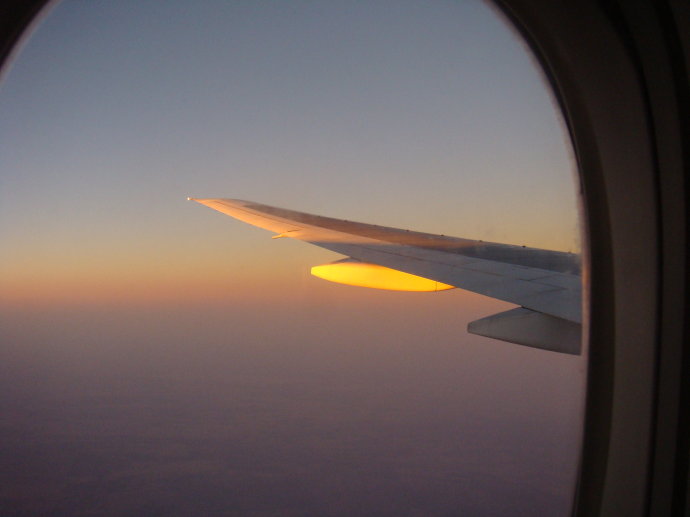
After experiencing the second sunset, we finally entered the Southern Hemisphere
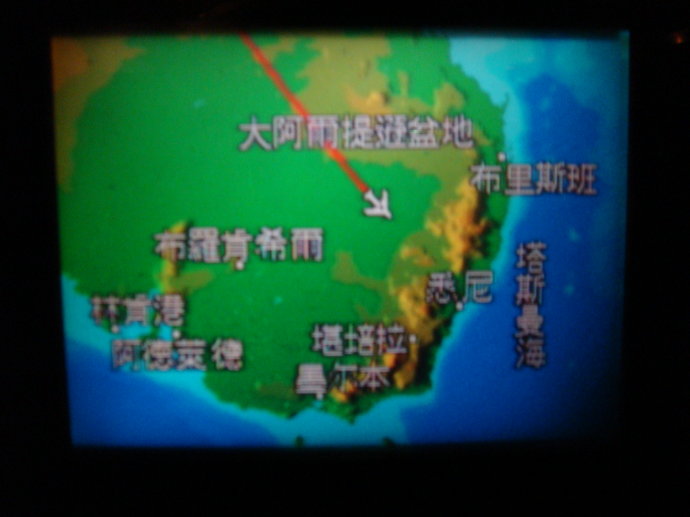
Map showing the relationship between the three cities
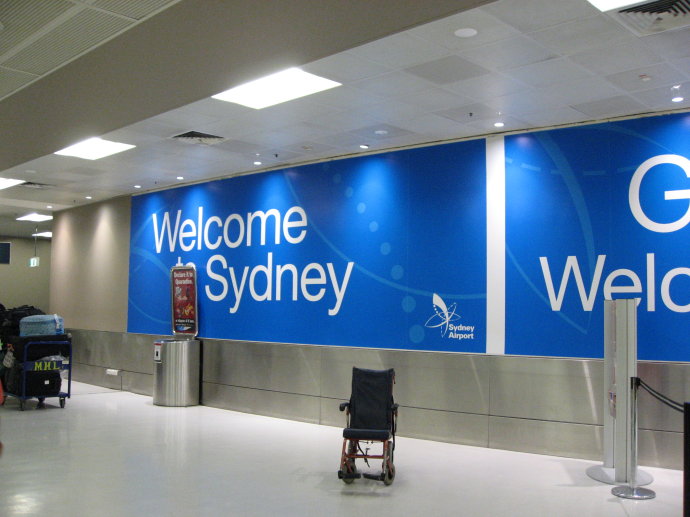
Finally, Sydney arrived. Travel Notes: Immigration: It took us about 2 hours to clear customs as everyone's luggage had to be inspected individually. Any items potentially containing plants or seeds cannot be brought in, so the travel agency specifically advised against bringing wooden decorative items like prayer beads. Any medications must be declared on the departure card, with special medications requiring hospital prescriptions. As for tobacco, Australia's import limit is 120 cigarettes, much less than China's 250, so be very careful if purchasing from Chinese airport duty-free shops. Additionally, according to Australian regulations, planes must spray insecticide after entering Australian airspace. Flight attendants will announce this before spraying. The smell can be quite strong. Power: Australia uses 220V with three-pin flat plugs, so bringing a power strip is the best solution. Hotel Service: As the travel agency wanted to save costs, we stayed in 3-star hotels which generally don't provide toothbrushes, toothpaste or slippers. Exchange Rate: When we exchanged money, it was 1:6.9 Here I want to mention China Southern Airlines. The travel agency could offer such low tour prices because China Southern had just opened Guangzhou-Australia routes. At Baiyun Airport, their slogan "Choose China Southern, Australia Isn't Far" was visible everywhere. I imagine the group rates the travel agency got must have been incredibly cheap.
I usually avoid China Southern Airlines for business trips and was well aware of their "reputation", but thought long-haul flights might be different. After completing the journey, I learned that service quality has nothing to do with flight distance. Our Guangzhou-Sydney plane was a Boeing 777B with tiny TV screens and barely any movies worth watching. The flight attendants were most focused on getting sleep between meal services - I heard them asking each other "Have you slept yet?" numerous times. So when they were sleeping, getting water was extremely difficult. When I asked for water between meal services, one attendant gave me several dirty looks before saying "Get it yourself from the back." Therefore, bringing a large water bottle is essential for long-haul China Southern flights. As for food, here's showing the best meal. Don't rely too much on flight attendants' descriptions when ordering - some ask "Chinese or Western?" while others ask "Chicken or beef?". Their descriptions make it impossible to understand what the food actually is - I had 4 completely different "beef rice" dishes during the trip. Additionally, China Southern flight attendants' English is quite remarkable - I saw them repeatedly opening meals to show foreign passengers because they simply couldn't explain the options...
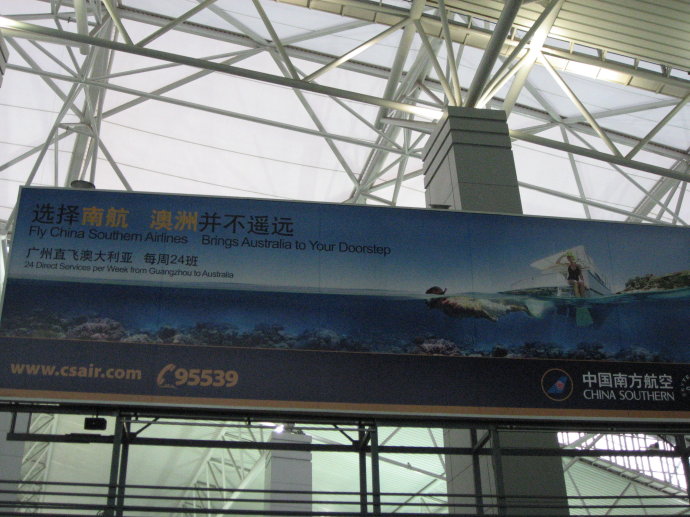
The only thing worth mentioning is that China Southern provides all passengers with a small kit containing basic toiletries, eye mask and earplugs for convenient use. 7.5 Sydney, The First State Sydney was our first stop. Sydney is the largest city in Oceania and Australia's most densely populated city. You'll see "The First State" on many license plates in Sydney, which is absolutely fitting. The entire city is built around Sydney Harbour, with bays throughout. Famous bays include Rose Bay, Watson Bay, and Double Bay. Our bus drove us around the harbour - the warm sunlight felt very pleasant and comfortable.
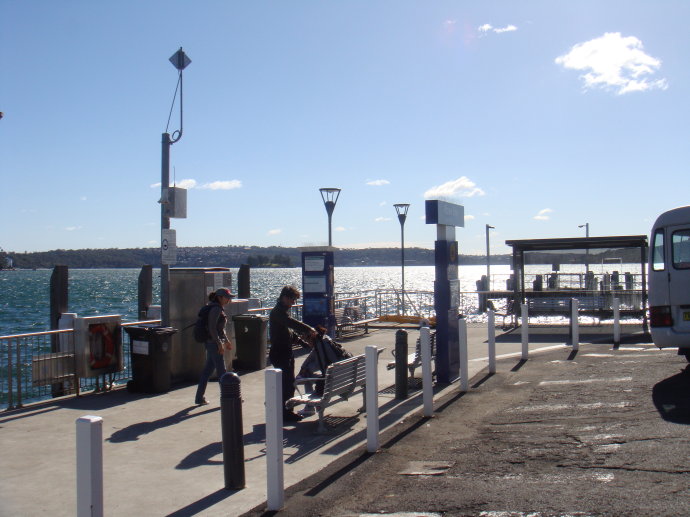
Darling Bay without darling
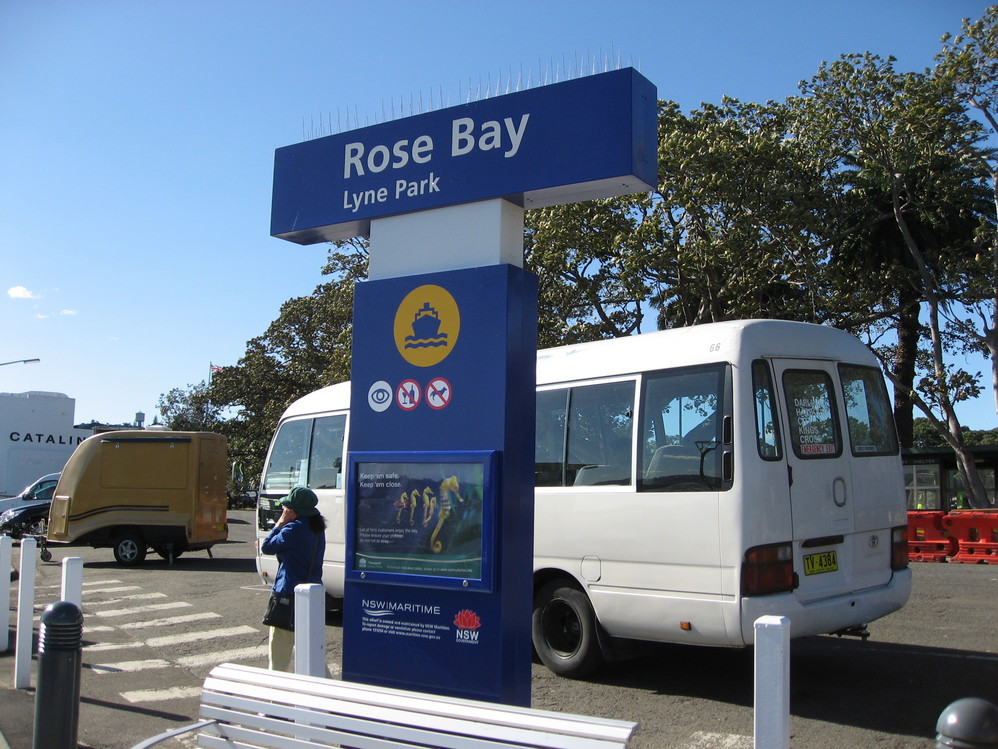
Rose Bay without roses
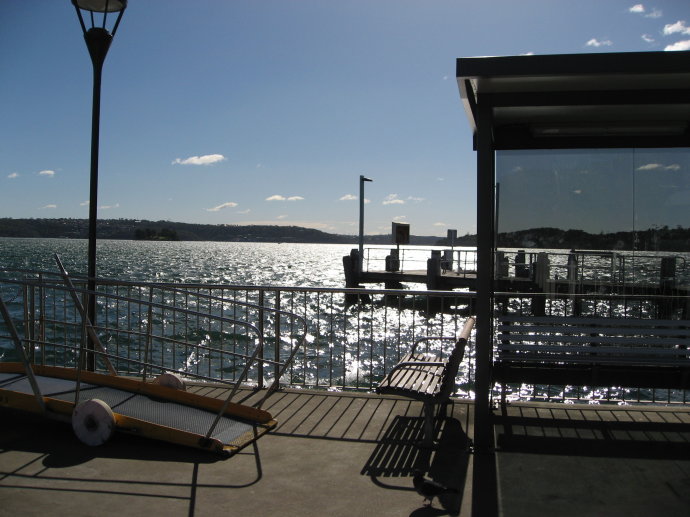
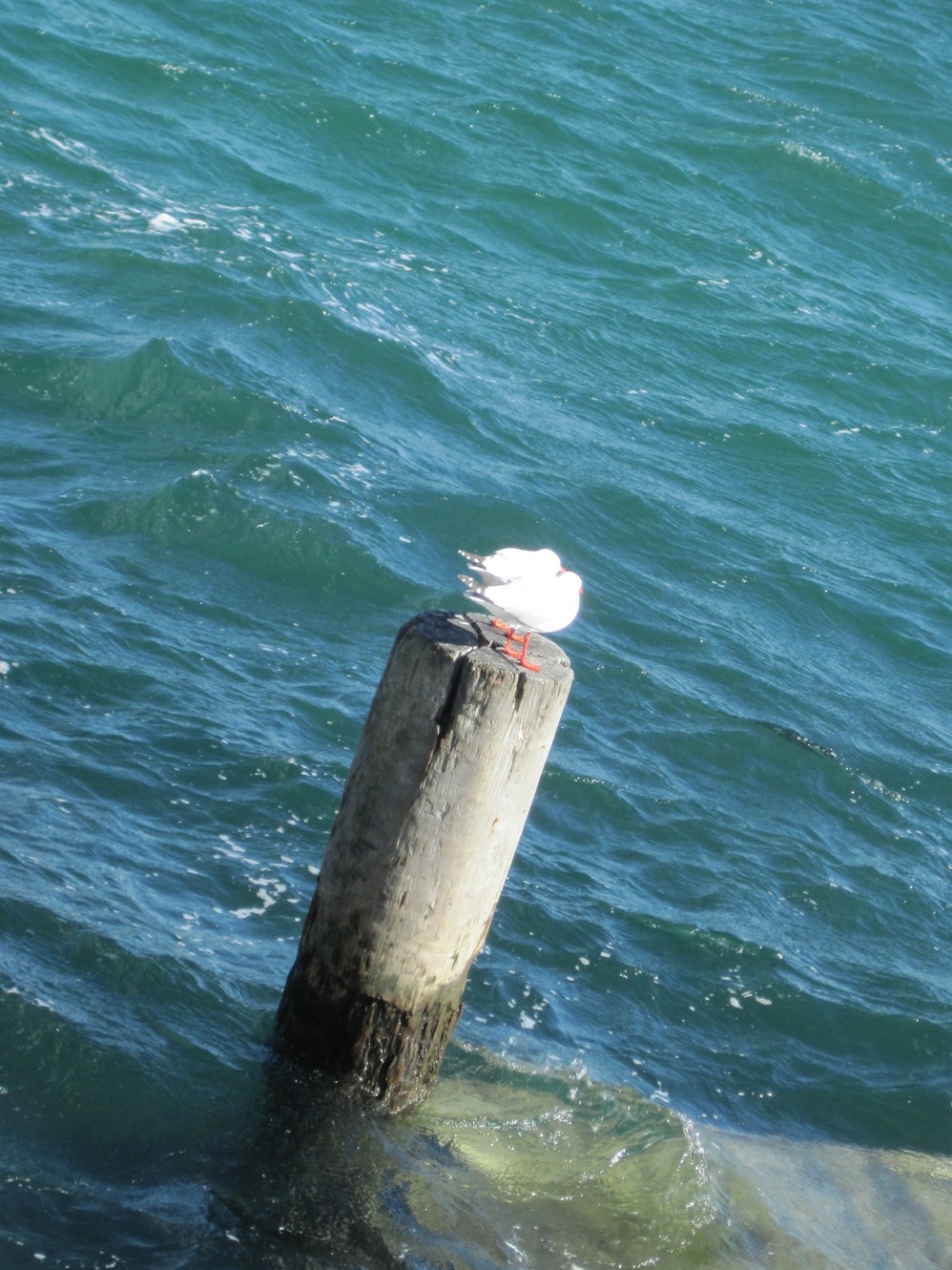
Two seagulls being sweet
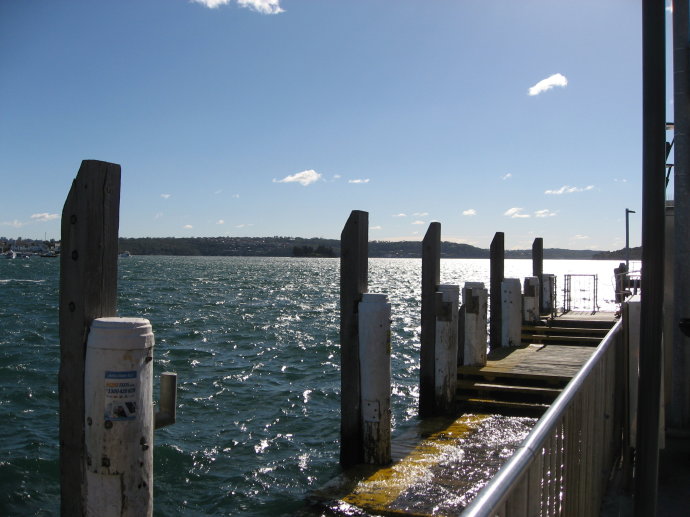
A harbour naturally needs beaches - Bondi Beach is Sydney residents' closest beach. The streets near the beach are lined with various shops selling items to tourists: sunglasses, bikinis, sunscreen, surfboards... We came in winter when few people were swimming, but it's easy to imagine how lively it would be in summer with beaches full of bikini-clad beauties. Australians' biggest hobby is getting tanner - not only do supermarkets sell various "fast tan" cosmetics, but they also spare no effort in sunbathing, front and back. Blue sea, blue sky - very refreshing. When we visited it was a bit windy, but being nearly noon, walking barefoot on the beach was still pleasant.
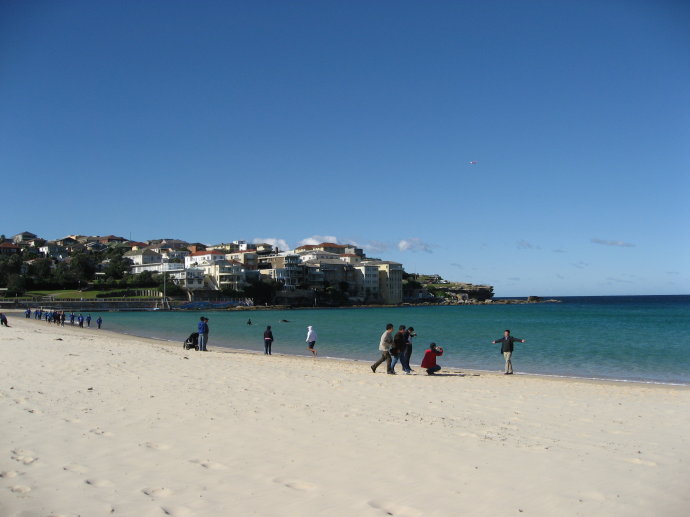
Only tourists taking photos
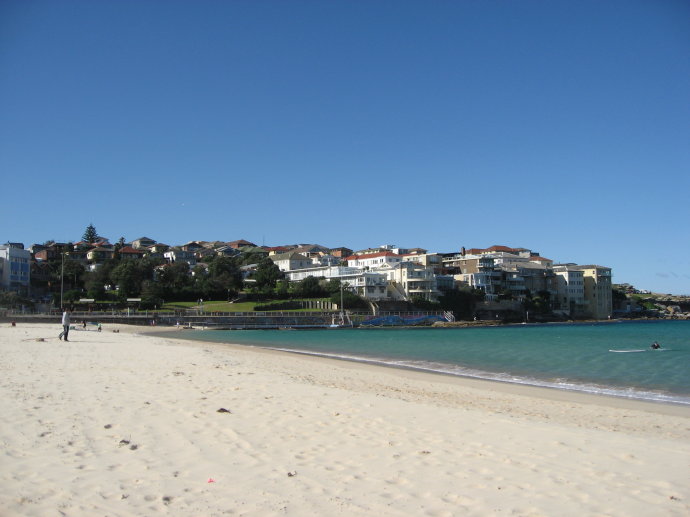
Very clean beach
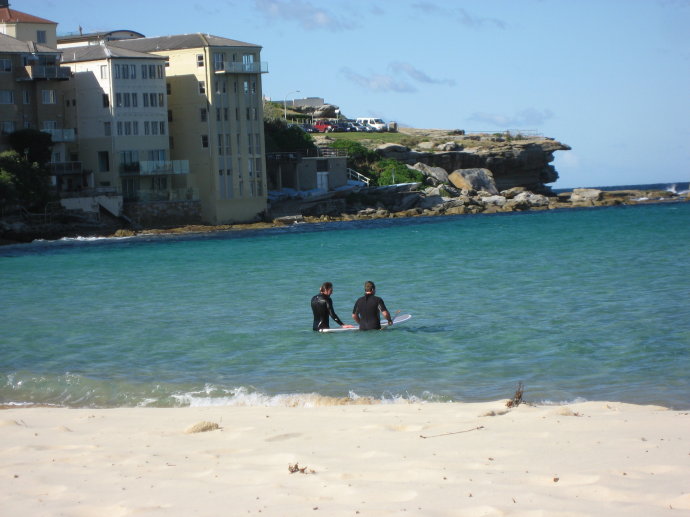
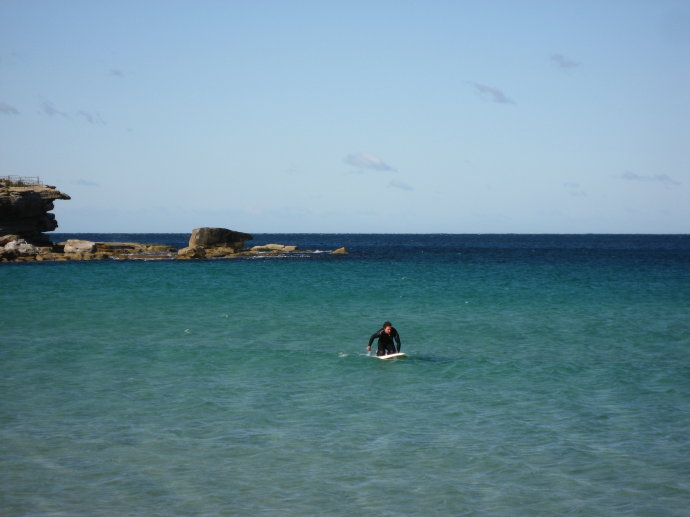
Still people surfing this season
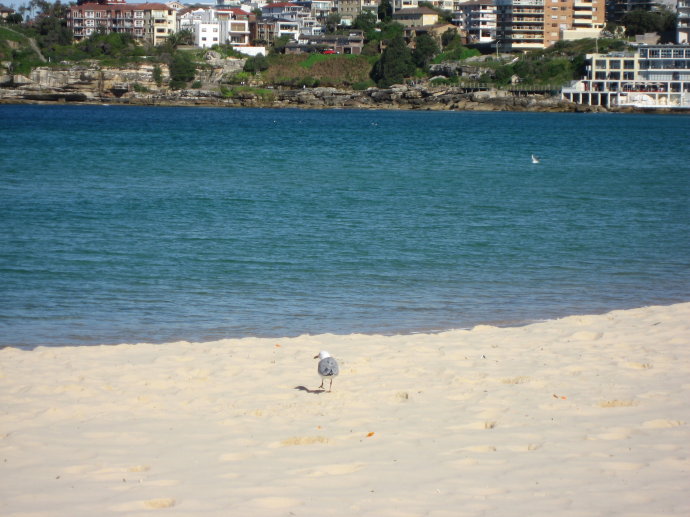
A seagull caught our attention
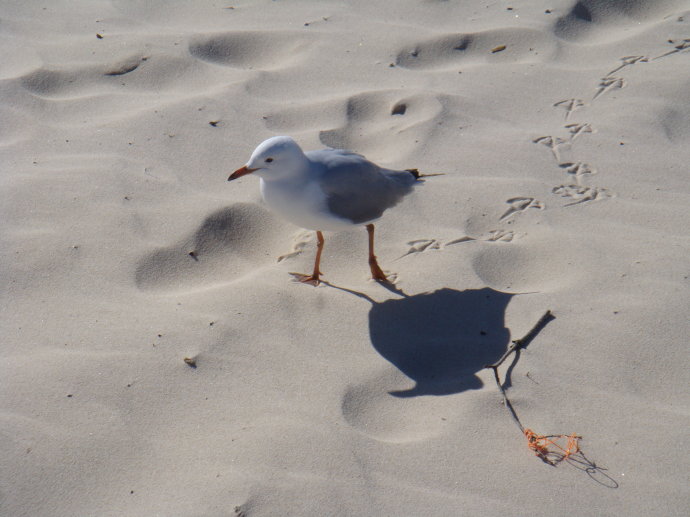
It looks so content Sydney Fish Market The Sydney Fish Market was arranged as a "tourist spot" by the travel agency, probably considering we should have some seafood being by the ocean. Sydney Fish Market is the largest seafood trading market in the Southern Hemisphere, though being the largest in the Southern Hemisphere isn't saying much since there aren't many other places in the Southern Hemisphere.
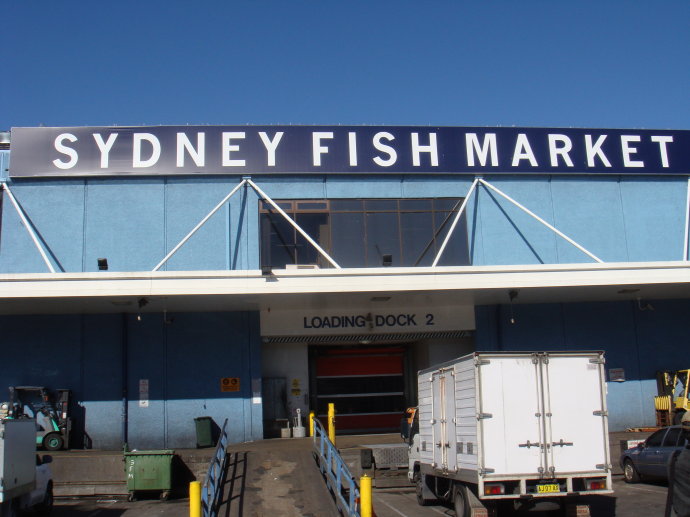
They say an average of 1000 boxes of fresh seafood are auctioned per hour every morning at the market.
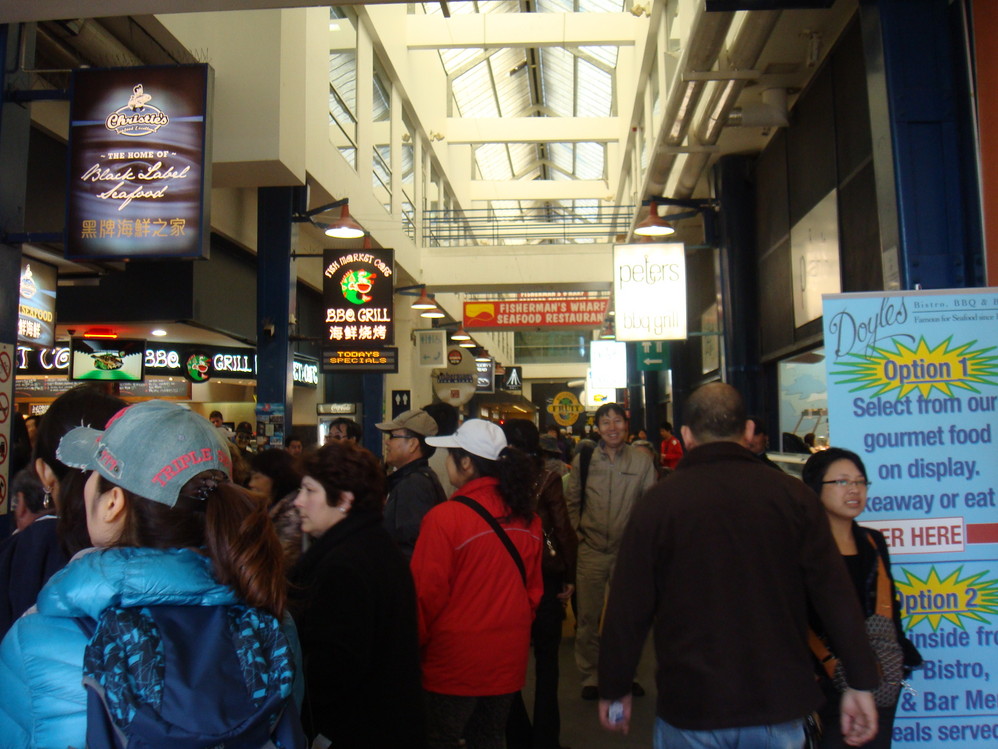
Still crowded despite being winter
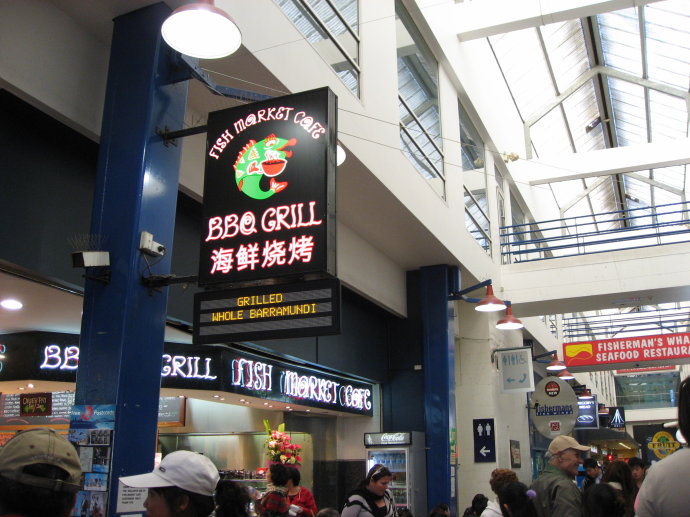
The market also offers retail services for various raw and cooked seafood
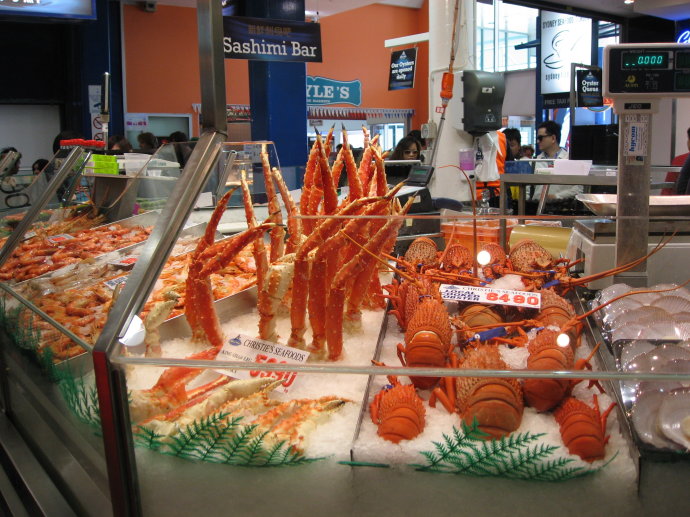
This is Western style
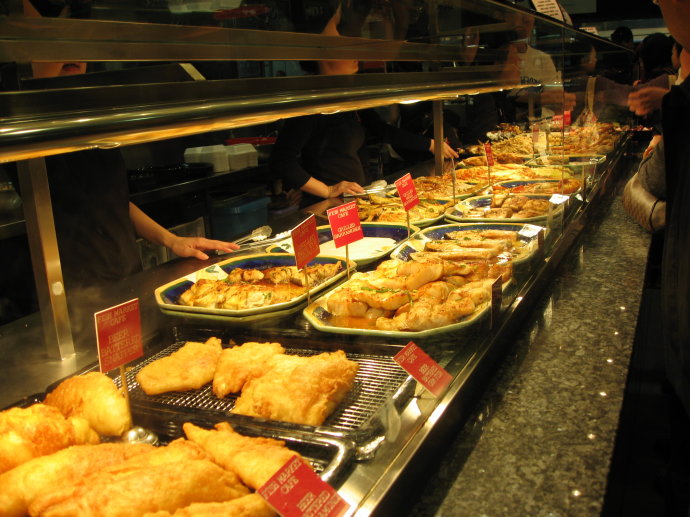
Also Chinese style
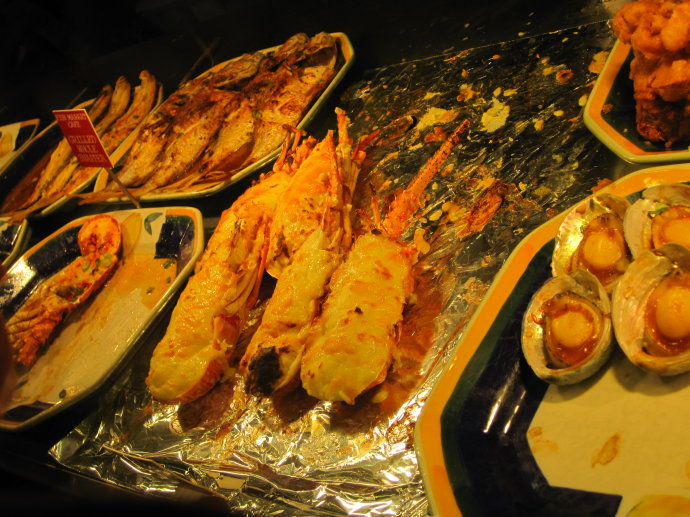
Baked lobster
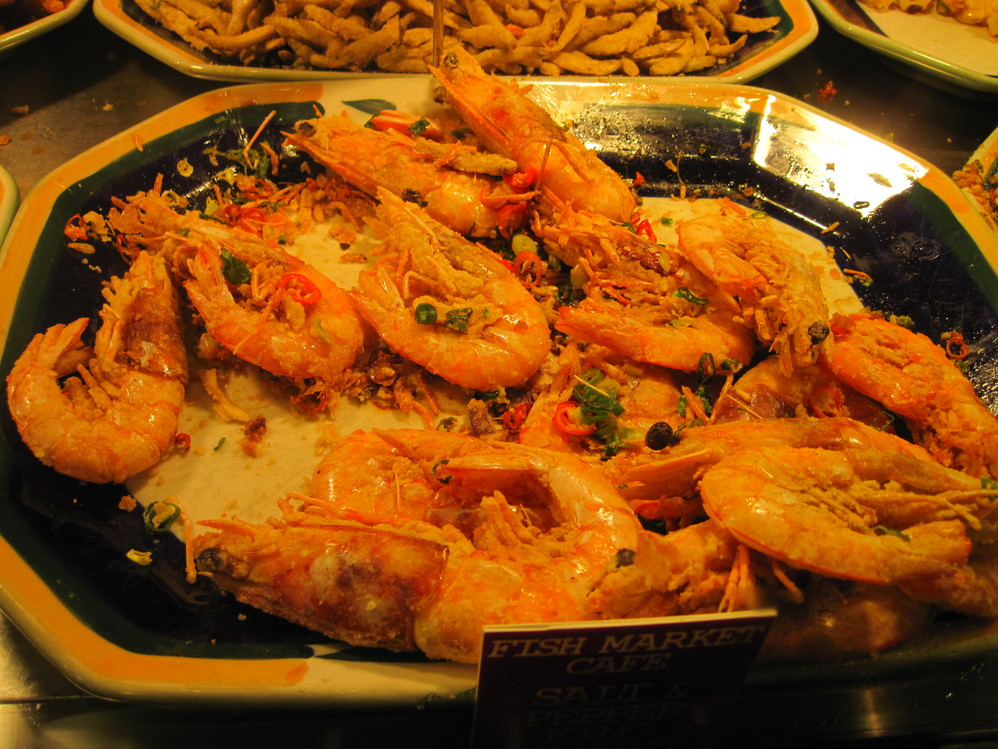
Salt and pepper prawns
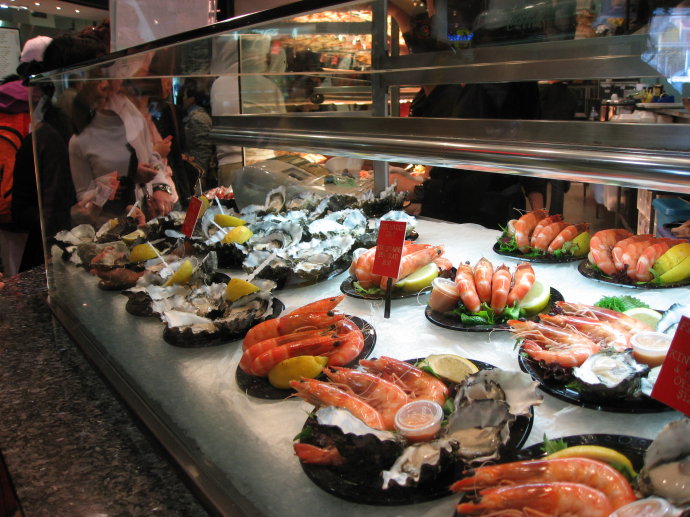
Western cold platter
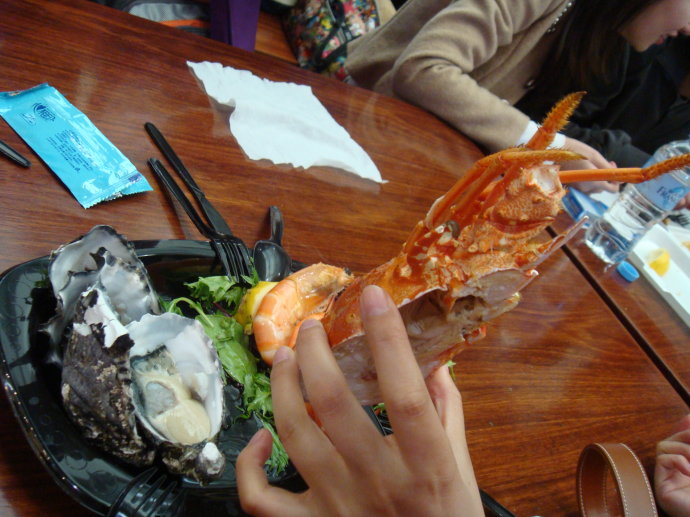
We ordered a Western cold platter - one baby lobster, four prawns, four oysters, total 24.9 dollars
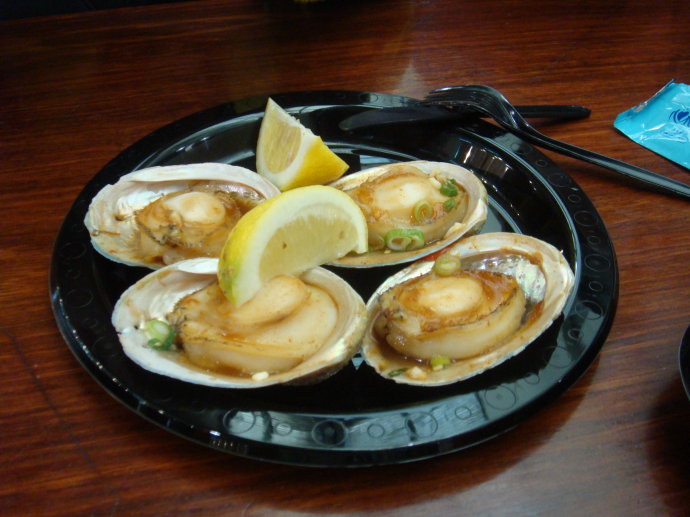
Abalone 6 dollars each
Maybe because it's winter, but prices weren't cheaper than Beijing. A few people sharing to try something new is enough. The real customers here are mostly tourists - locals apparently don't buy seafood here. For dining, don't worry about ordering - at least half the sales staff at each stall speak Chinese, so you can communicate directly in your native language without figuring out how to express different cooking methods.
There were many seagulls looking for food outside the fish market. When leaving, we even saw a huge cormorant - seems these freeloaders also know about this famous place.
Sydney Opera House Some people might not know Sydney isn't Australia's capital, but everyone knows the famous Sydney Opera House. Our guide explained that the Opera House's conception began in the 1950s. In 1955, they opened a worldwide design competition, receiving 233 entries from 32 countries by 1956. Danish architect Jørn Utzon's design was ultimately selected. The Opera House's exterior shell was built using special materials, including thousands of specific tiles. Unfortunately, just after completing the outer structure, Australia's ruling party changed. The new party discovered the construction had greatly exceeded the budget. The government then hoped to use domestic materials for interior decoration. After numerous unsuccessful negotiations with the designer, he resigned. The remaining interior structure was completed using domestic materials to save costs, which is why the Sydney Opera House's interior decoration isn't as exquisite as its exterior. The entire building took 16 years and 12 million Australian dollars to complete.
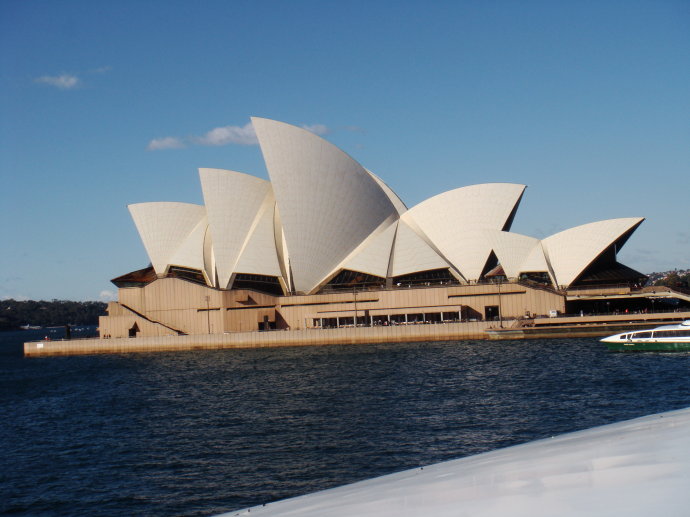
The Sydney Opera House looks like a giant sailing ship
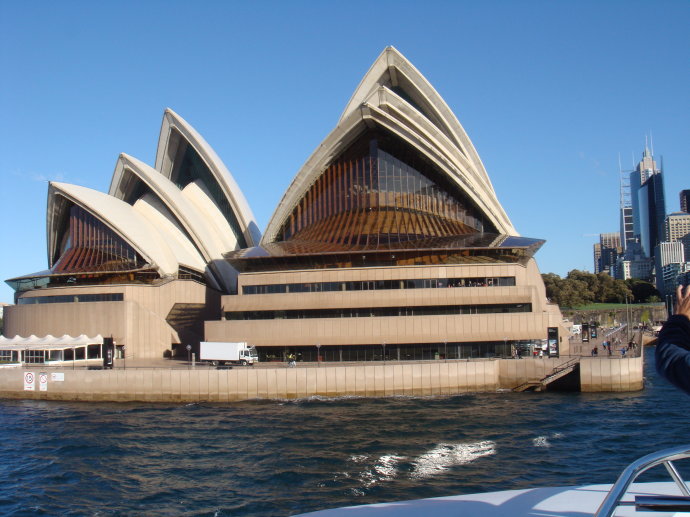
Actually, the designer's original inspiration came from peeled orange segments
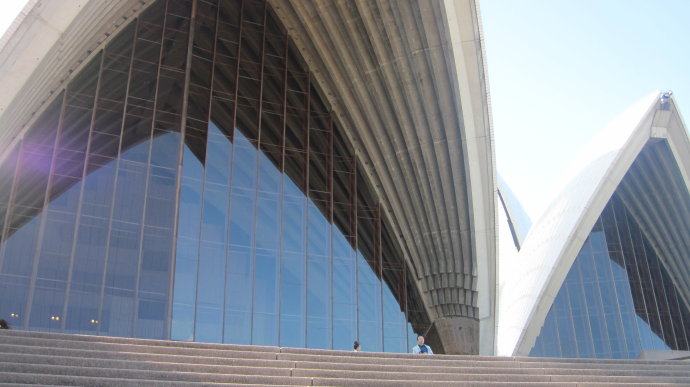
The building's exterior shell looks so magnificent
Unfortunately, when the original designer left Australia, only the Opera House's shell was complete. He never saw his completed design in person during his lifetime.
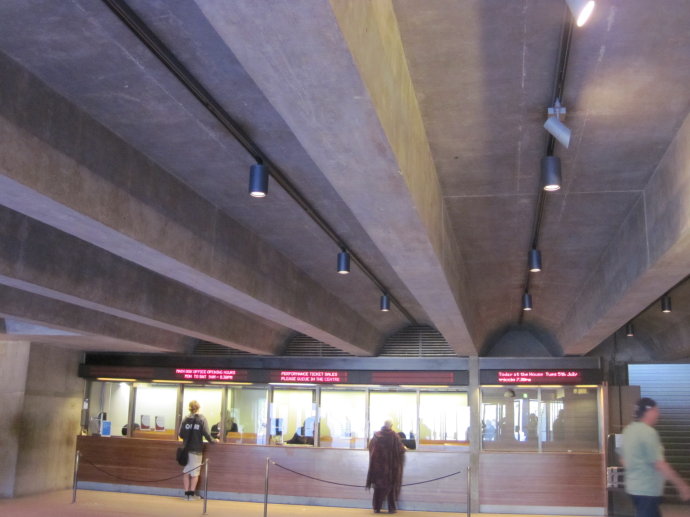
The interior decoration is quite inferior
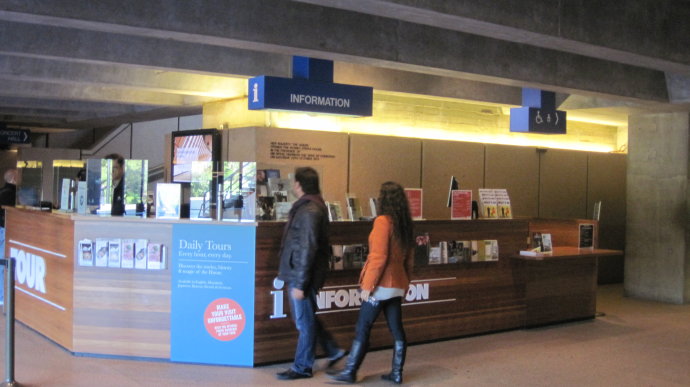
You can buy tour tickets here
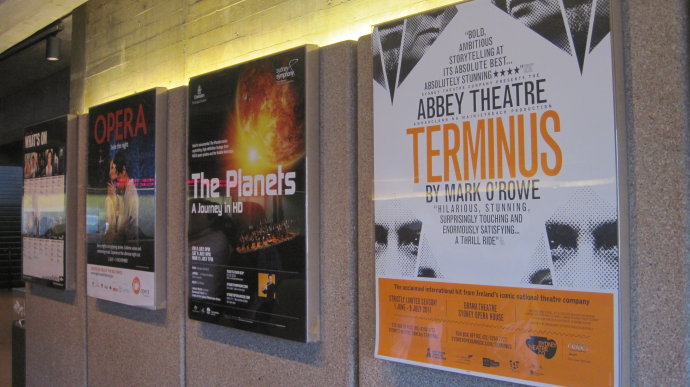
Performance information
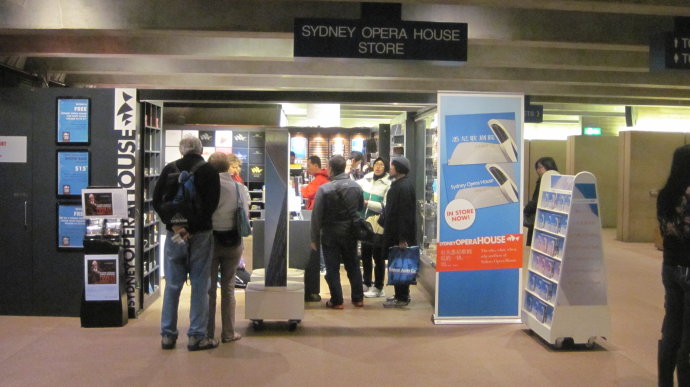
For postcard enthusiasts like me, there's a place selling postcards and stamps on the first floor. After affixing stamps, you can mail them from the basement level - immediately checking off a major task. In Sydney's official tourist guide, "Going backstage at the Sydney Opera House" is listed as one of the 10 must-see and must-do things in Sydney. According to online information, Opera House tours come in two types, with Asian language guided tours offering a 15% discount with the airport tourist guide leaflet (one per person). However, we didn't have time for a tour, so I'm just sharing this information for reference.
1. One-hour theater tour Tickets: Adults 26 AUD/172.19 RMB, Concession card holders 18 AUD/119.21 RMB (Australian seniors card and welfare card holders, students, age 16 or under get concession prices) Duration: 1 hour
2. Backstage tour Tickets: 140 AUD/927.16 RMB per person Duration: 2 hours
Opposite the Sydney Opera House is the Harbour Bridge. The best way to view both the Harbour Bridge and Opera House is by boat cruise. If interested, speedboats, helicopters, and seaplanes are also good options.
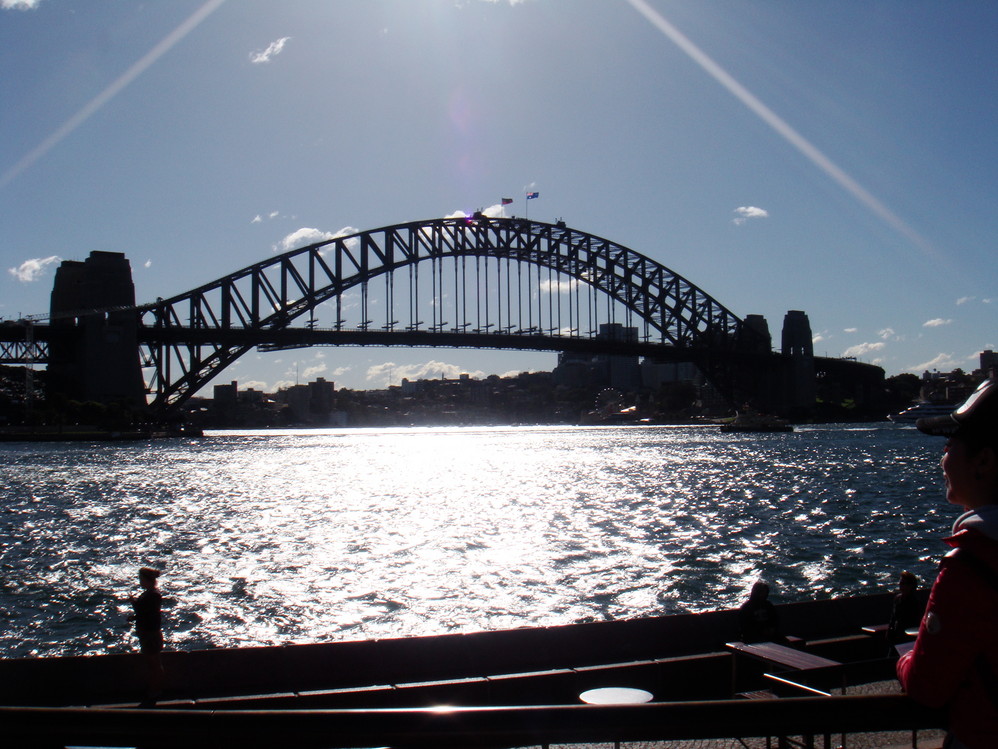
Harbour Bridge
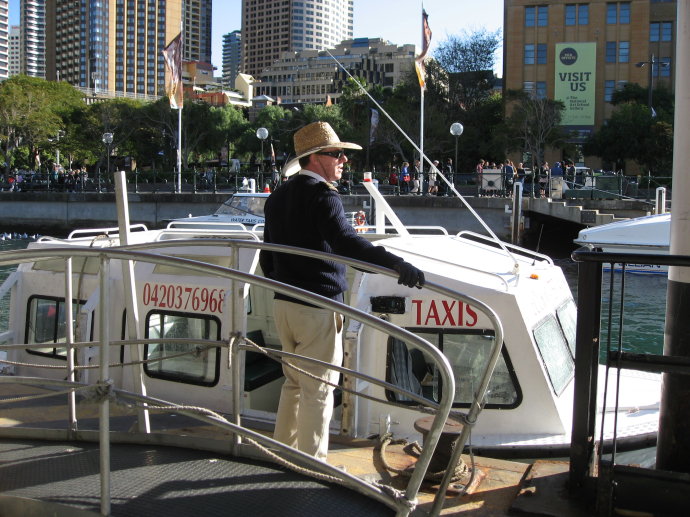
The speedboat looks a bit thrilling
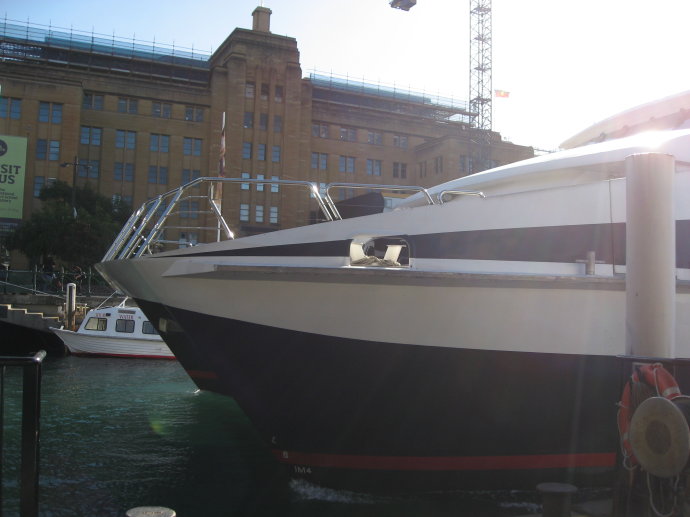
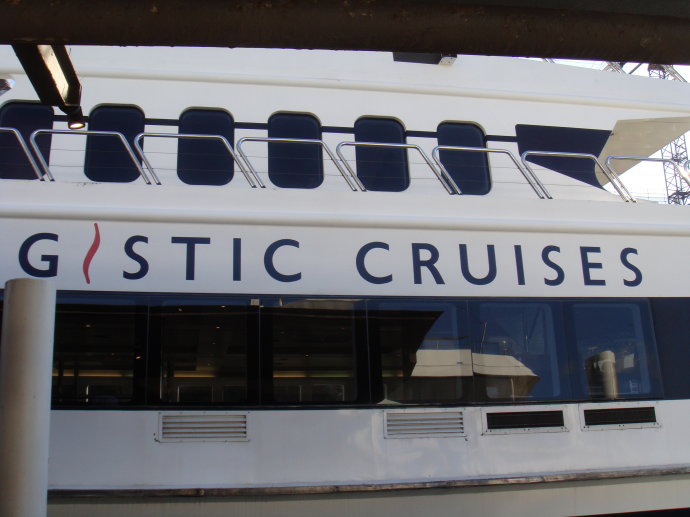
We took the largest cruise ship
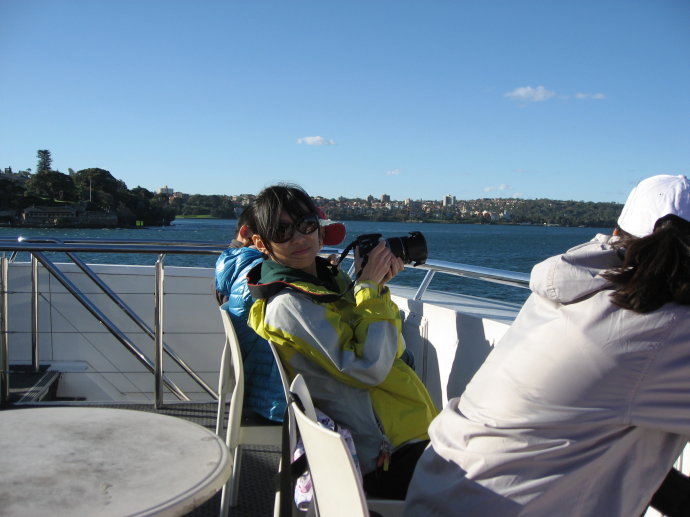
You can sit on the deck to enjoy the scenery
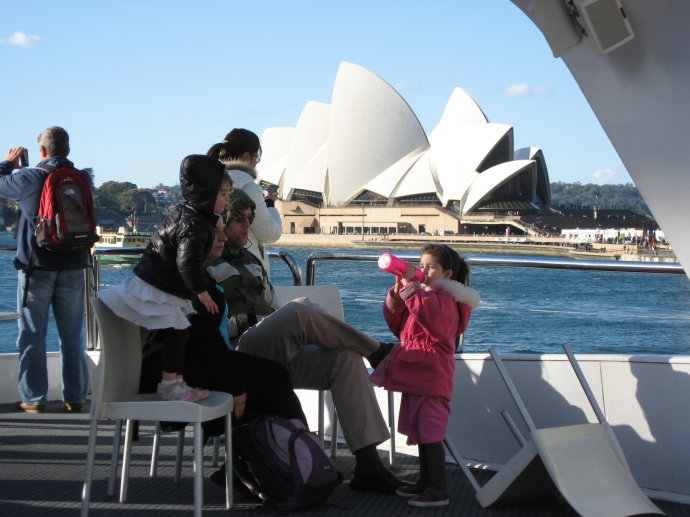
Commentary about landmarks through the speakers
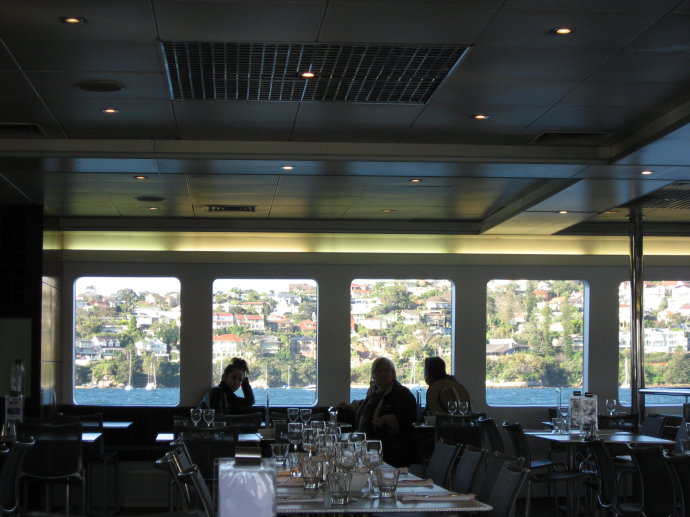
It's windy on deck, you can come inside for a drink
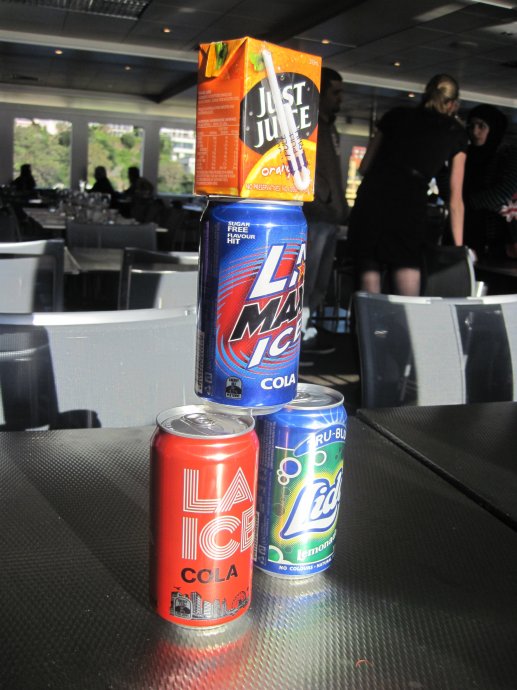
You can get one free drink with your cruise ticket
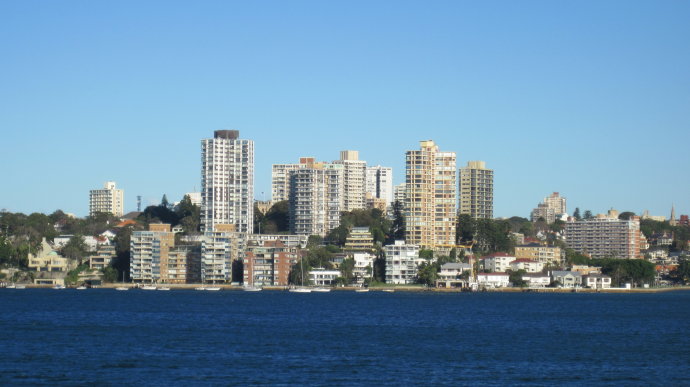
On the boat, you can see all the coastal scenery
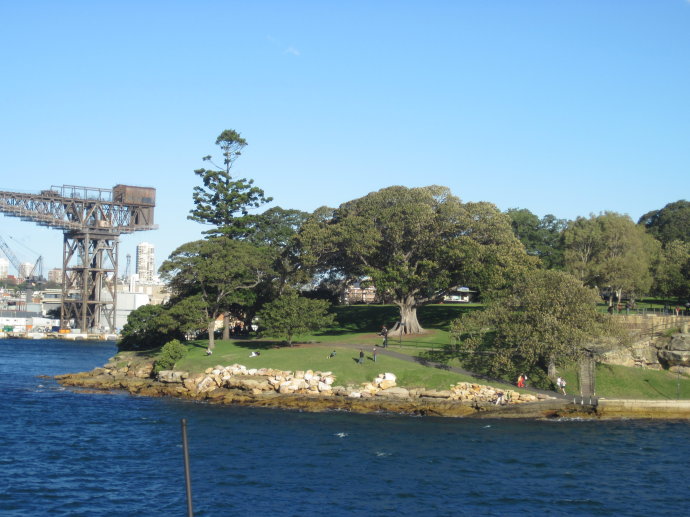
Waterfront park
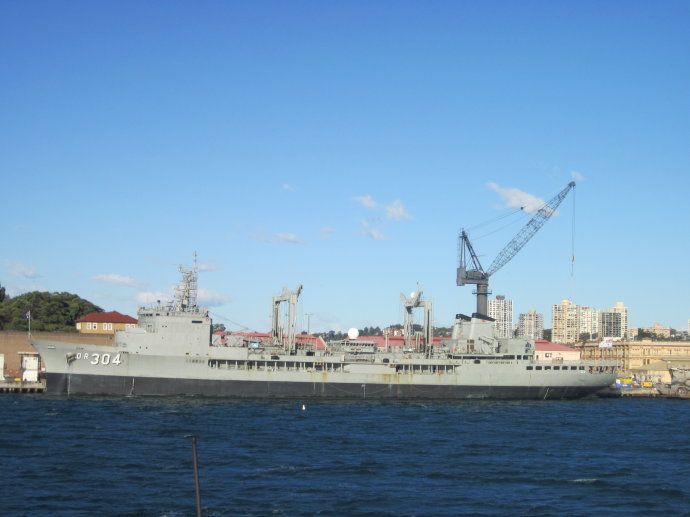
Warship?
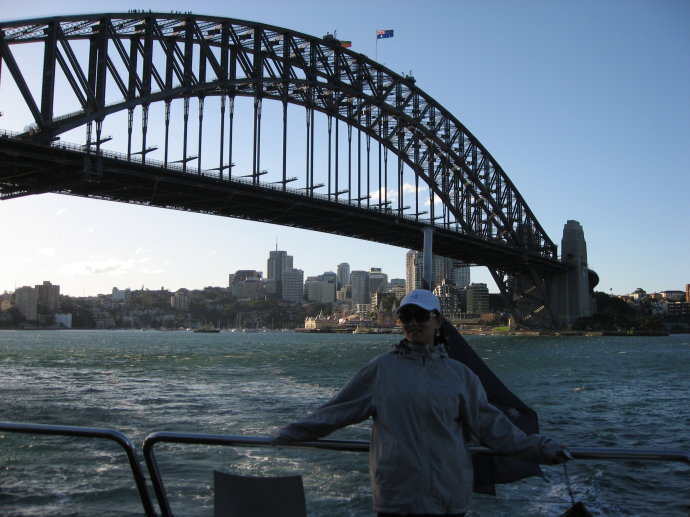
Harbour Bridge
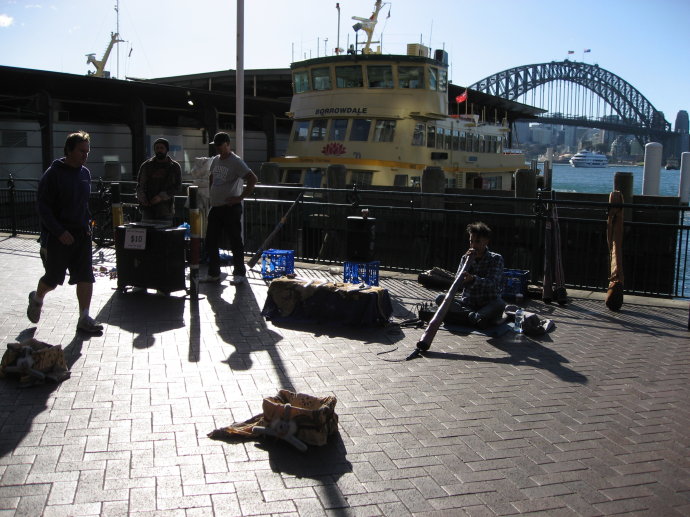
Aboriginal street performers
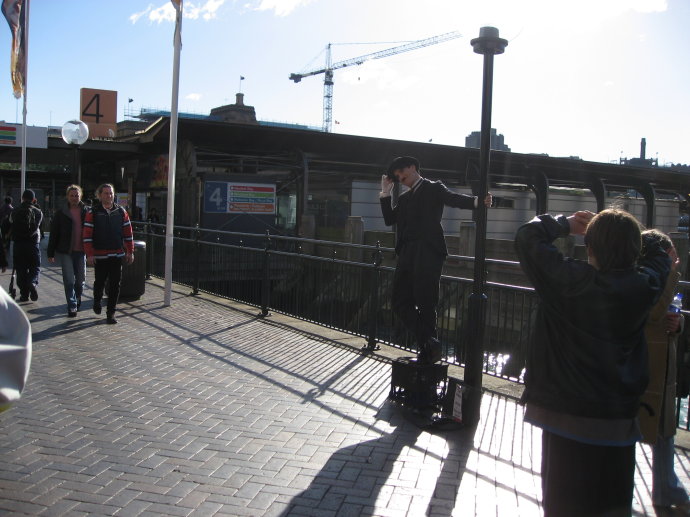
Performance artists
Olympic Park
In my memory, Sydney's 2000 Olympics was truly great. Sydney's Olympic Park has become a must-see attraction. Now the stadiums are mostly used for civilian purposes, except for Australia's strongest swimming program, many have been dismantled or reduced in size. However, our guide said that for us who have the Bird's Nest and Water Cube, these stadiums don't seem that impressive anymore.
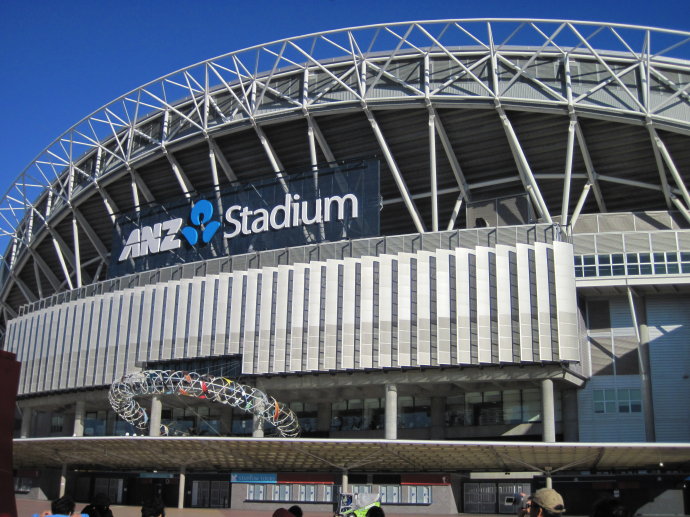
This is the main stadium
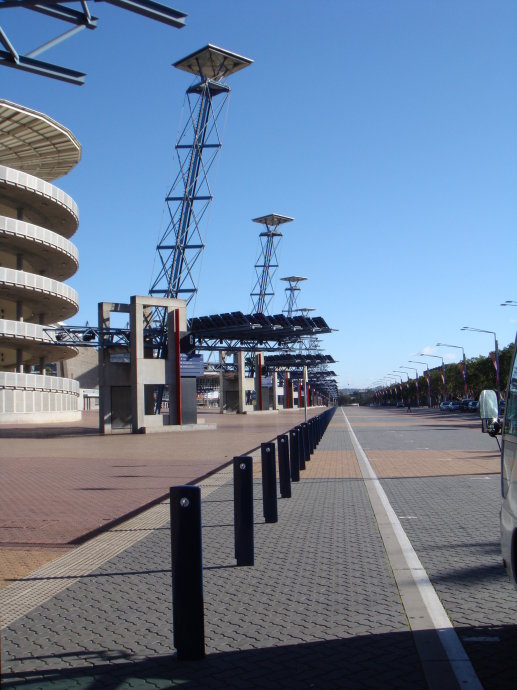
Each of these stands represents a city that has hosted the Olympics
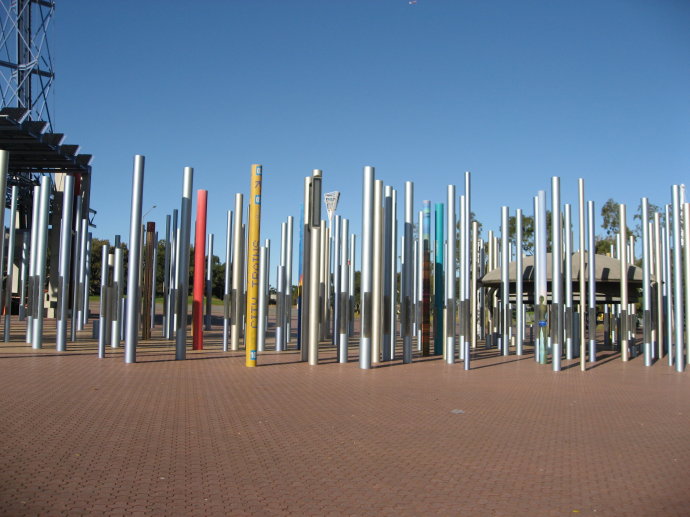
The standing pillars record all volunteers' names
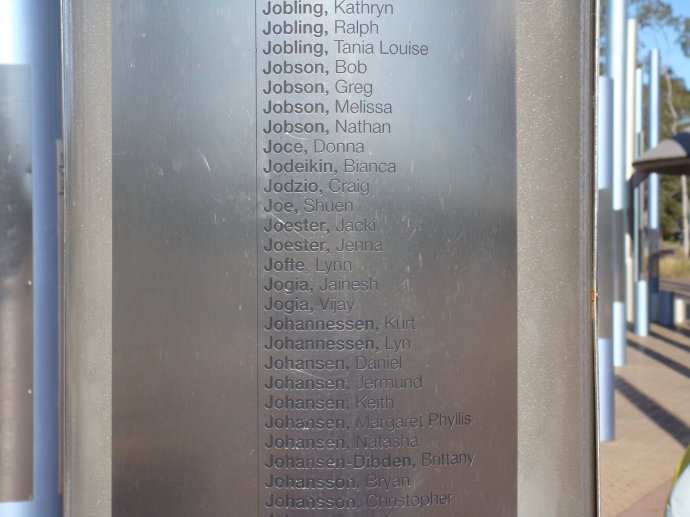
How wonderful it must be to find your youthful name here many years later
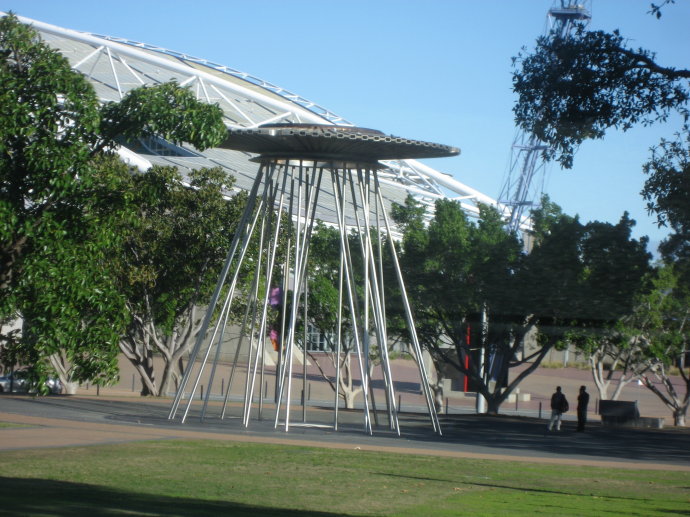
Remember that torch lit from the water? It's here now
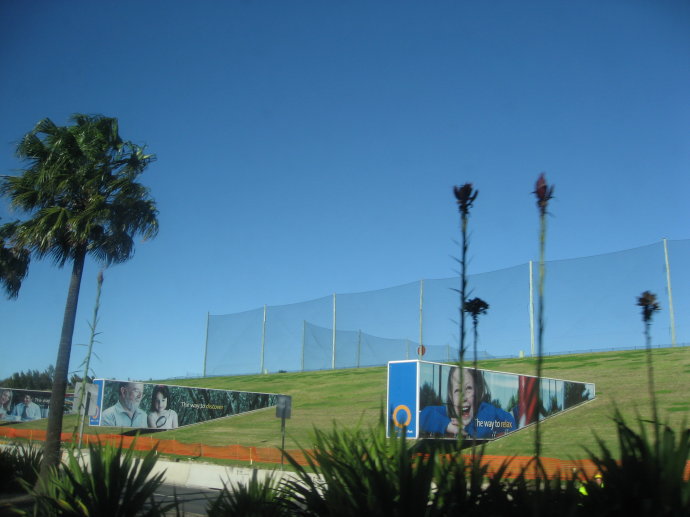
You can still see traces of the Olympic rings on the lawn At sunset, we took a walk around Hyde Park and St Mary's Cathedral. Hyde Park's name is completely inherited from the British, though this Hyde Park is much smaller than England's. However, this small park embracing Sydney Harbour, with its clean lawns and century-old towering trees, makes it a great place for leisure.
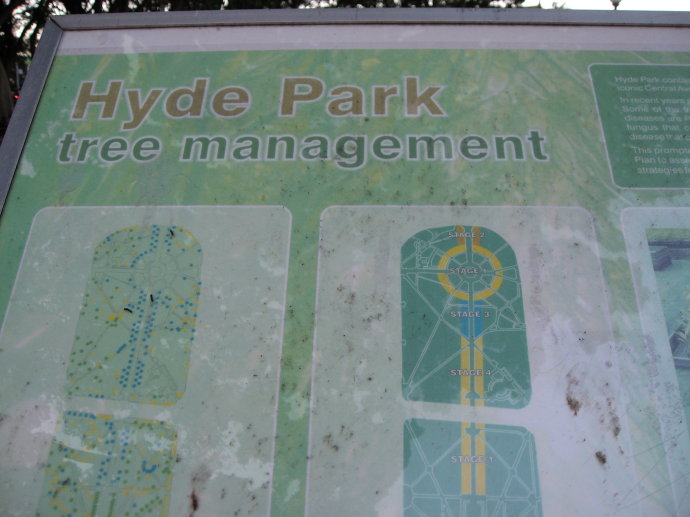
Nice landscaping
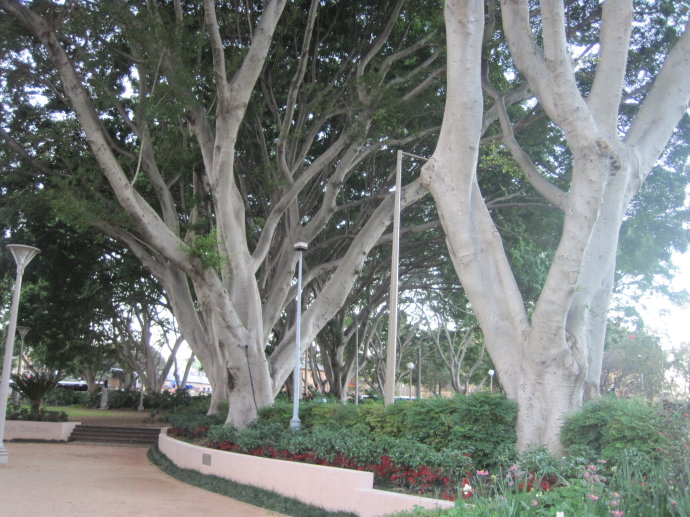
This is said to be a banyan tree
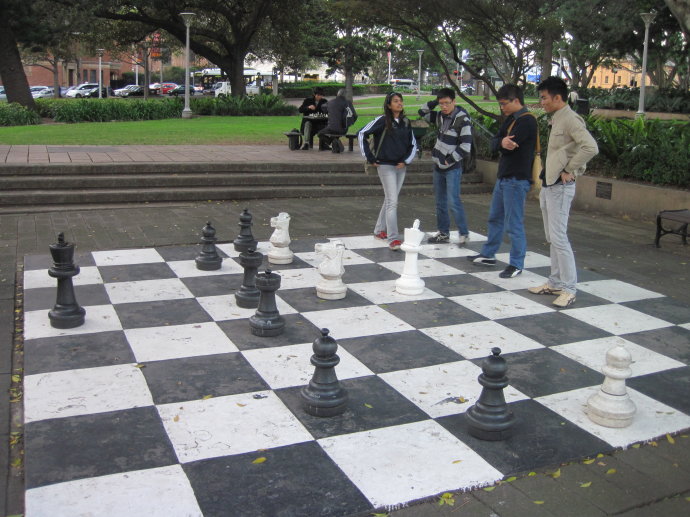
Playing chess like this is quite interesting
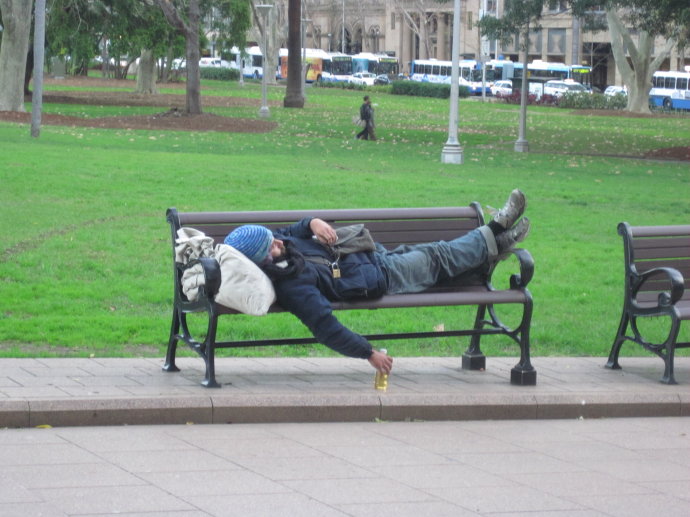
Even drunks choose to rest here
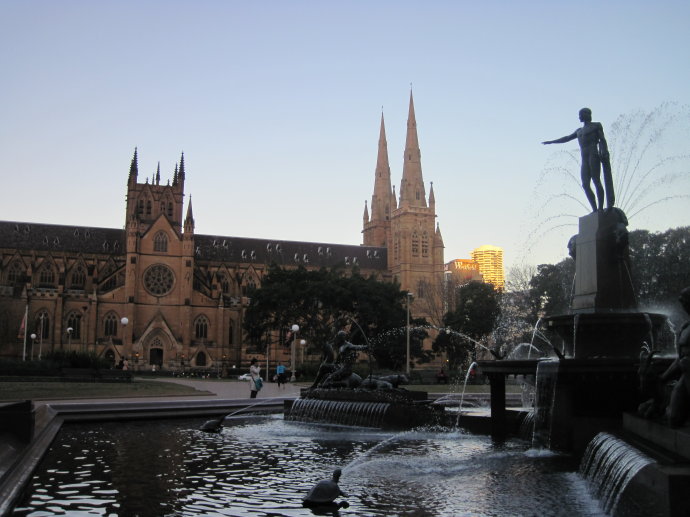
The center of the park features a uniquely designed fountain
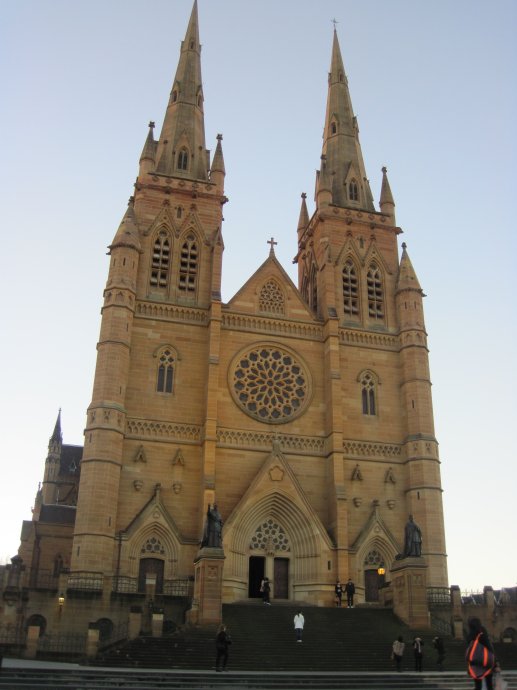
St. Mary's Cathedral is the birthplace of Australian Catholicism
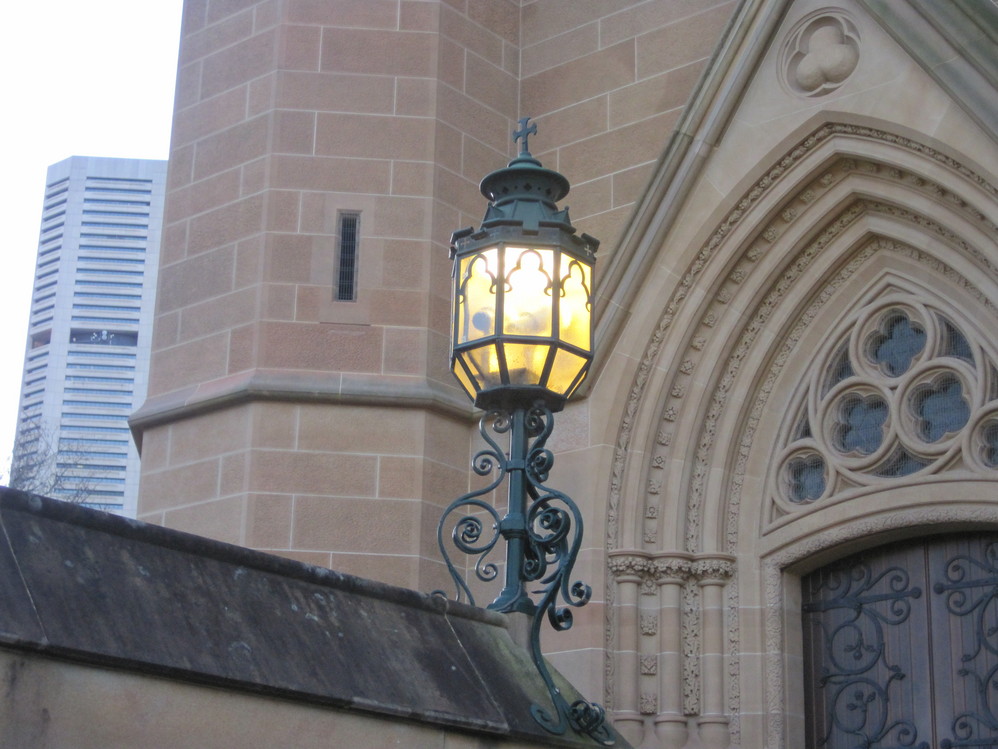
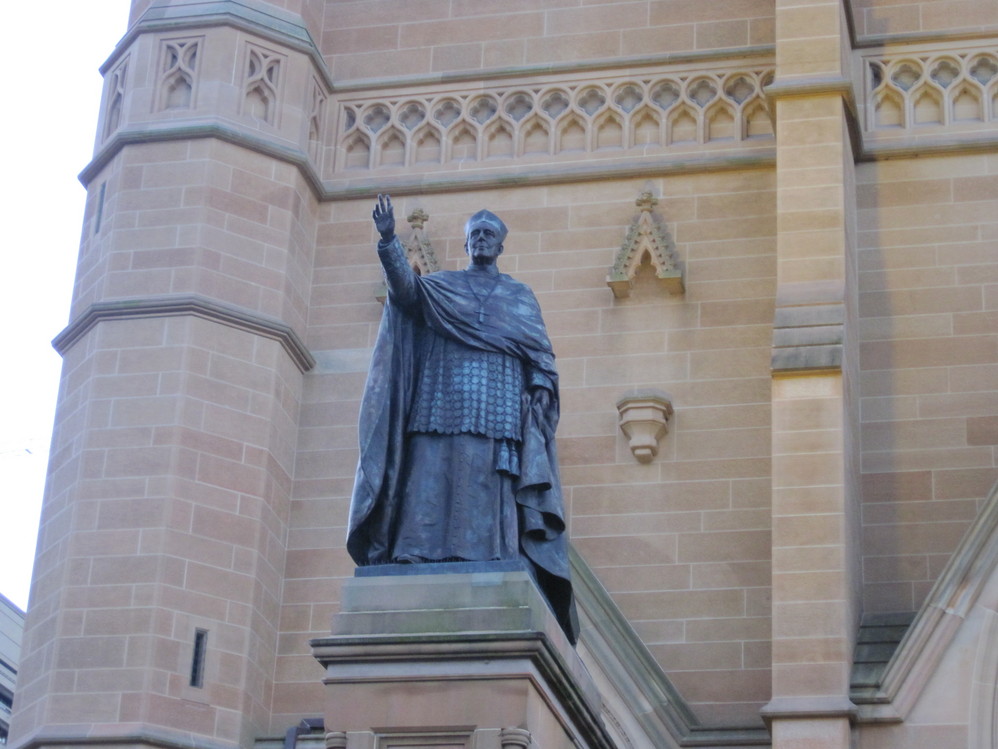
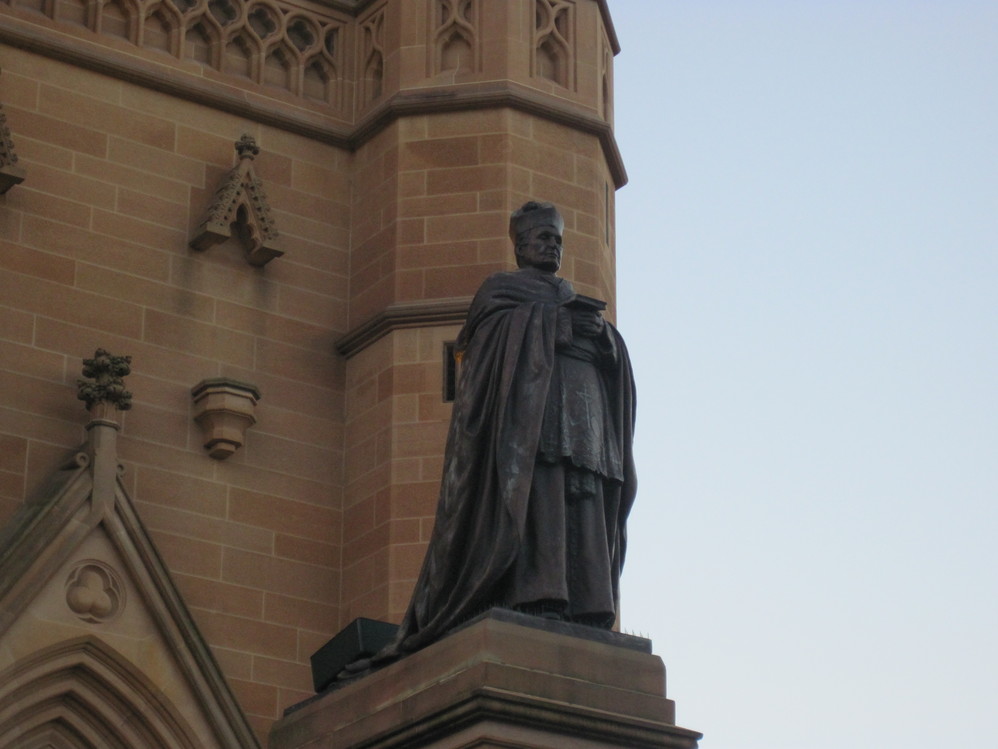
Cathedral details
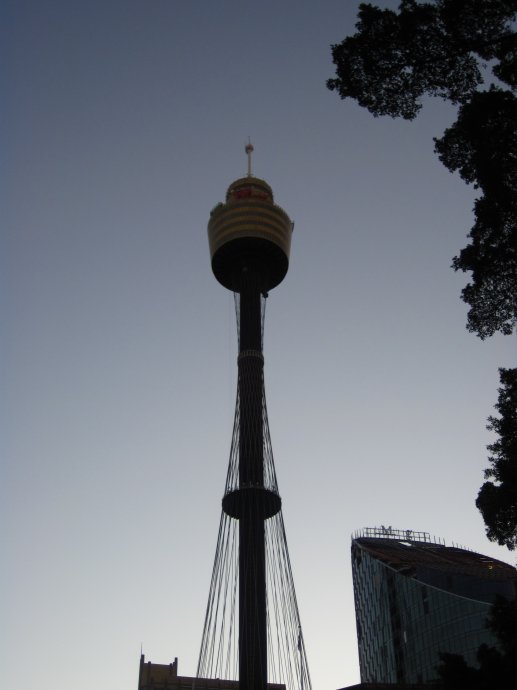
Sydney Tower
Group tours always have limitations - we had to return at times specified by the guide. This inevitably led to a lot of rushing through sights. I tried my best to engage all my brain cells for memory and organization, hoping to keep this city's image in my mind. Overall, I don't think Sydney is primarily a tourist city. For independent travelers, it's better to choose more representative locations - the official tourist guide provided at the airport is a good reference.
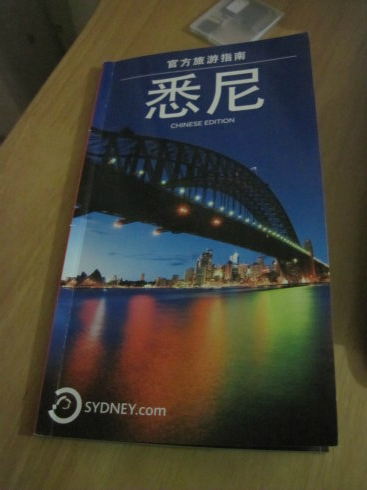
Travel Notes: (Overall tips will be summarized at the very end) Transportation: Sydney's CBD experiences serious traffic congestion during rush hours - best to avoid these times. Accommodation: Our travel agency arranged for us to stay at one of the Ibis chain hotels - "Hotel Ibis Thornleigh", located at 212 Pennant Hills Road Thornleigh. For independent travelers, this isn't a good choice as it's about 40 minutes from the airport and 20-30 minutes from the city center. However, I imagine for such an economical tour package, the price here must be very attractive. Our stay was quite peaceful, and there's a large supermarket near the hotel where you can shop freely. Since Ibis is a chain hotel, I'll share some photos - not sure if other Ibis hotels have similar interior decoration, but maybe it can serve as a reference.
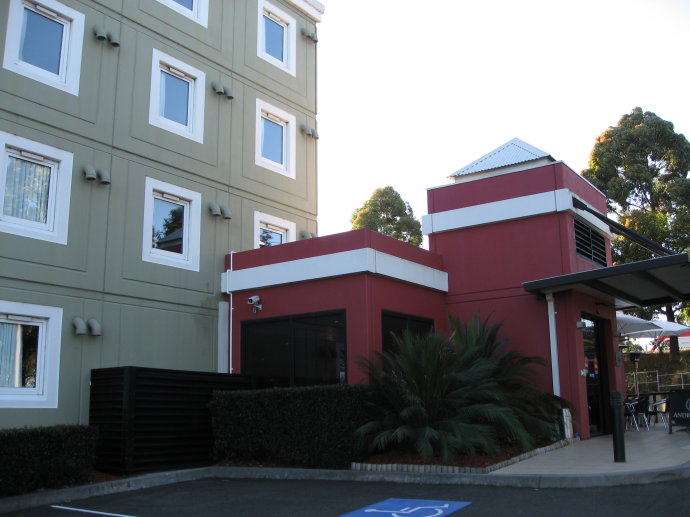
Hotel exterior
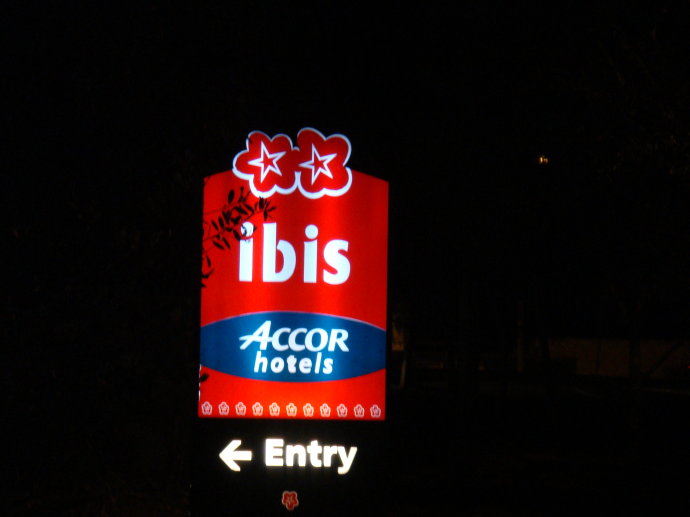
Ibis's standard logo
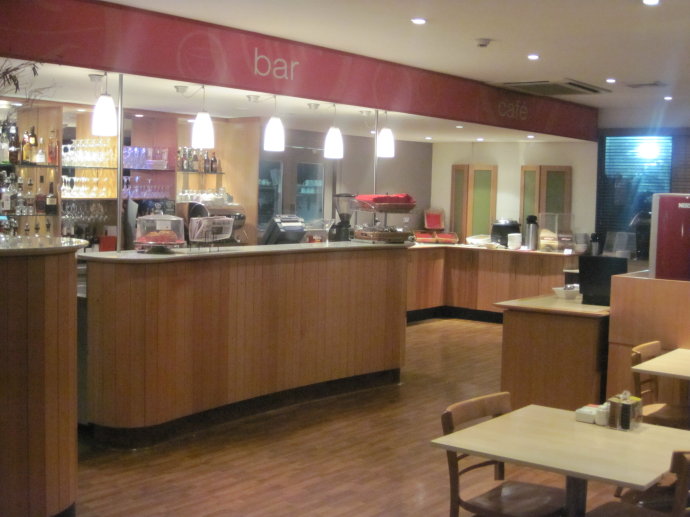
Small lobby
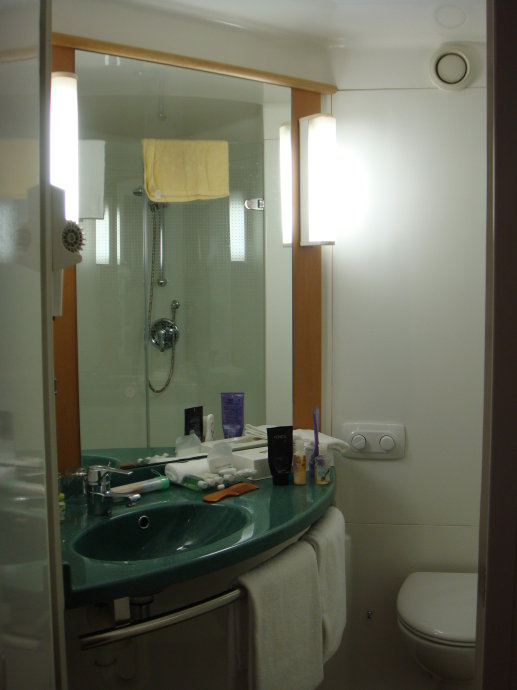
Bathroom - small but complete
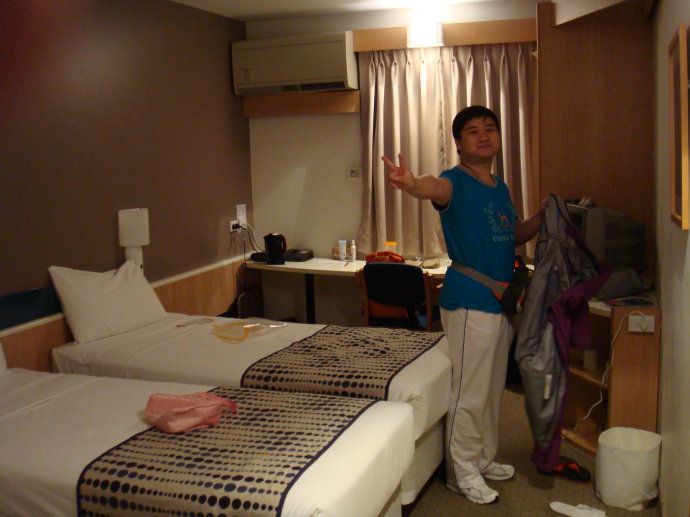
Double room
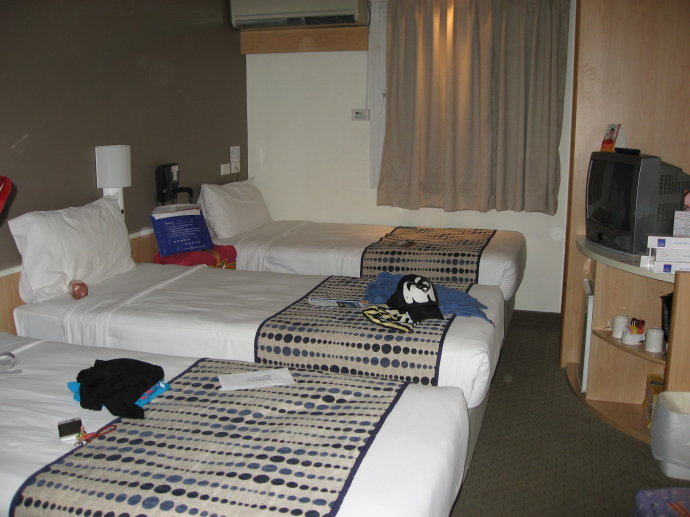
Jessie and Olive's triple room just has an extra bed
7.6 Hunter Valley Today's itinerary was called "in-depth tour" by our local guide - meaning we're going somewhere further away - the Hunter Valley wine region. Just like how Rose Bay has no roses, Hunter Valley has no hunters. This is Australia's oldest wine region, known for its vineyards and relaxed country lifestyle. It took about two hours to drive from Sydney's city center to Hunter Valley. The road was lined with dense eucalyptus trees, their leaves shimmering with a slight blue tint in the sunlight. Our guide explained that Australia's famous Blue Mountains got their name from the eucalyptus trees - when viewed from afar, they create a blue haze. The eucalyptus is Australia's national tree; it grows naturally with just sunlight and water, requiring no special care. Much like Australia's multicultural society, naturally blending and evolving through cultural collisions and integration.
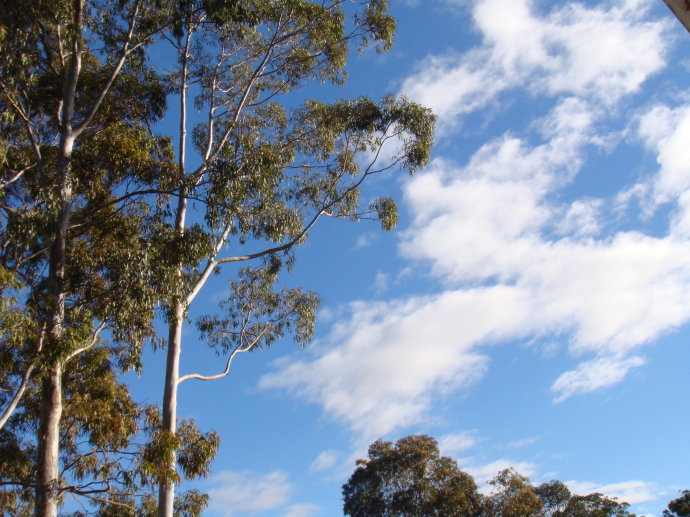
Eucalyptus trees As the urban scenery outside our windows gradually gave way to expanses of green, we got closer to the countryside. Australia is primarily agricultural and pastoral - ranch owners possess vast green lands and herds of livestock. Cattle and sheep roam freely on fertile land, with farmers only needing to manage them periodically to control such large tracts of land and animals. Even though it was winter, everything was still green and full of life. Tourists kept exclaiming "Sheep!" "Cattle!" "Look, that horse is wearing clothes!"
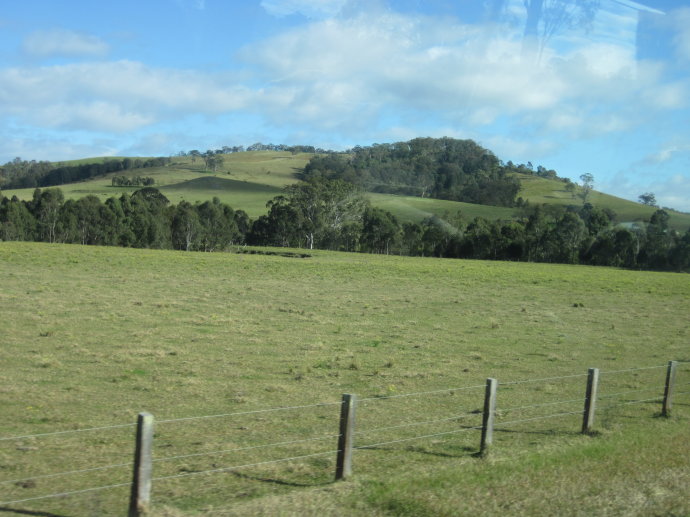
Ranch
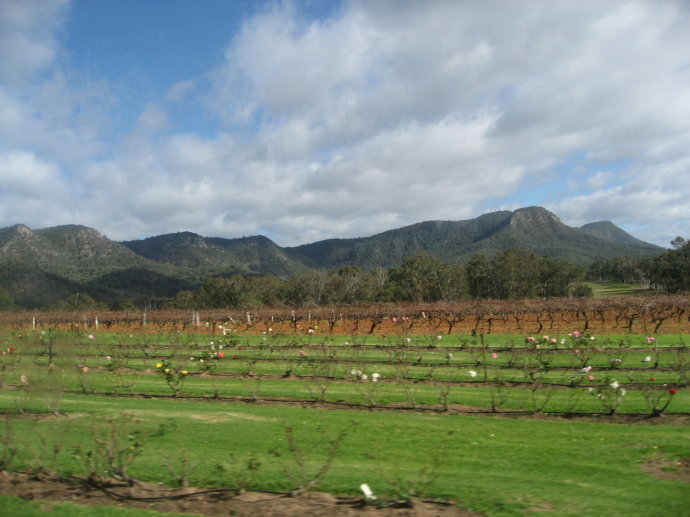
Flowers even in winter Yellow signs occasionally appeared along the road warning "Kangaroos Crossing". Everyone on the bus got very excited, discussing how if we encountered any, we could add another dish to tonight's dinner. However, our guide said that if you unfortunately encounter a wild red kangaroo at night, these massive creatures have enough strength to flip over a small car.
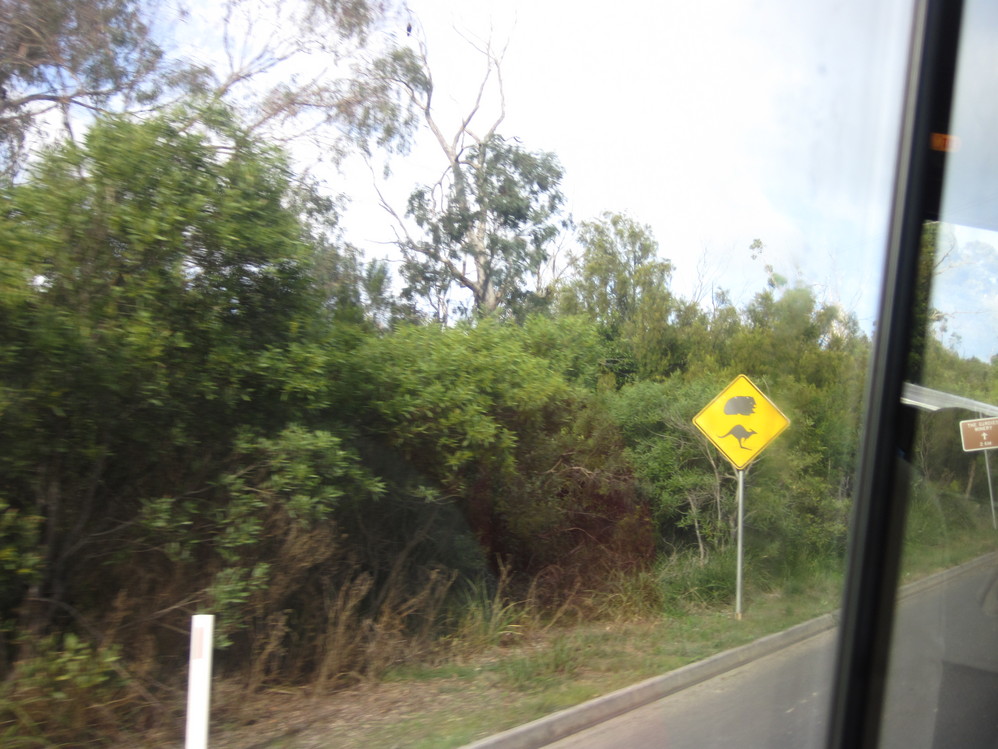
Driving further, pastures gave way to vast vineyards - we had reached our destination. The wind was a bit strong at the vineyard, but entering the wine cellar, we were immediately enveloped by a rich grape fragrance and warmth.
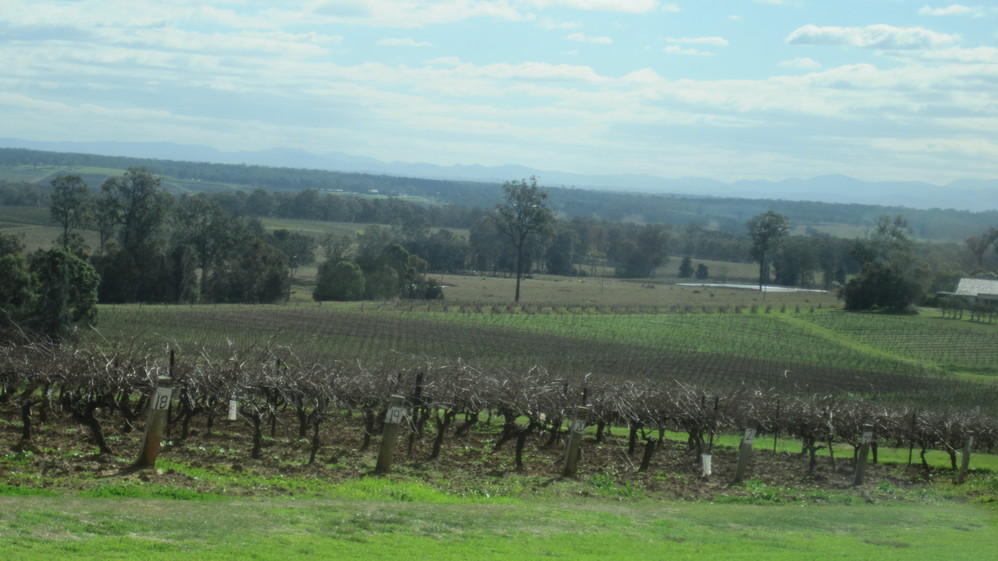
The vineyard looks a bit desolate in winter
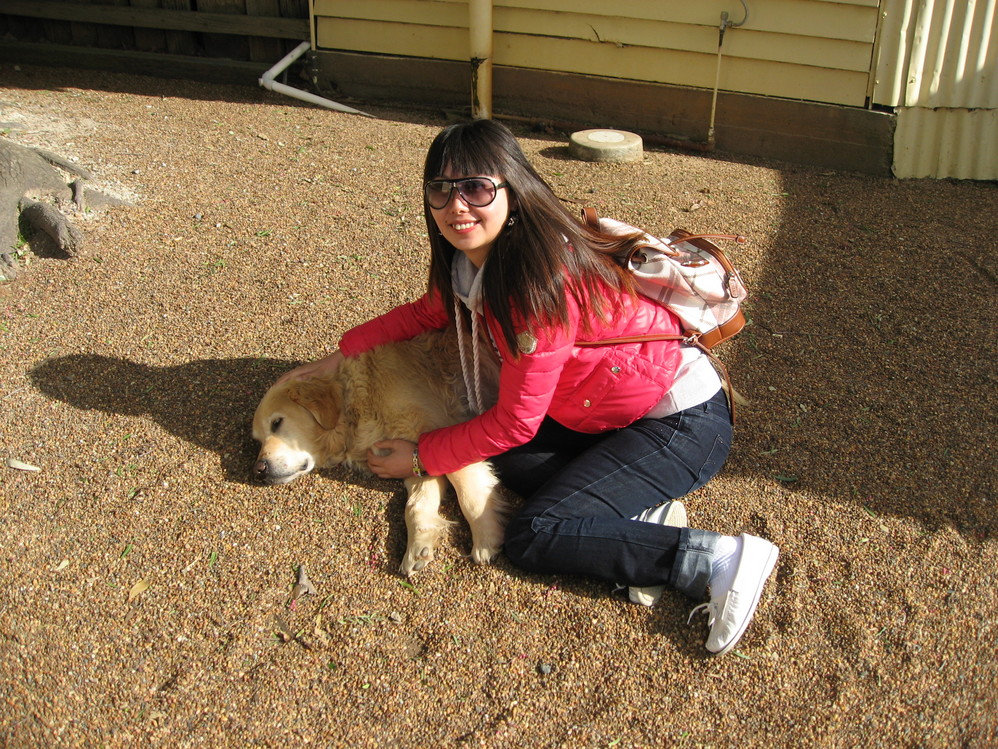
The owner's dog lounging lazily in the sun
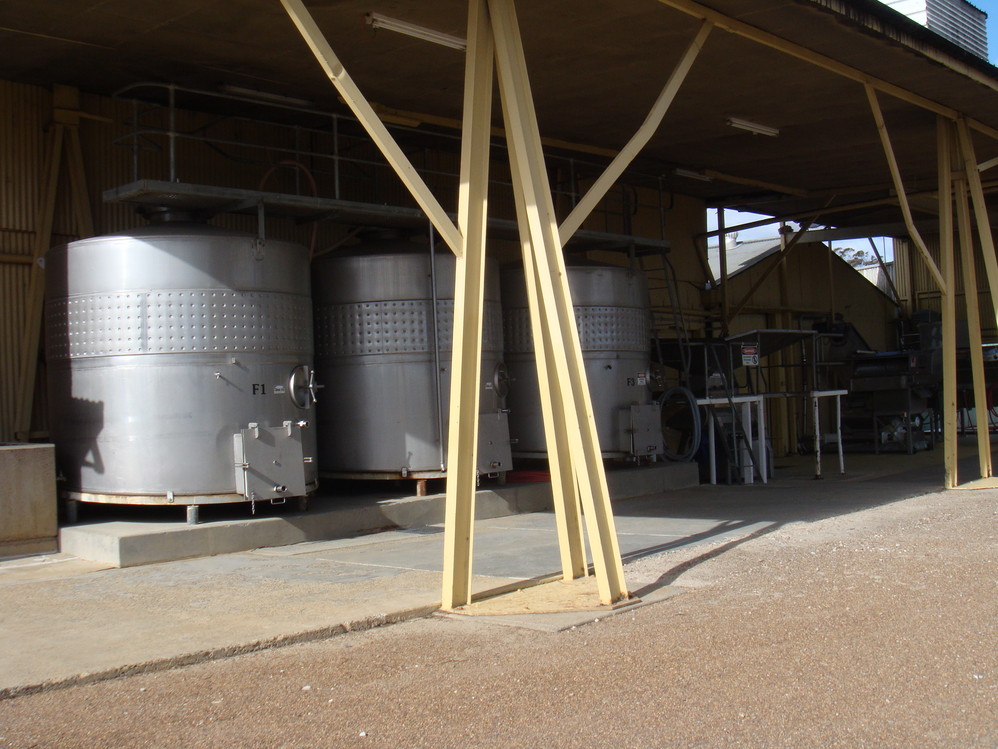
The winery isn't so busy this season
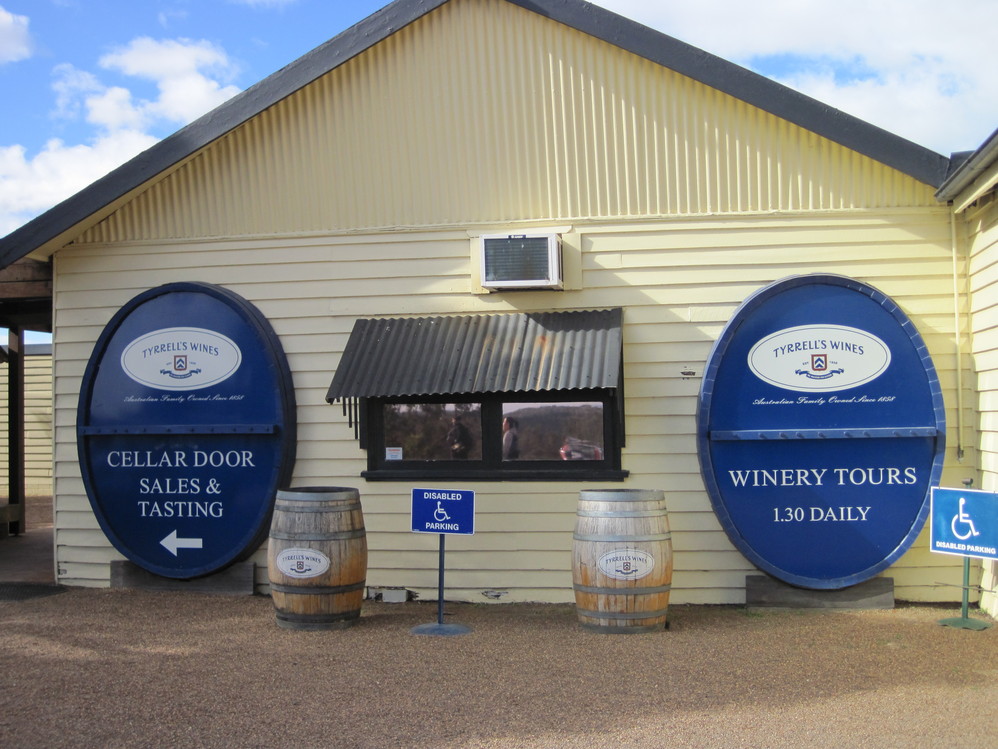
Exterior view
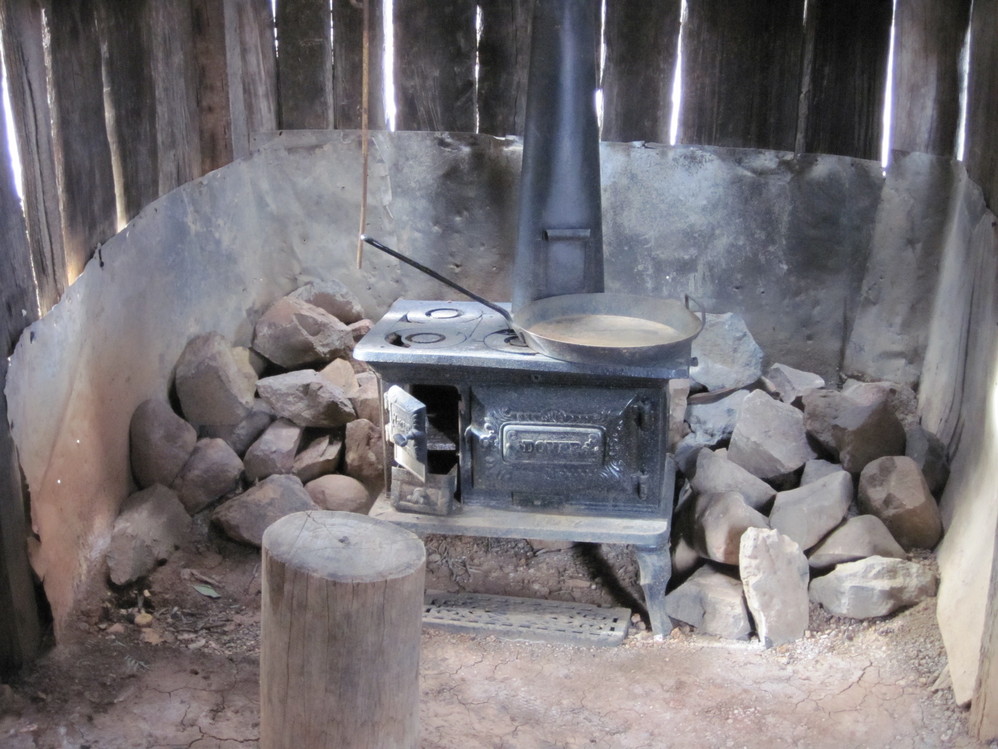
In the past, this was where vineyard workers lived These small cottages remind me of the Australian pastoral life described in "The Thorn Birds". I could almost see Frank's lonely figure in such a cottage.
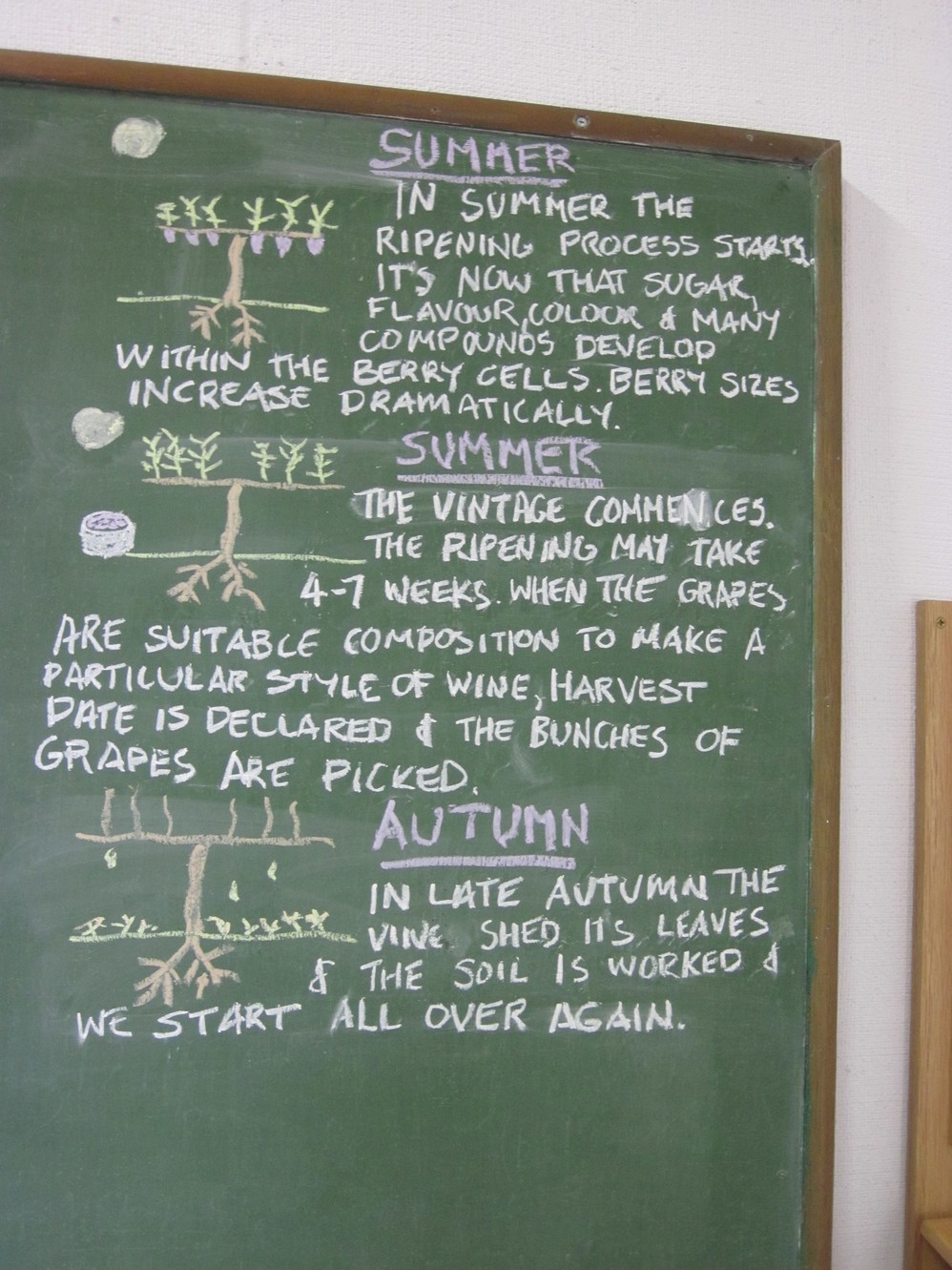
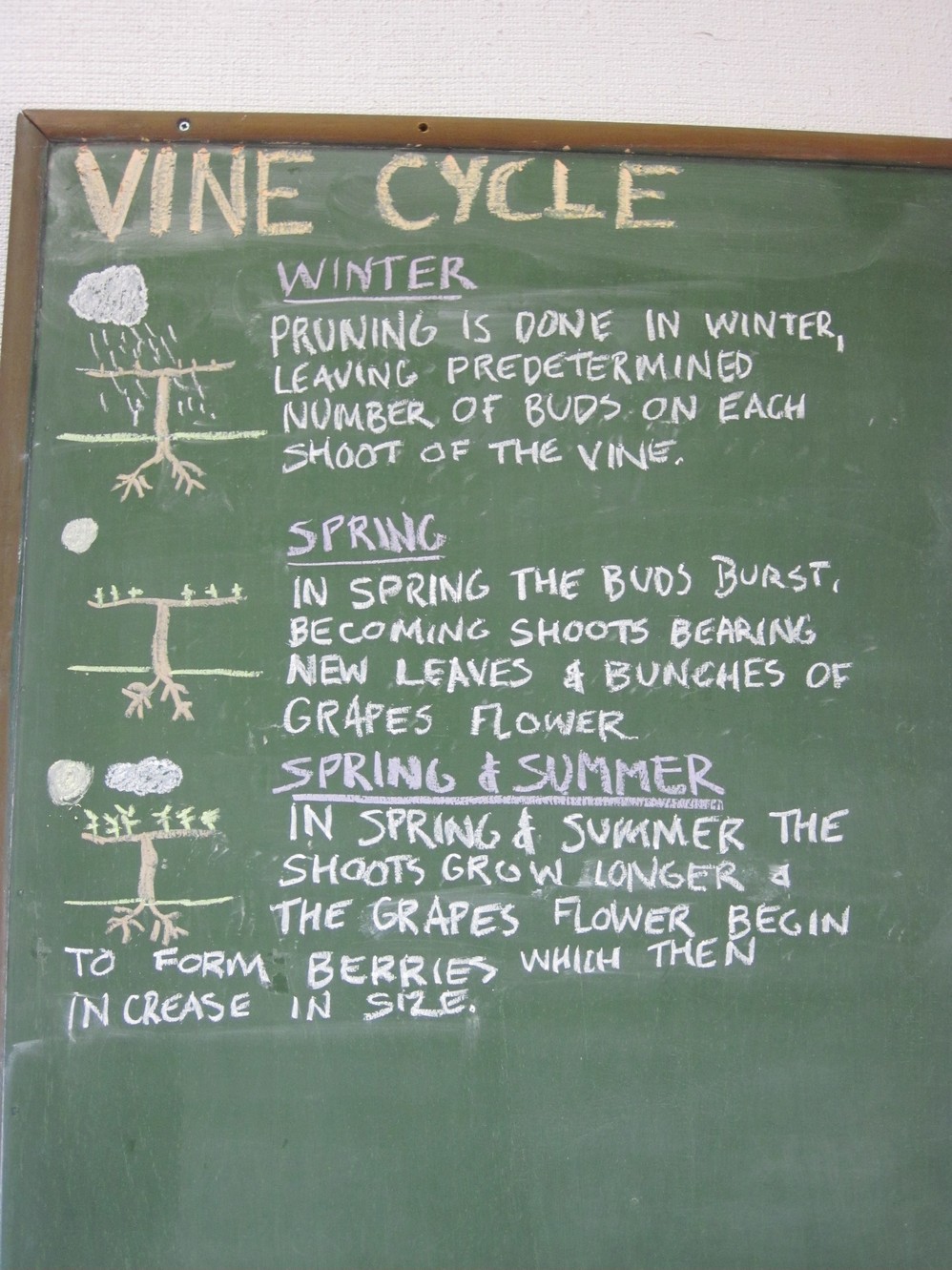
Owner's educational display
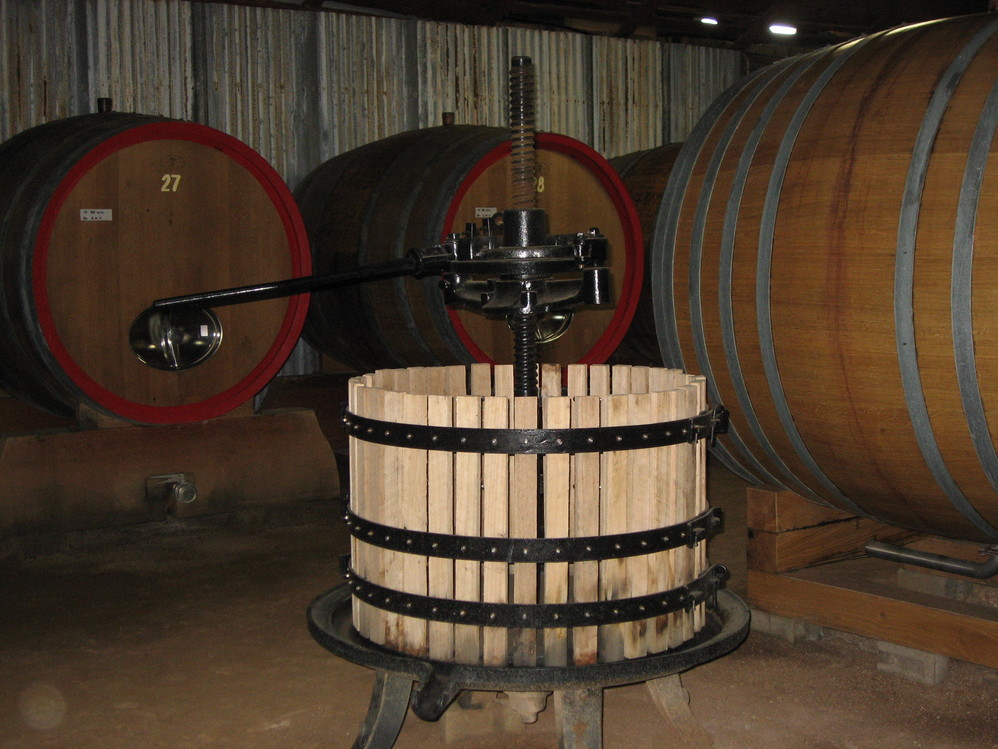
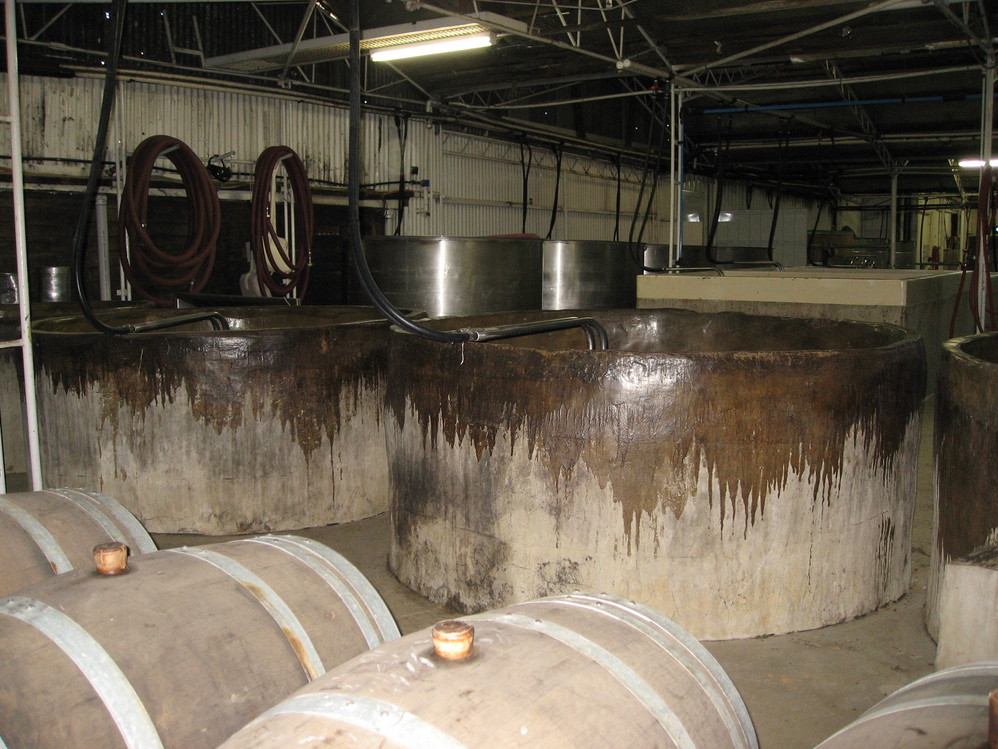
Wine processing steps
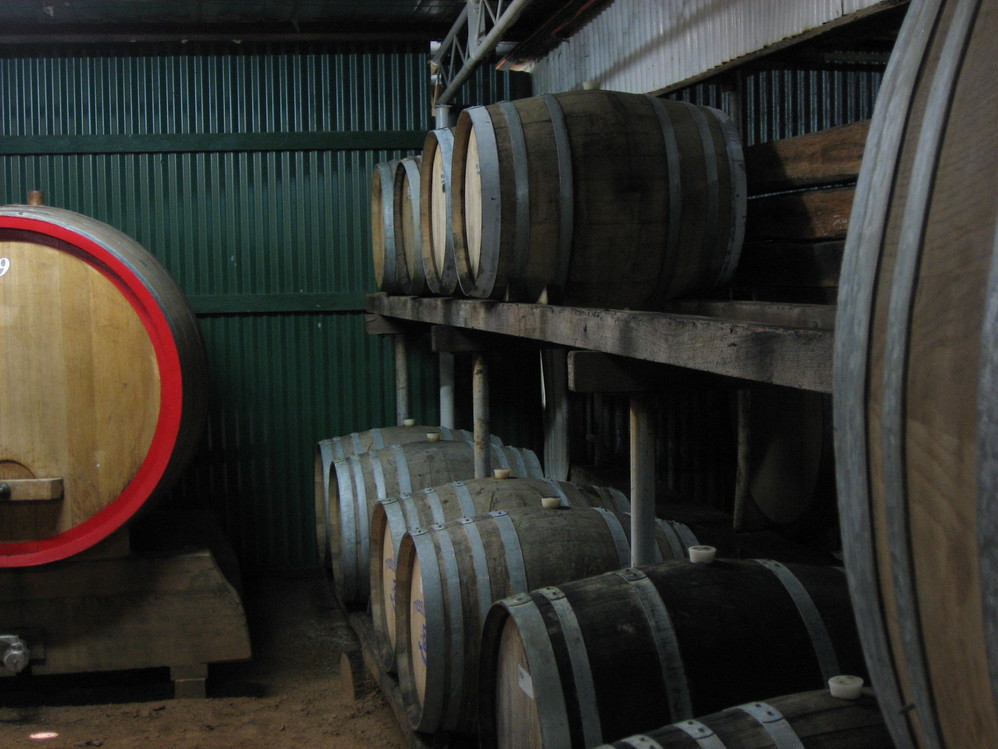
Barrels of wine stored this way
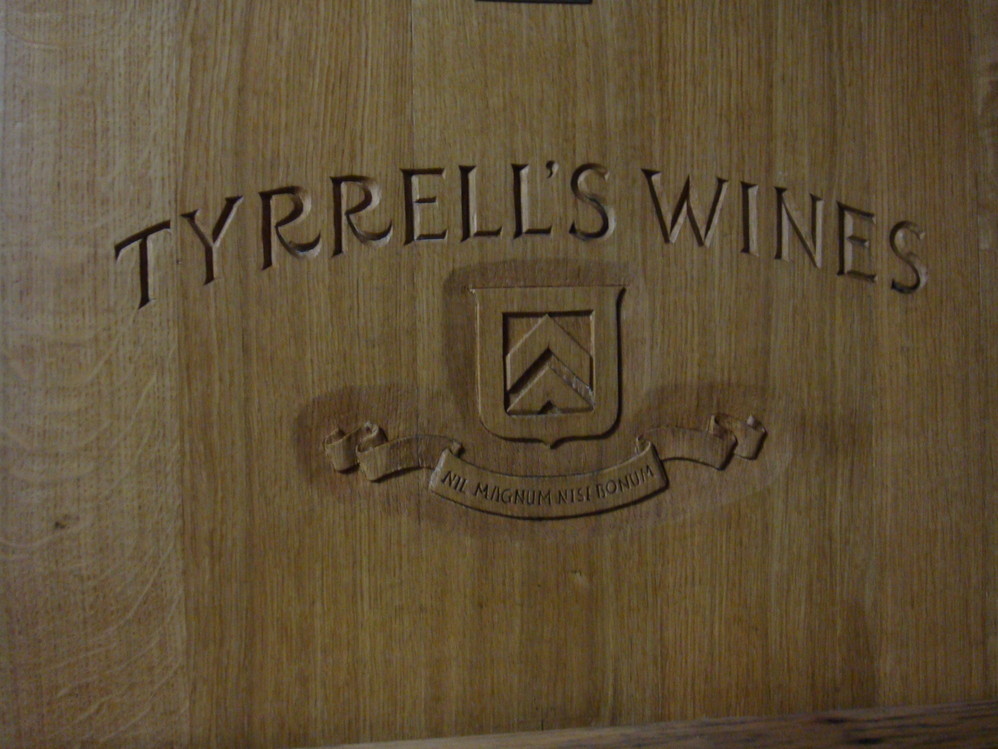
Tyrrell's Wines is very famous locally
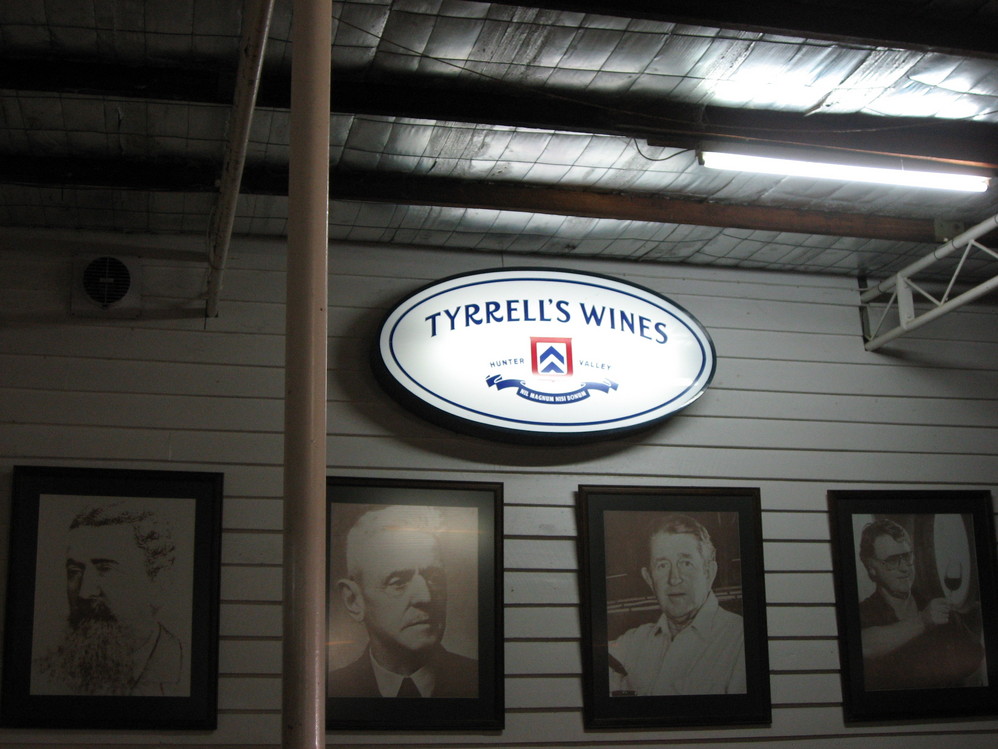
The founder with distinguished achievements
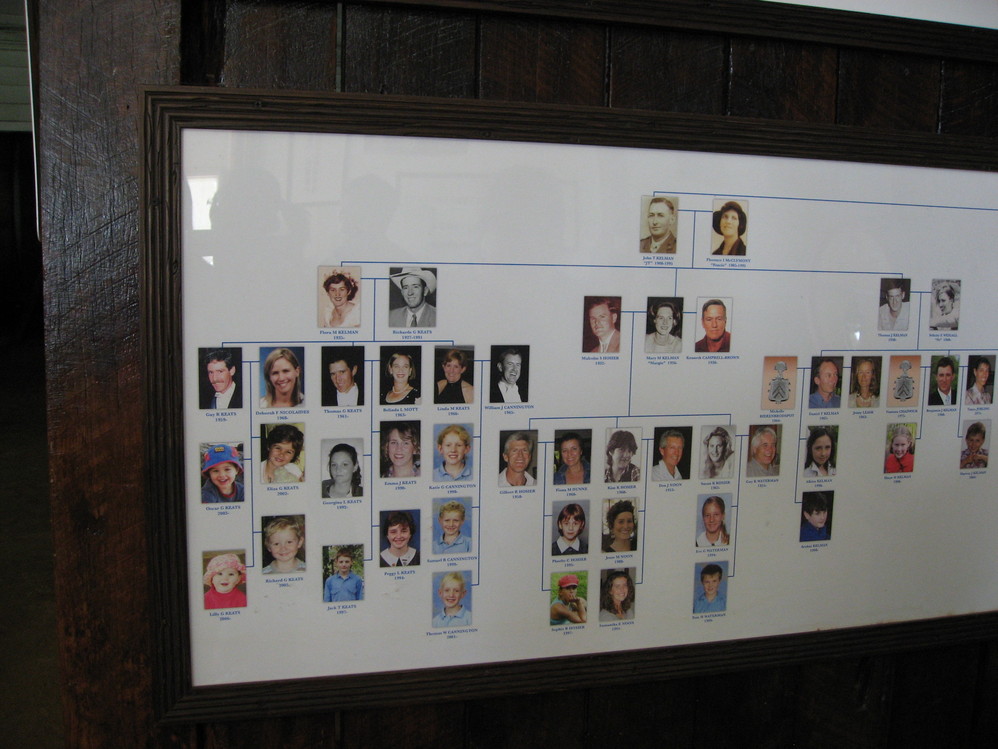
Tyrrell family tree - the shy owner joked "more drink, more kids"
After the tour and introduction came wine tasting. The owner warmly hosted everyone for tastings. Each glass contained just a small amount, but enough to taste the flavor. The owner started with lighter wines, gradually introducing stronger ones. Even if you're not a wine connoisseur, your taste buds can still pick out favorites.
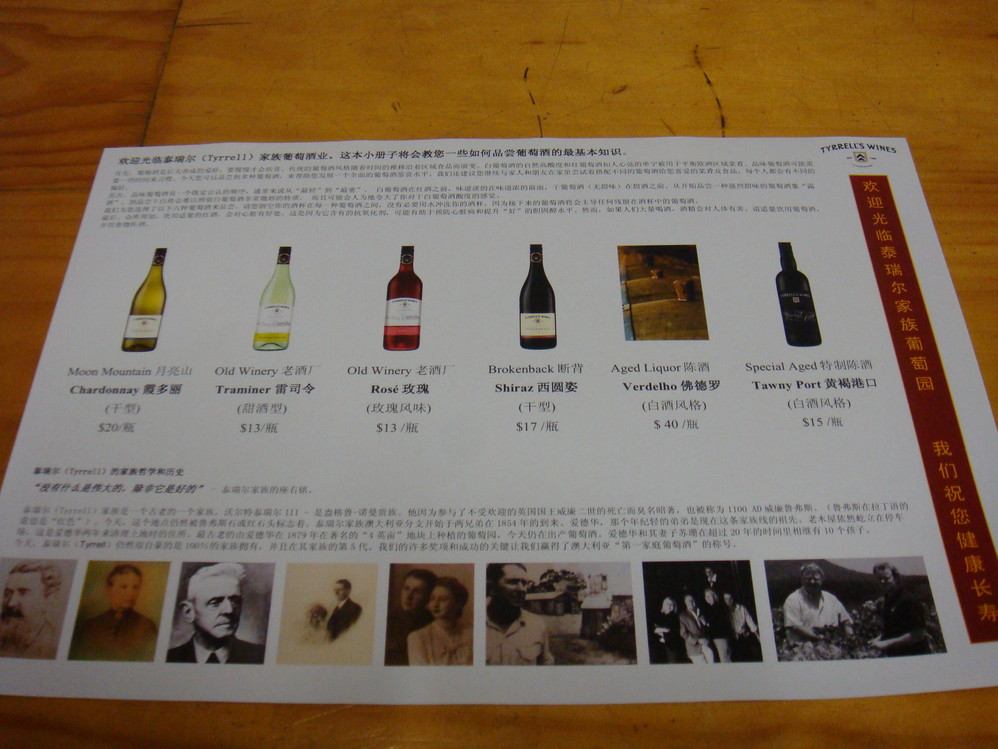
Chinese and English wine list - apparently many varieties can be bought in China, but at much higher prices
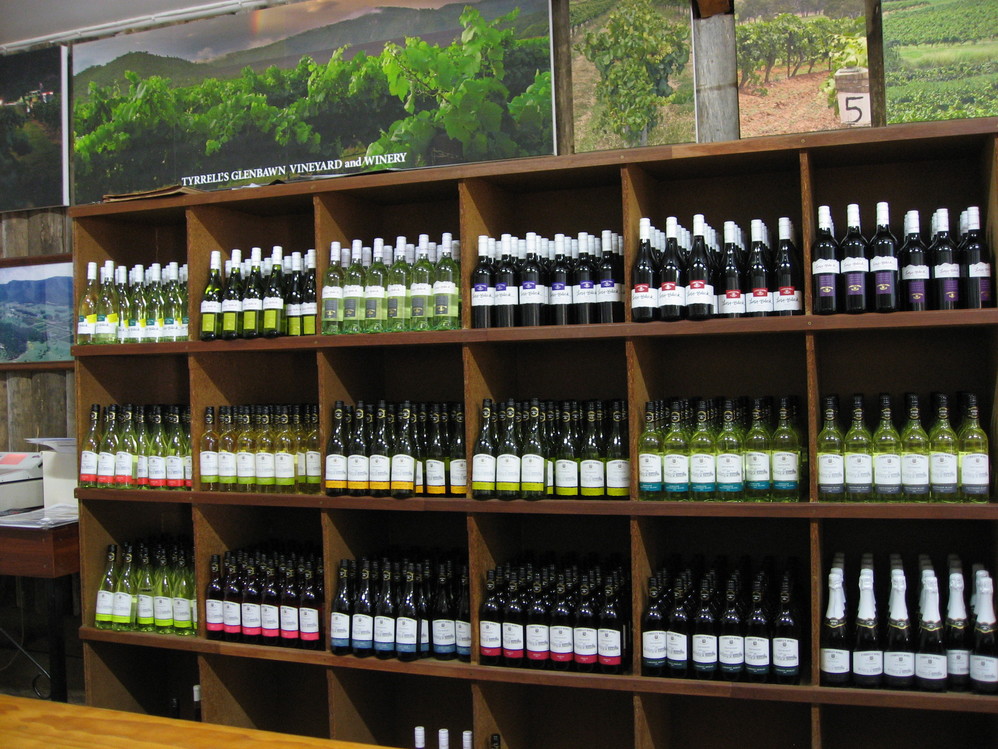
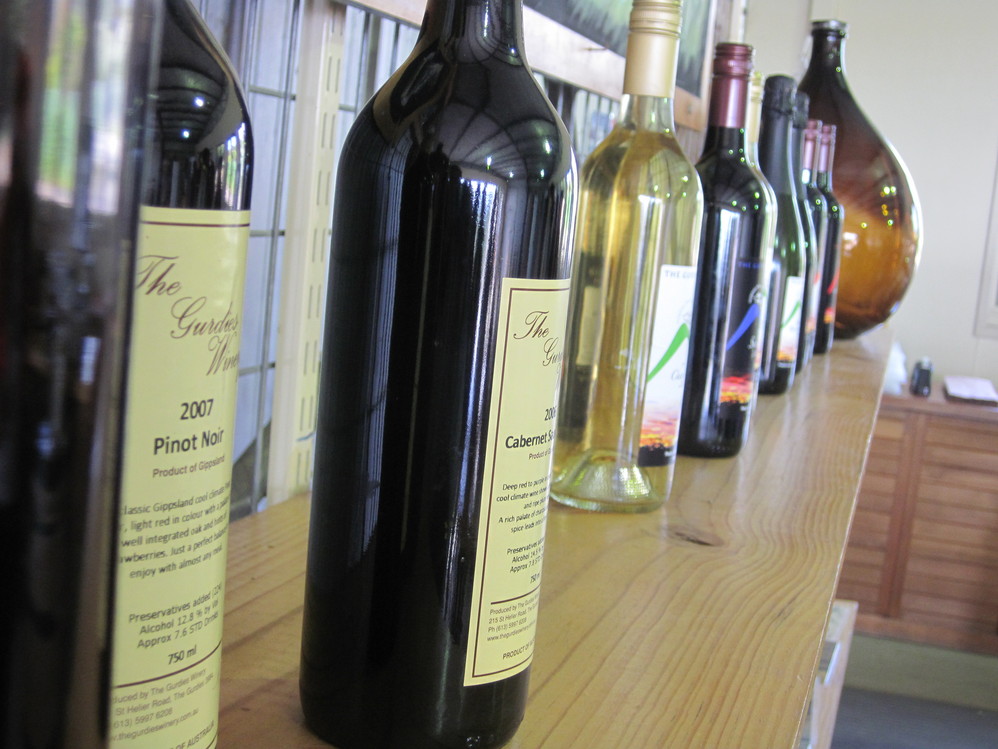
Finished products
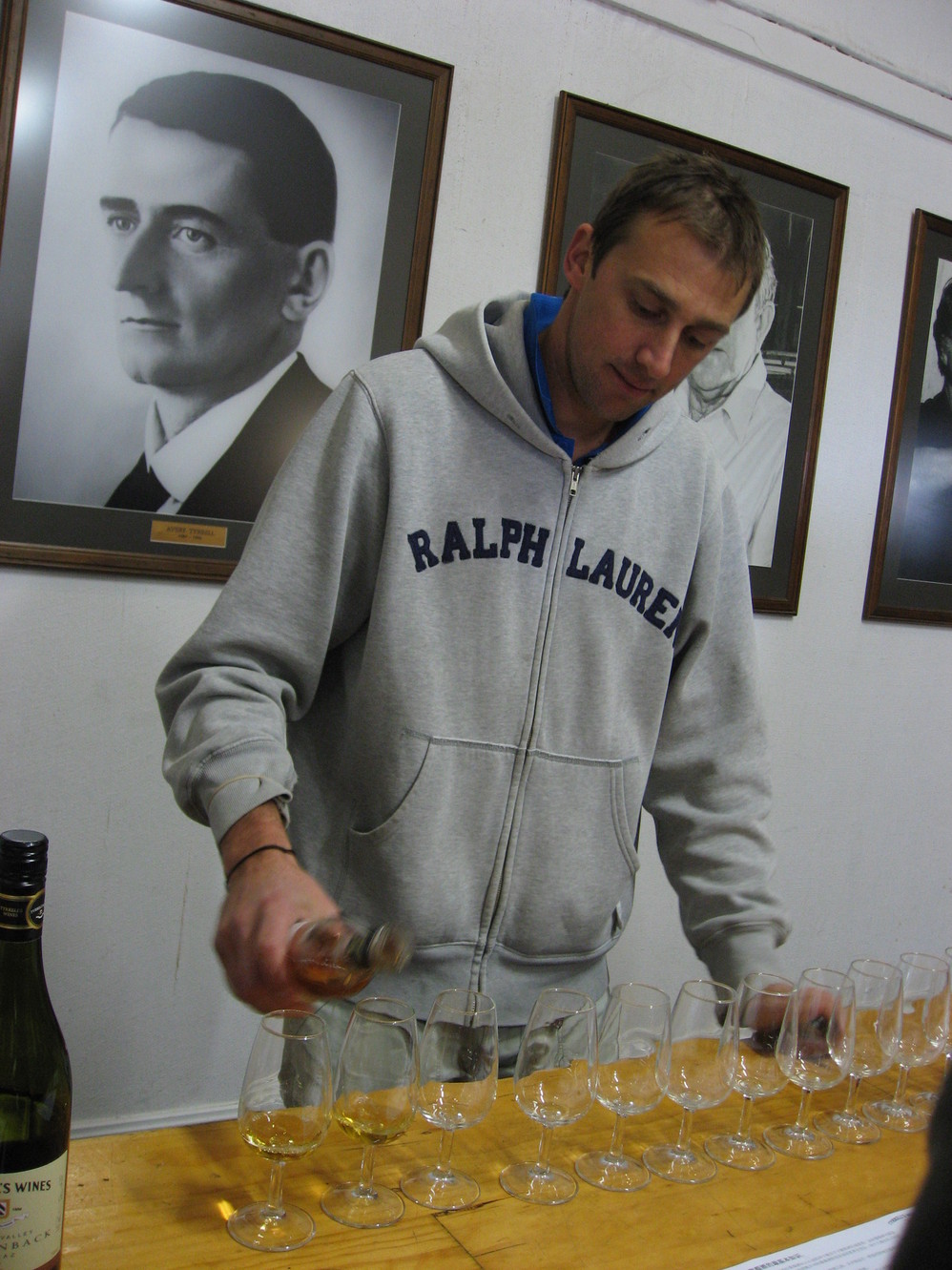
The owner is quite handsome, inheriting his family's good looks
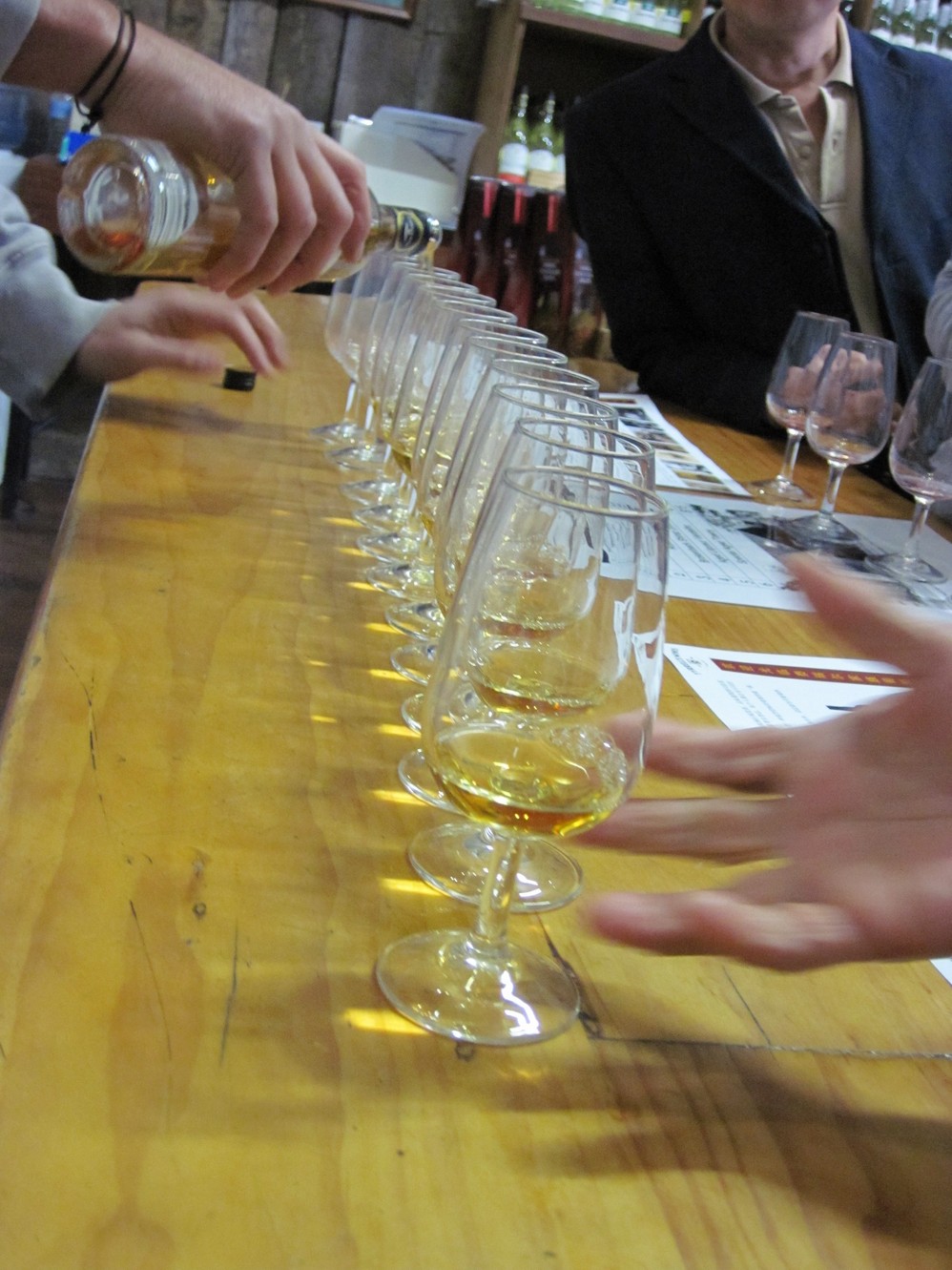
Welcome wine
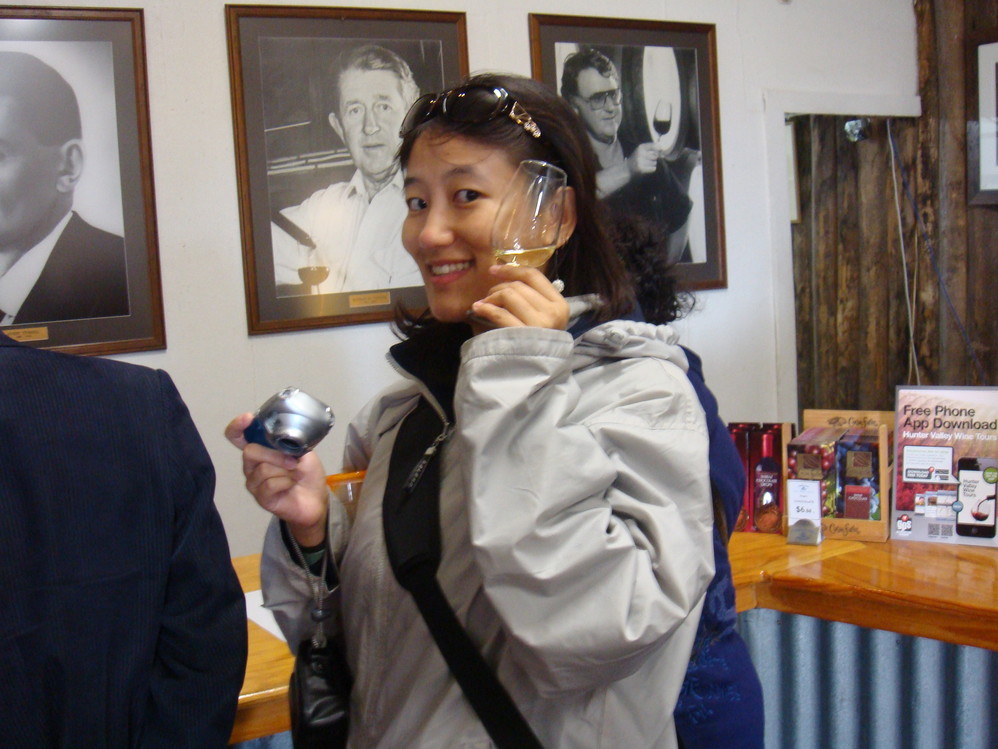
I'm not a big drinker, but under such warm hospitality, I enthusiastically tasted several glasses. They say wine needs to be savored to appreciate its taste, but in this setting surrounded by fine wines and handsome hosts, it was already delightful even without careful tasting.
The Hunter Valley Gardens in town is a characteristic small garden in the Hunter Valley region. Our bus made a brief stop when passing by...
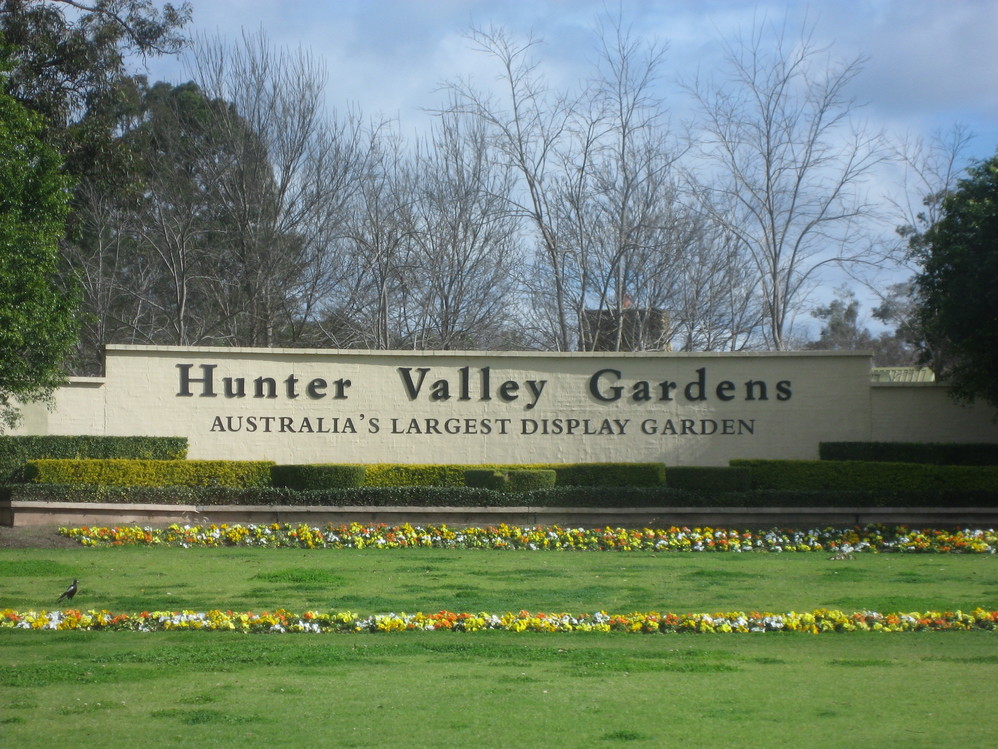
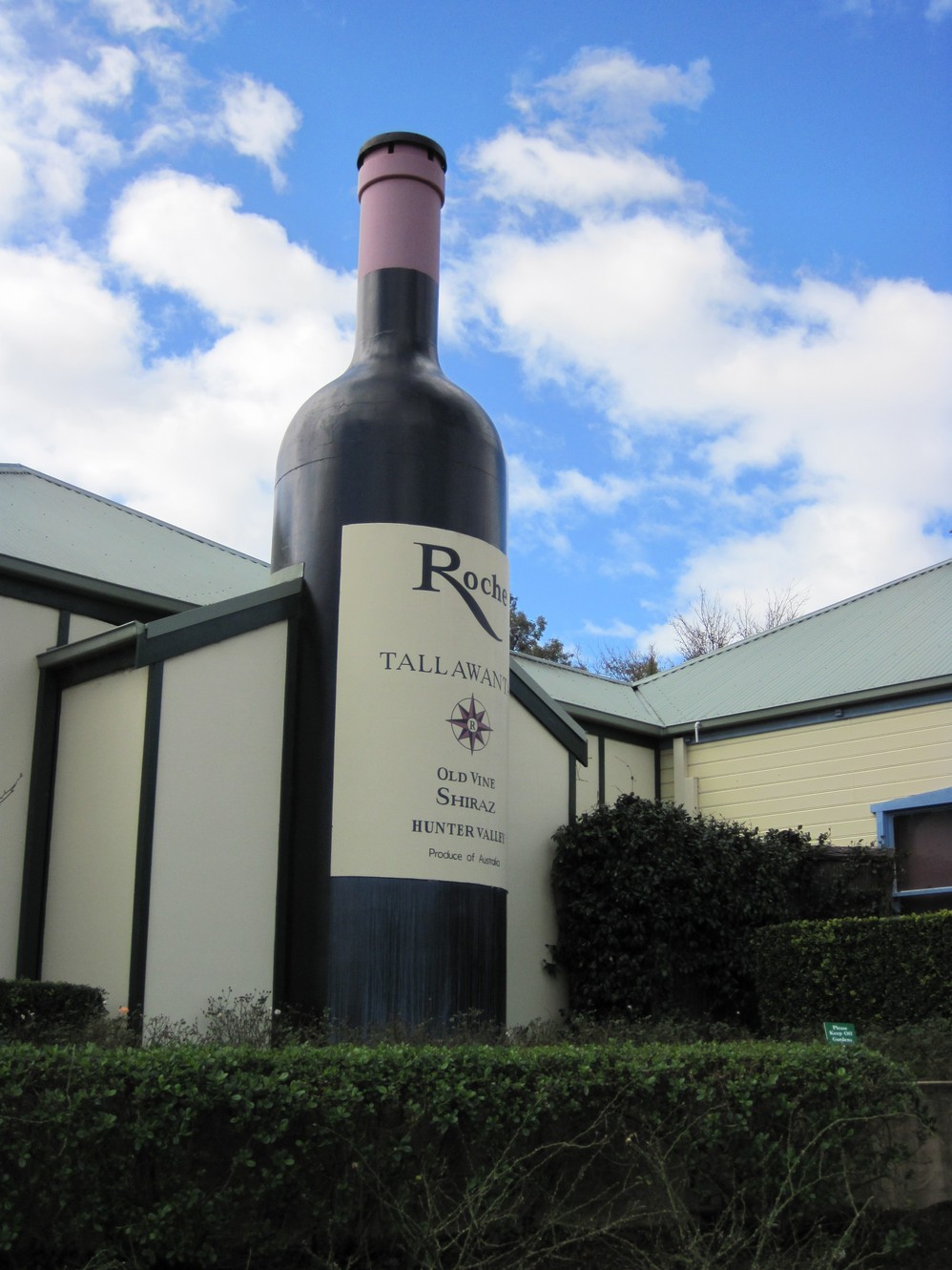
It's truly worthy of being called the most famous wine region
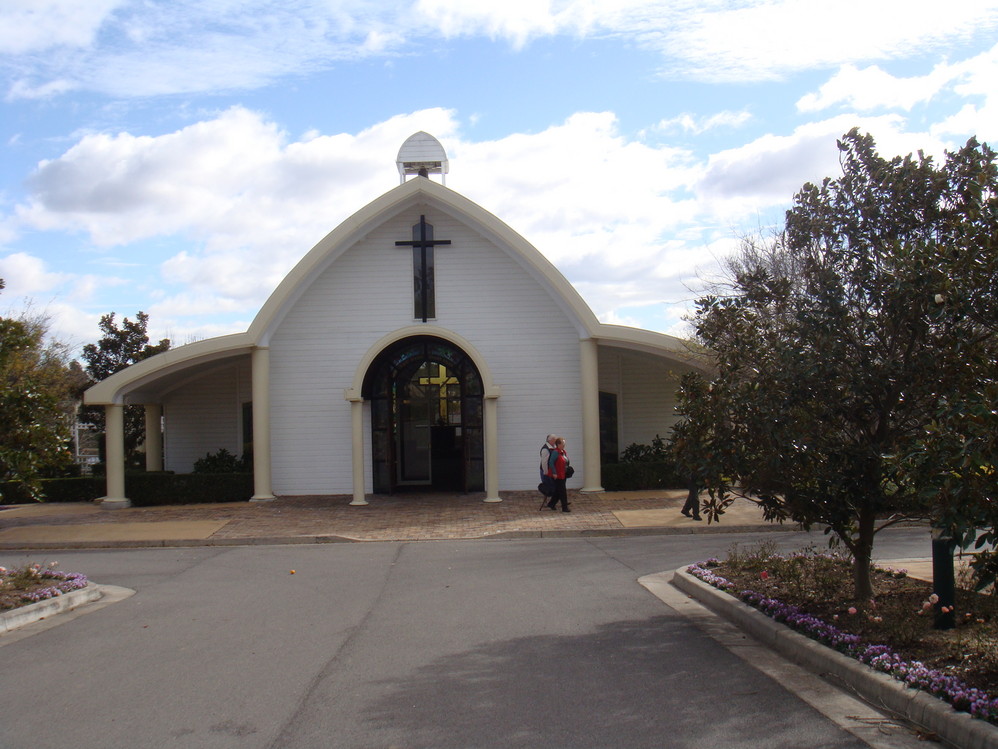
Small chapel The garden isn't large, so let's just follow my camera to tour the small shops
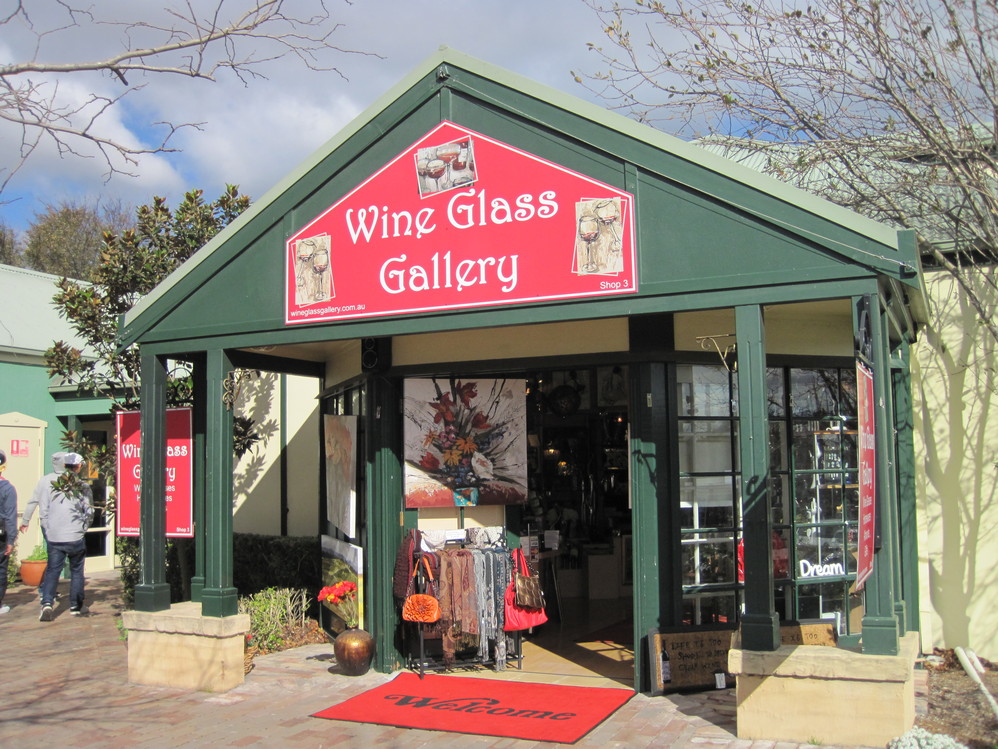
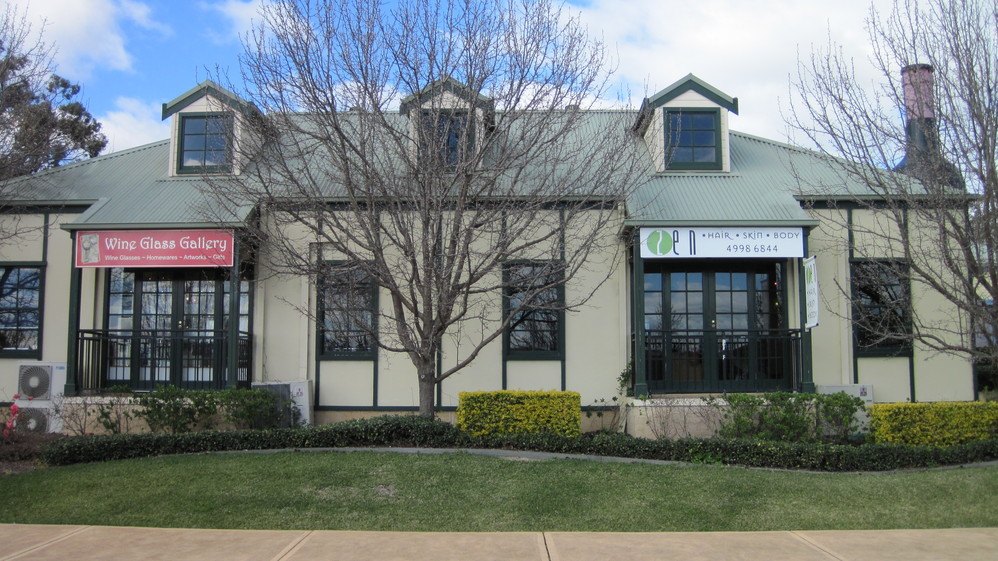
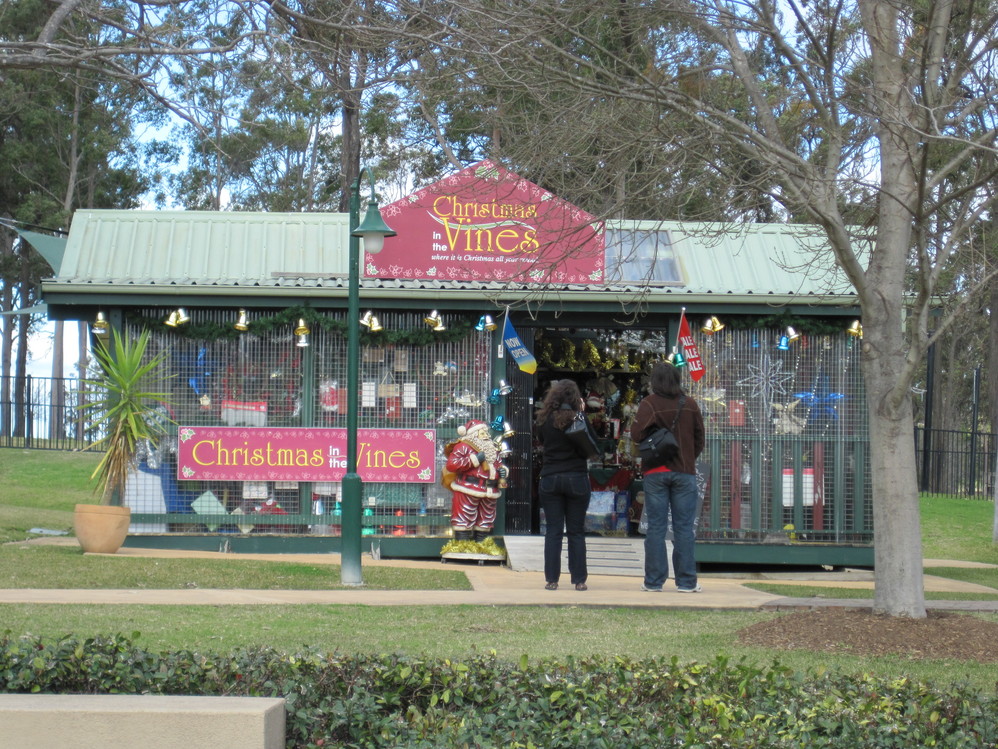
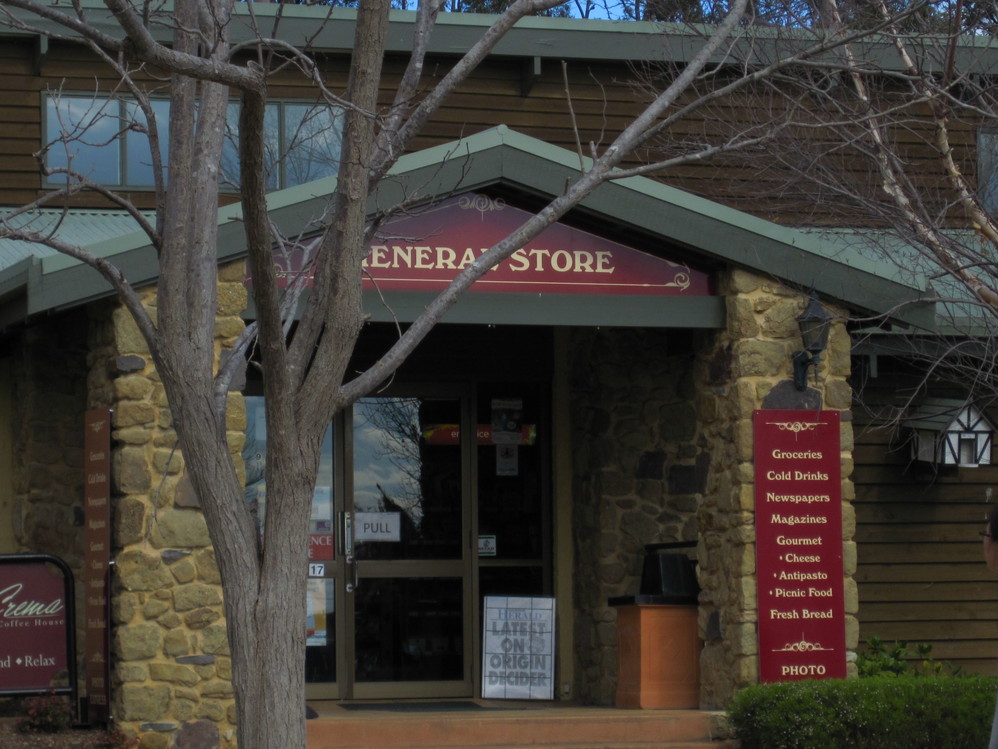
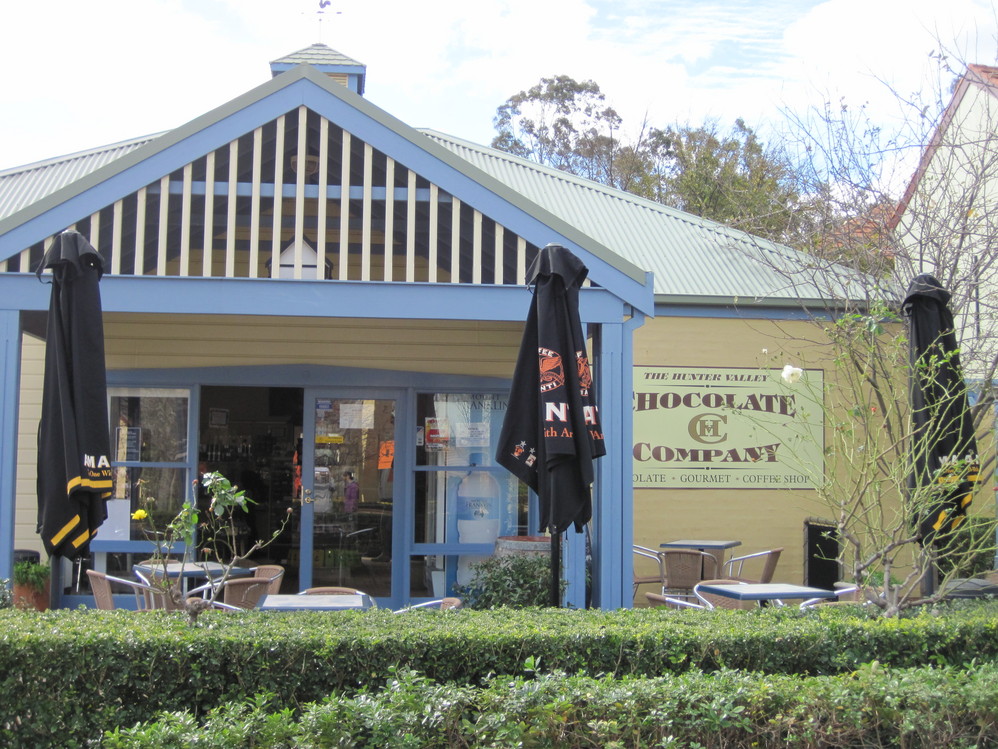
In such a somewhat remote place, tending to a vineyard and running their own winery, with sunlight and fine wine - it's a blue-collar lifestyle. No pressure, no struggles, something unimaginable for those of us living in cities. No matter how much we try to enjoy it, we're clearly just visiting tourists, stepping into someone else's life, feeling envious before leaving.
On the way back, the sun was high, and everyone on the bus dozed off, swaying with the vehicle's movement. I'm not sure if it was the wine's effect or if we were intoxicated by the Southern Hemisphere's passionate sunshine...
Travel Notes: 1. The wineries offer free tastings with the aim of making sales, but since Chinese tour groups come often, they taste a lot but buy very little. Therefore, regardless of which winery you visit, the guide actually pays a tasting fee. This means even if you taste everything but don't buy anything, the winery owners won't mind. This tasting fee arrangement might be unique to Chinese tour groups.
2. The wines here are incredibly cheap compared to stores and airports. If you like them, don't miss this shopping opportunity.
7.7 Queensland, Sunshine State
Brisbane, Queensland's capital, is Australia's third-largest city. When we arrived on the first morning flight, this sun-filled place was just welcoming its dawn. The gentle breeze was instantly refreshing! It was truly like going from ice to fire - it was warm enough here to remove our thick fleece jackets. So, a group of travel-worn people began touring Brisbane in this pleasant sunshine.
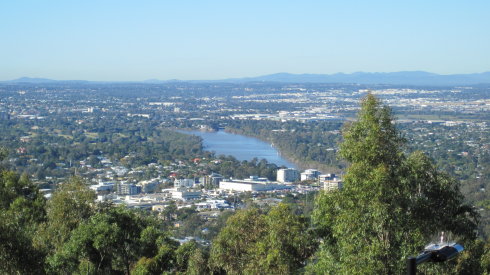
The entire city doesn't have many particularly tall buildings
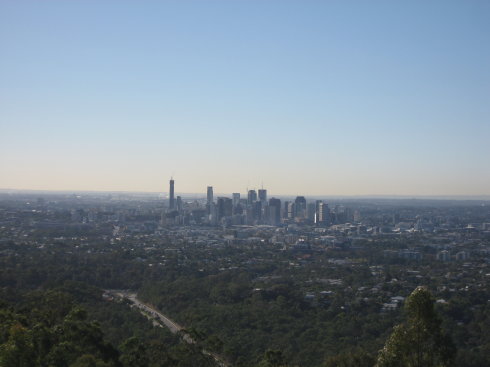
These few "standing out" buildings indicate this is the city center
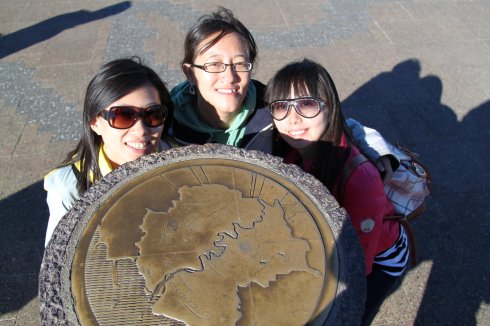
Good morning, Brisbane
South Bank Park
Australians are truly fortunate - every city embraces a river. The Brisbane River flowing through becomes the city center and the location of South Bank Park. This was the site of the 1988 World Expo, and early morning South Bank Park reminded me of morning exercises at Beihai Park. Even our typically talkative Malaysian guide became quiet, just wandering along with our scattered groups.
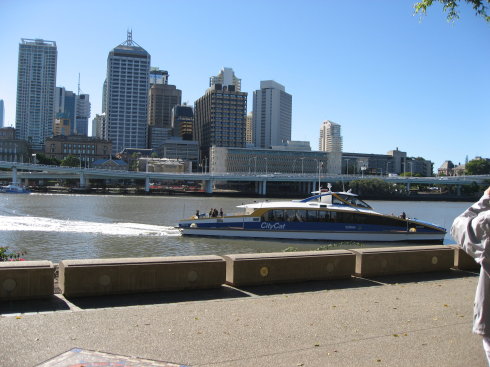
Brisbane River
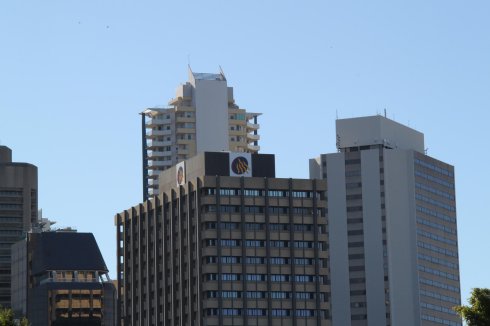
This yellow sign represents Queensland
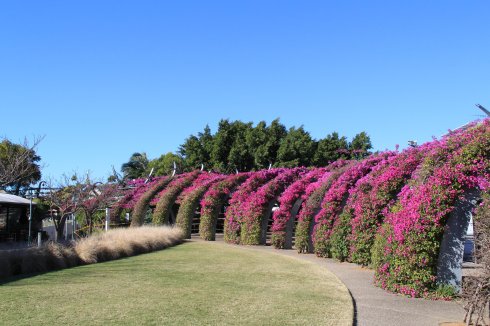
This garden corridor was reportedly designed by students from the neighboring art school
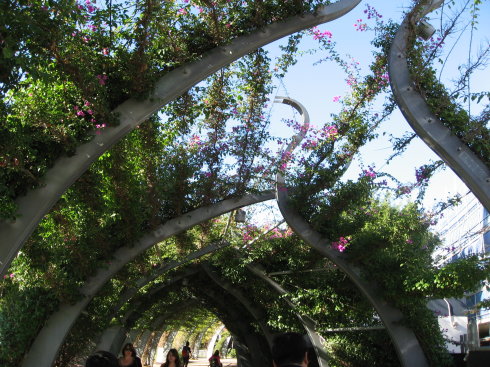
Each curve's direction and degree is different
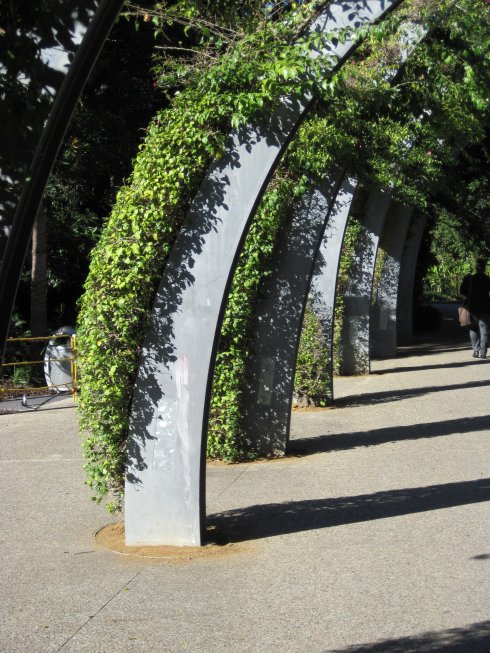
Together, they form a harmonious twist
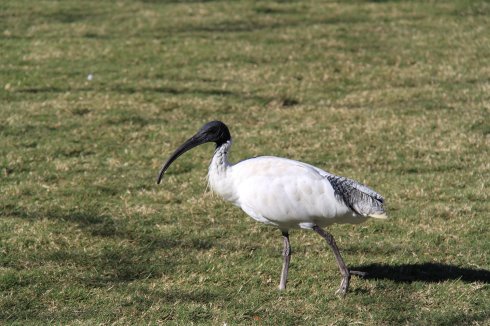
These birds in the grass
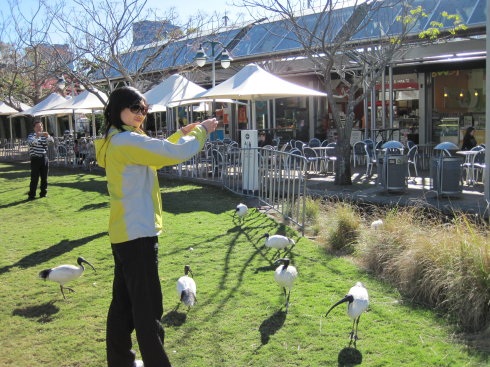
When Jessie took out her breakfast, these fellows were delighted. Later the guide came over and said these birds are called "garbage birds" because they eat everything.
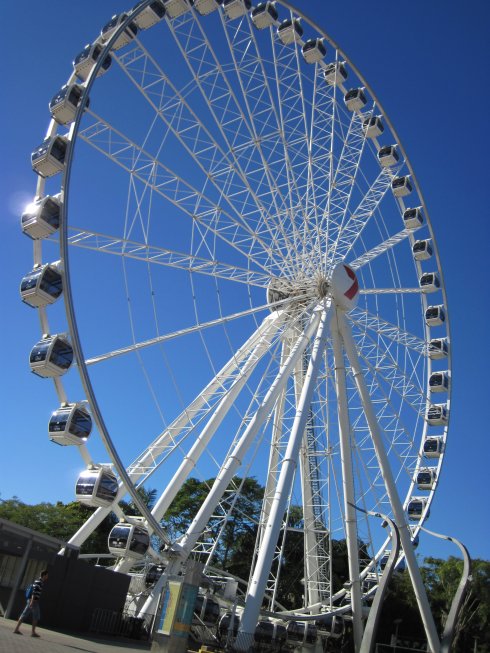
Cable car
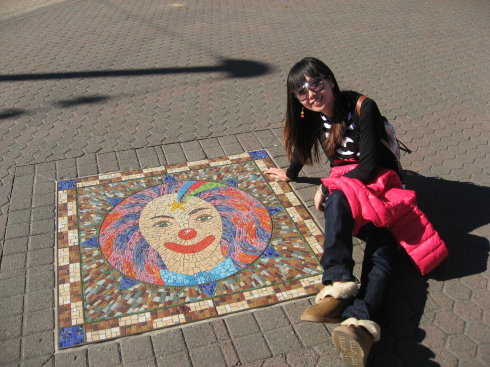
World Expo carnival?
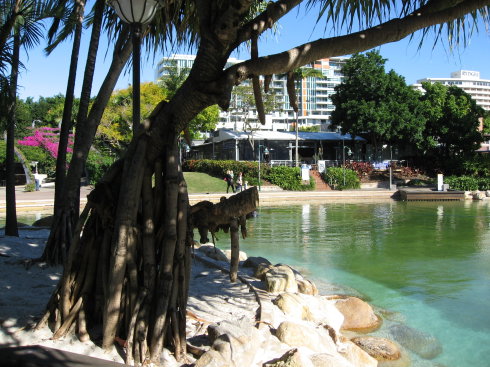
There's an artificial wading pool in the middle of the park
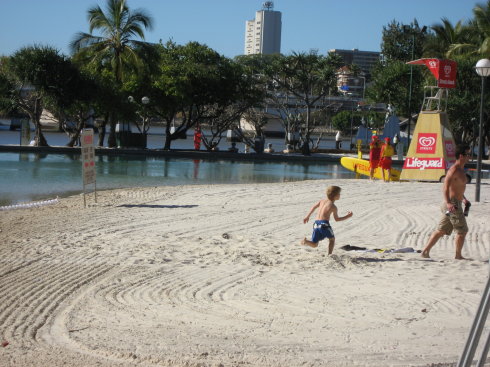
The sand here comes from the Gold Coast
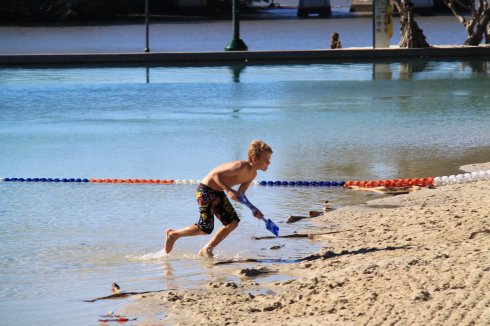
Looking at their attire and energy, how could you guess this is the coldest season?
Most of the World Expo buildings have been demolished, only this Nepalese temple remains, preserved because it was purchased by a wealthy businessman. From here, you can still vaguely see the diverse displays from various countries during the Expo.
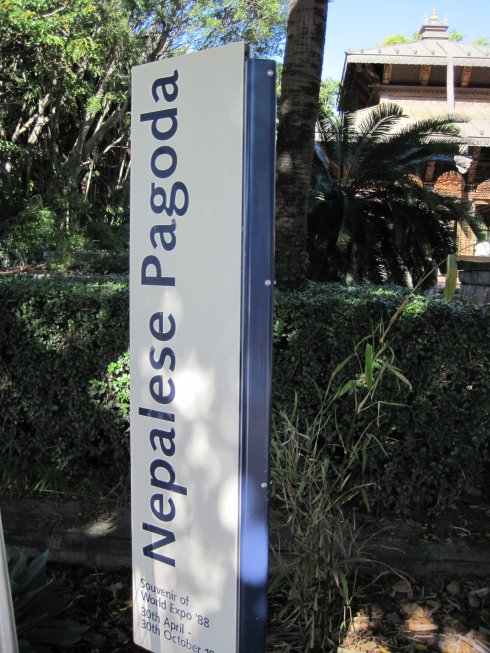
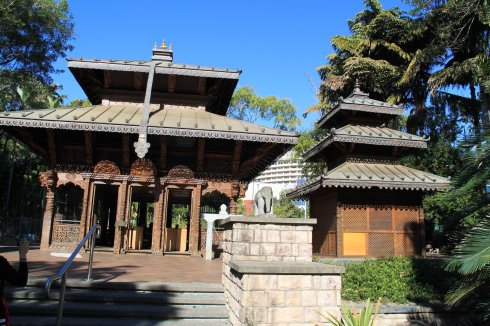
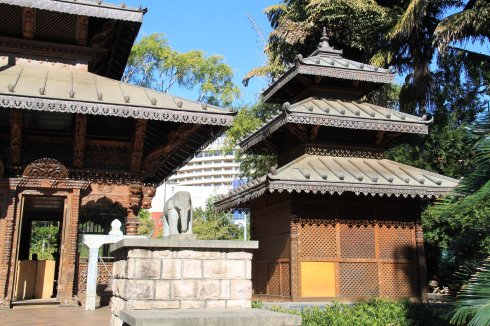
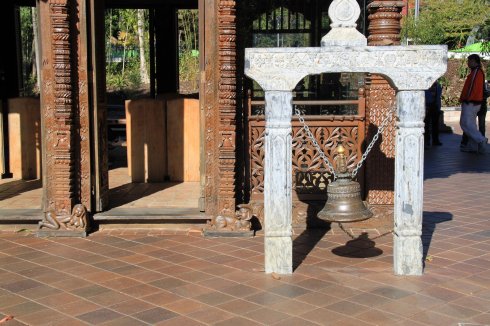
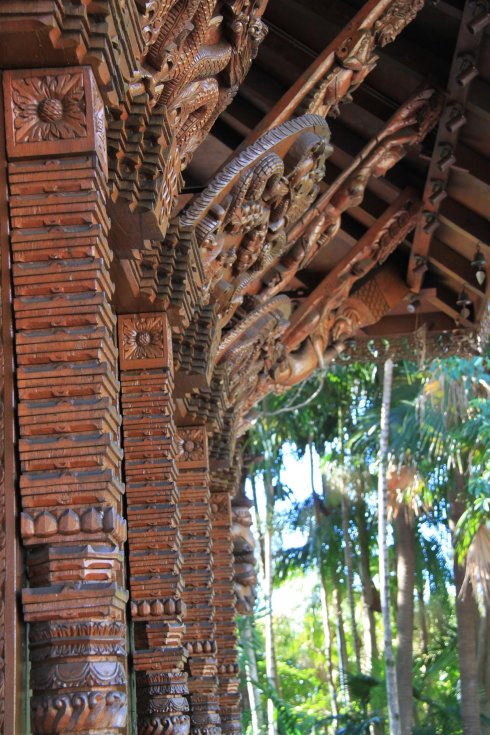
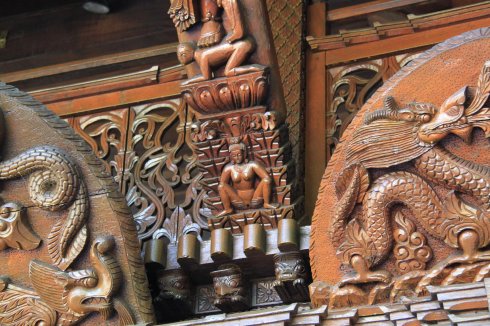
View from Prince's Bridge On the way to Gold Coast, we passed by Brisbane City Hall. Our guide was clearly someone who loved sunshine more than politics - they briefly mentioned this "Million Dollar City Hall" as we passed, but everyone's attention was already drawn to the Gold Coast. Regarding Brisbane City Hall, you can search online for more information. If you're traveling independently, it might be worth a short stop.
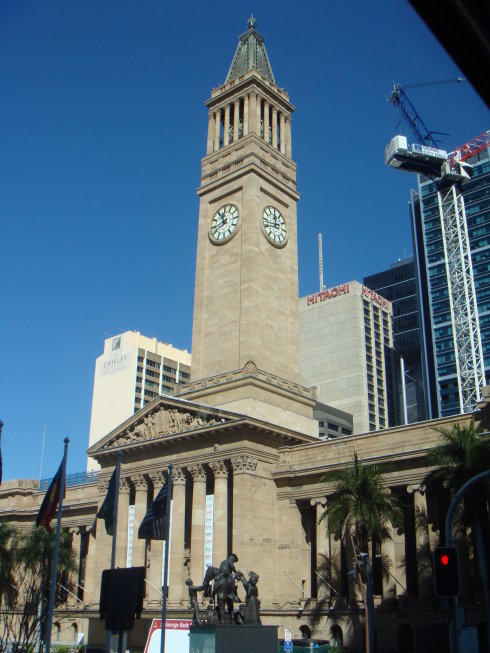
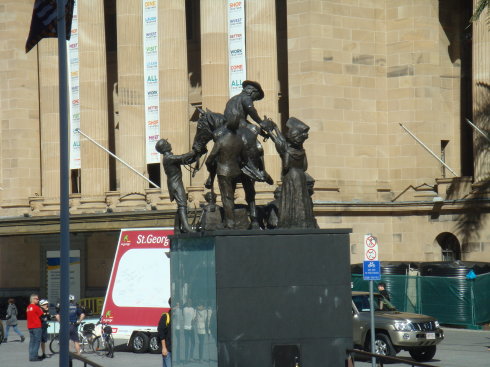
Gold Coast The term "Gold Coast" has been overused - you can find it in Beidaihe, Qingdao, and who knows who copied whom. Australia's Gold Coast stretches 70 kilometers, with endless beaches that serve as a surfer's paradise year-round. The bright noon sunshine, stretching white sand beaches, and crystal-clear blue water all convey the area's vitality and energy. Walking barefoot on the beach, Sydney's chill was instantly forgotten - it was hard to believe this was Australia's coldest winter.
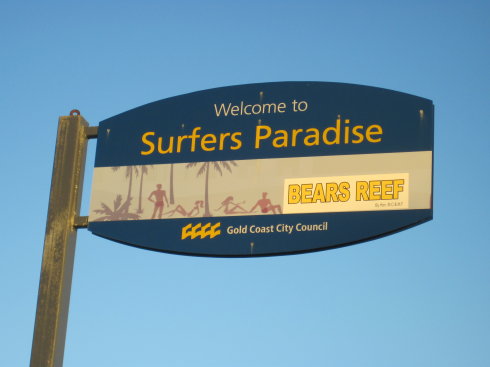
Surfers Paradise
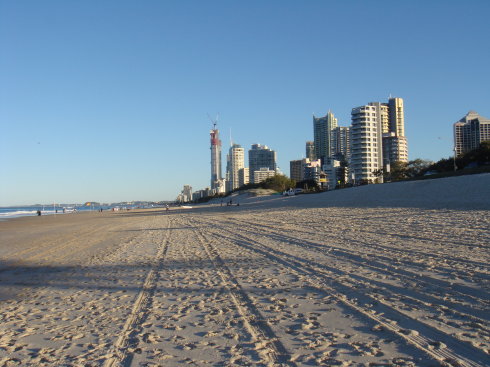
Golden beach
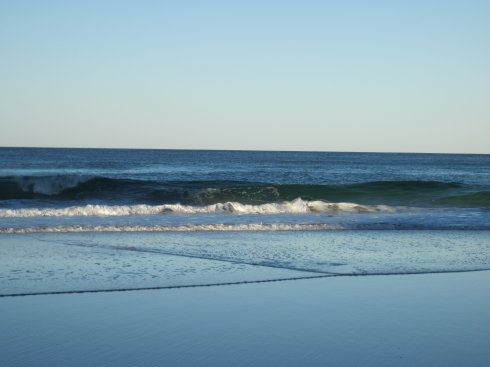
Waves
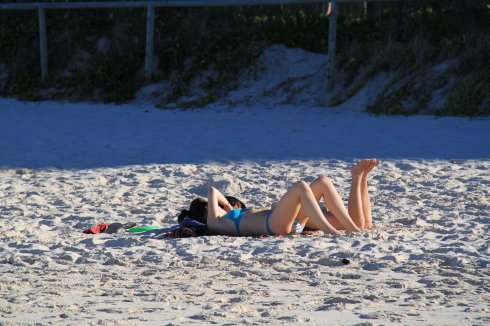
Sunshine and bikinis As dusk fell, the setting sun painted the beach golden. Brother Tian said, "Look, the Gold Coast..." At that moment, the sunlight seemed to slow its pace, proudly watching a group of children mesmerized on the beach. With a day's leisure, we captured these serene moments with our cameras.

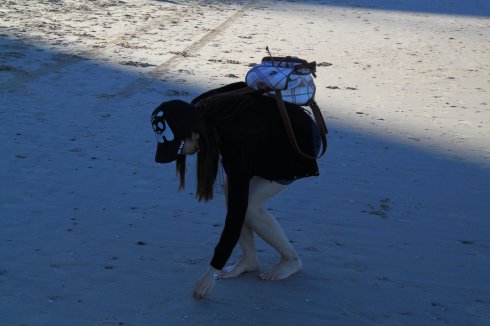
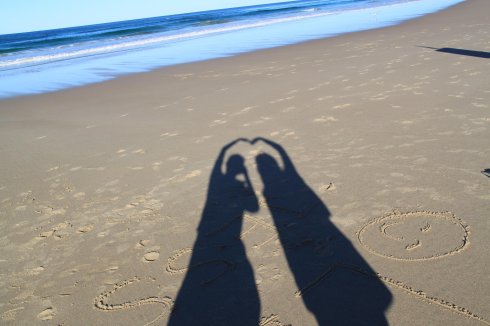
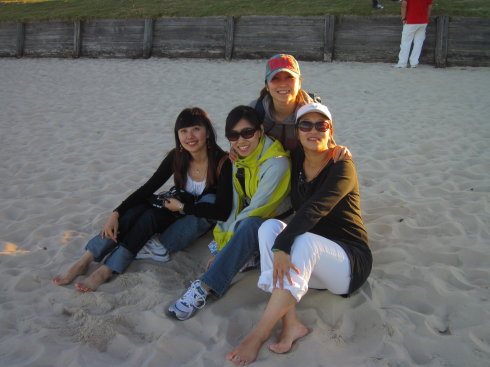
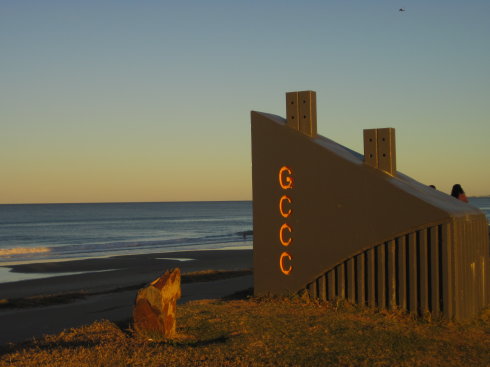
Marina and Yachts Our dinner venue was at Gold Coast's famous marina. All the TVB movie scenes flashed through my mind... I captured them to take home.
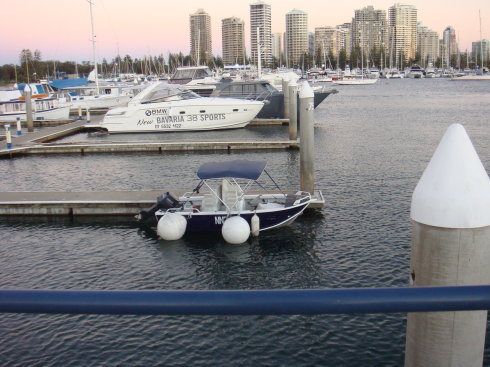
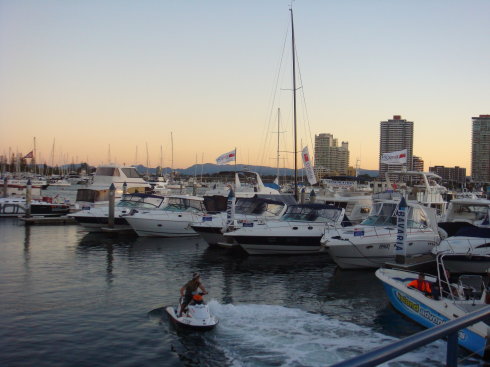
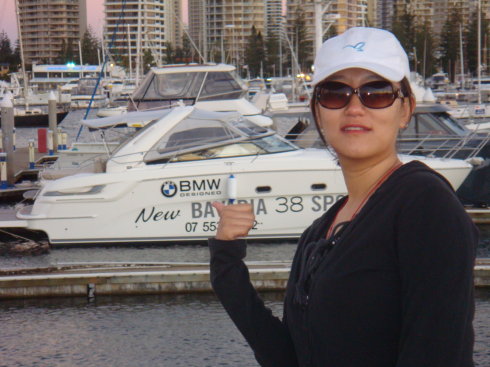
Gold Coast nights are very quiet, as if everything enters a peaceful waiting state after sunset. We were basically preparing for rest by 8 PM. No one thought about whether Jackie Chan and Nicole Kidman's mansions in the surrounding high-rises still had lights on, or if scenes of extravagance were playing out on the luxury yachts nearby. Jessie contentedly summarized the day's sightseeing - finally warmed up. Goodnight, Sunshine City... Travel Notes: 1. Aviation The flight from Sydney to Brisbane was Virgin flight DJ905, with a flight time of 1.5 hours. However, we had to wake up very early, which was a bit tiring. Domestic security checks in Australia are simple, and you can bring water on board. However, the security gates are very sensitive - if there's even a single "beep", you must voluntarily check your wallet, belt, phone, and keys. Security staff will smile and watch you - they won't come to pat you down, everything relies on self-compliance. You can pass only when the security gate approves, so the security lines can get quite long.
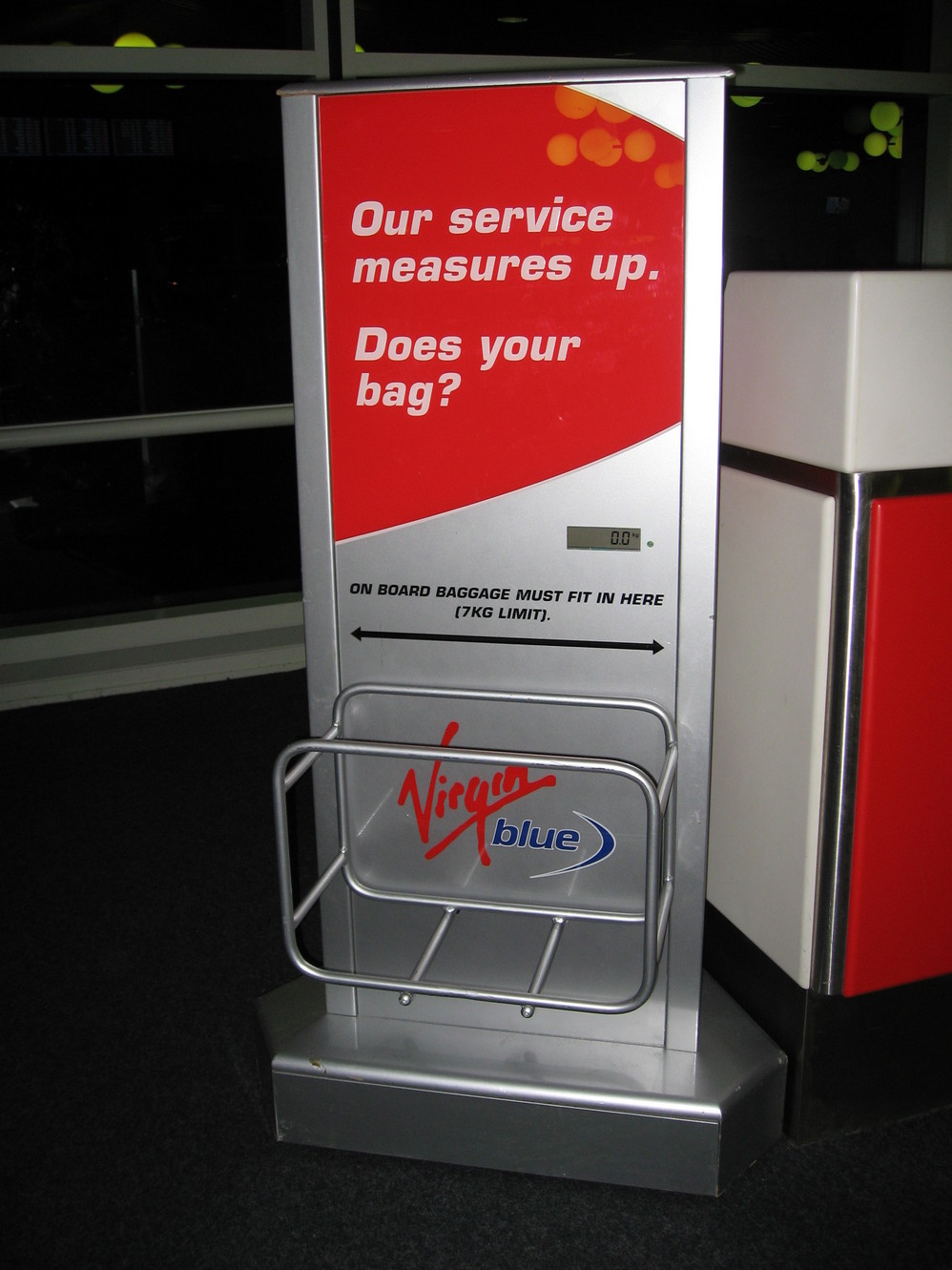
Carry-on baggage requirements are quite strict, basically only allowing cabin-size suitcases. The plane doesn't provide meals or drinks - if you want them, you need to order online in advance or buy on board. Prices aren't cheap, with a paper cup of coffee costing 3 dollars. Several aunties in our group who didn't understand English ordered coffee as soon as they boarded, then couldn't understand when the flight attendant asked for payment. After understanding, they desperately wanted to return it, leaving the flight attendant quite helpless, who eventually gave up charging... If you're traveling with non-English speaking tourists, make sure to provide timely translation. 2. Accommodation Our hotel was a 5-minute walk from Gold Coast beach, called MANTRA SUN CITY GOLD COAST, located at Gold Coast Highway (Cnr ocean Ave. Gold Coast) Serfers Paradise. Based on location, it could be a good choice for independent travelers.
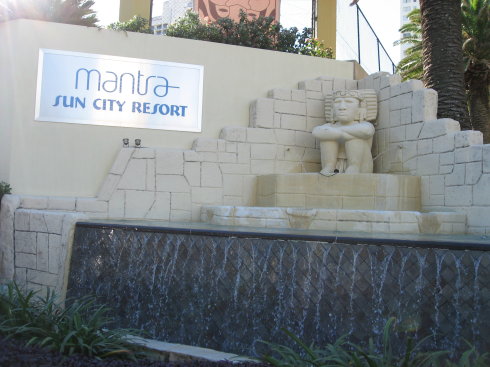
Hotel exterior
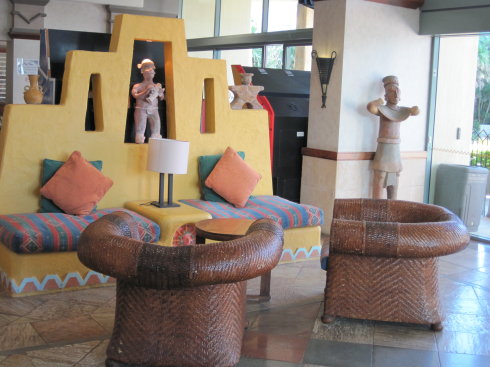
Lobby
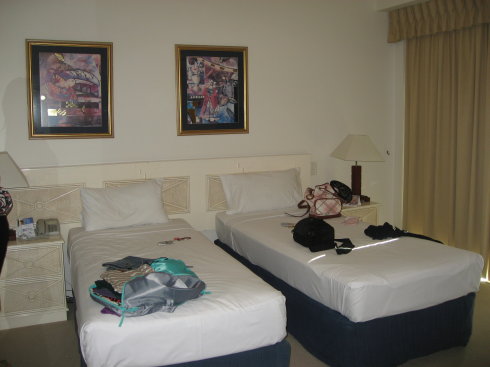
Standard room
3. Some Taboos
The guide said if you come to the beach in summer, you'll see many handsome guys and beautiful girls sunbathing. While Chinese people are naturally curious, looking is fine but don't take photos, or it might cause an "international incident."
You'll see many people walking dogs - remember that no matter how cute the dog is or how friendly the owner seems, try not to feed the dogs treats. The owners won't be happy because these dogs' quality of life is very high, and they shouldn't eat just any random snacks.
Try not to photograph children unless you have the parents' permission. In Australia, children come first, and parents can sue you for "suspecting you want to kidnap their child" if you take photos without permission...
4. For Group Tours
It seems every tour group that comes here, after viewing the luxury yachts, the guide will say: "Tonight there's an optional activity - visit a wealthy family home, board a luxury yacht to enjoy a late-night snack and experience rich people's lifestyle, priced at 90 dollars." This is probably a local tour guide-developed entertainment option to fill somewhat boring evenings. We didn't go because we were already quite resentful of the wealthy :)
5. Helicopter Tours
Brisbane offers helicopter tours overlooking the Gold Coast. If interested, you can check it out, but if your itinerary includes the Twelve Apostles in Melbourne, then skip it - the scenery there is better.
7.8 Back To The Childhood On the last day of our trip, a guide asked Olive which place she liked best. Without hesitation, Olive said, "The zoo..." This answer earned her quite a scolding from the guide. Actually, if they asked me, I would say watching the sunrise, Movie World, and the zoo - which happened to be our itinerary for that day. There's nothing particularly special about watching the sunrise. In my few travel experiences, I've seen many sunrises from mountains, beaches, and airplanes. Perhaps it's a special sentiment I believe in - I think being able to see the sunrise is very lucky. I won't say much here, just share some photos. According to my beliefs, those who see these will be lucky.
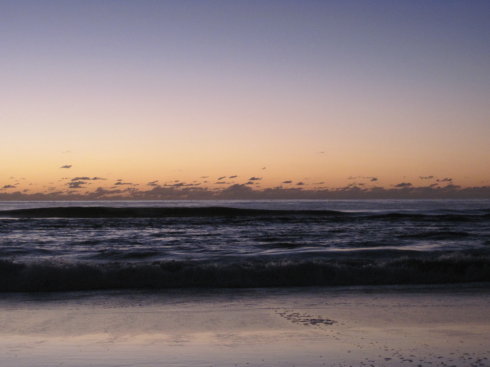
Composition essays always describe this as "the east showing fish-belly white"
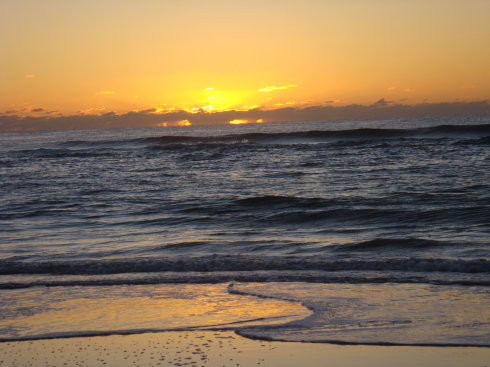
Essays say "the fish-belly white turns pink"
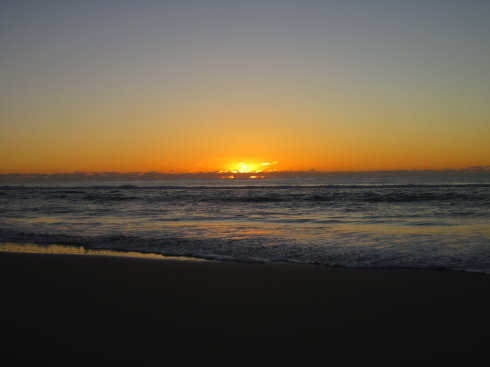
Essays also say "a red line appears on the horizon"
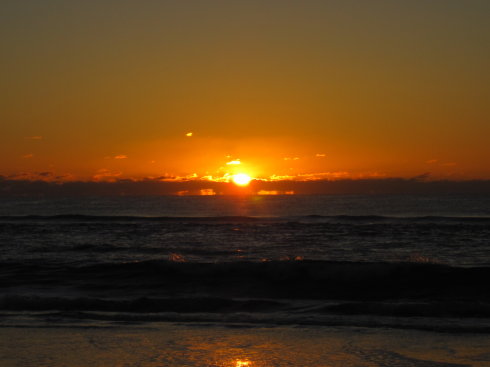
Essays describe "half the sun's face is about to show"
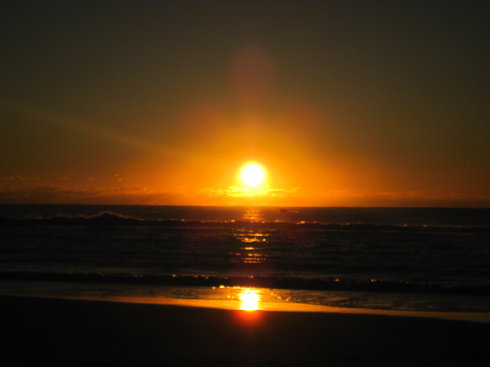
The common essay phrase "the sun jumps out from the horizon"
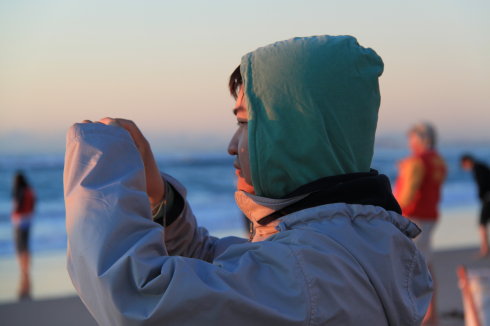
Little fatty basking in sunlight
Besides its golden beaches, the Gold Coast has three world-class theme parks: Warner Bros. Movie World, Sea World, and Dream World. Warner Bros. is famous for being "the Southern Hemisphere's only movie-themed amusement area." The title of being the Southern Hemisphere's first, combined with the American movie brand, attracted the most tourists we'd seen during our trip.
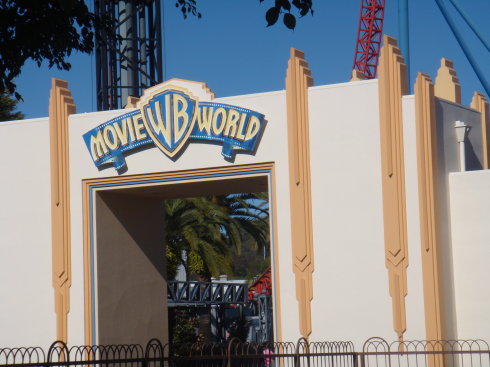
Party at the entrance
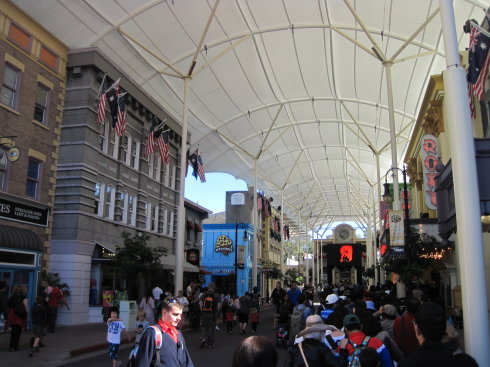
Bustling crowds We rushed in during the first minute of opening and headed straight for "Wild West Falls." This ride doesn't provide raincoats, so our little fatty, with a self-sacrificing spirit to protect everyone else, wore waterproof clothing and sat in the front row. Later we found out this was pointless because the car plunges down the waterfall twice, both forward and backward, so you'll get wet no matter where you sit. Absolutely thrilling!
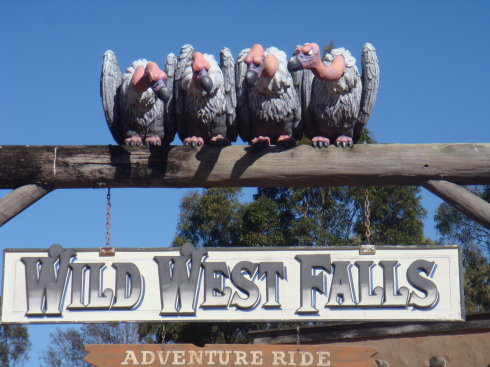
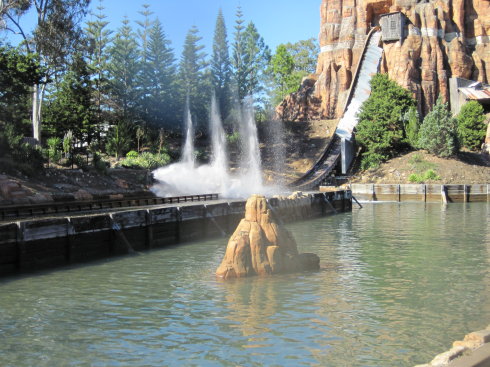
A car in the splash
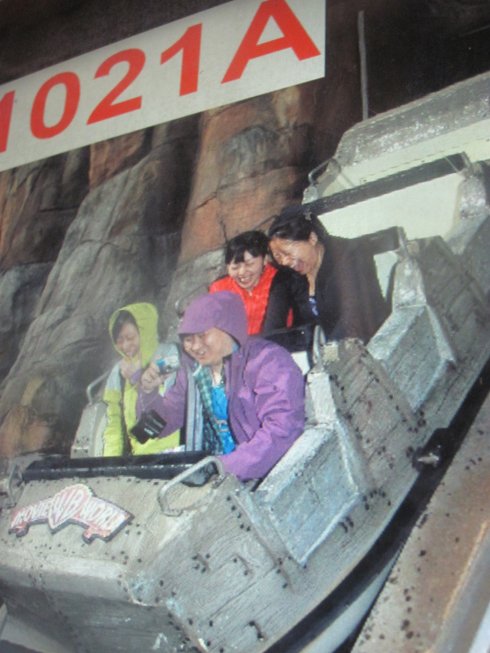
Photo of the most thrilling moment - if you like it, you can note down the number to purchase
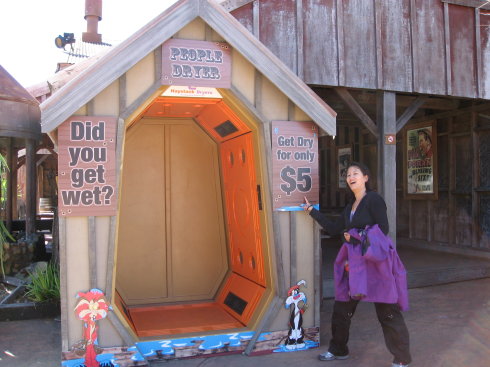
Most annoying was this sign nearby... The stunt show is called a "must-see attraction," with two shows daily at 11:30 and 13:30, so everyone queues up early. The venue has open seating and accommodates as many visitors as possible.
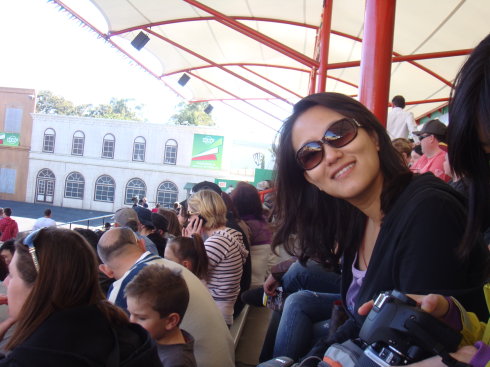
The show runs about 20 minutes, with performers doing various spectacular stunts without any protection. Each aerial move makes your heart race, and the cheers and applause never stop. During our show, a motorcyclist had a small accident and fell with his bike. While everyone was worried, he walked back to his motorcycle and continued performing. In his subsequent stunts, we could clearly see the bright red blood on his left arm - it was really heart-wrenching. Those watching the show should give extra applause to the performers!
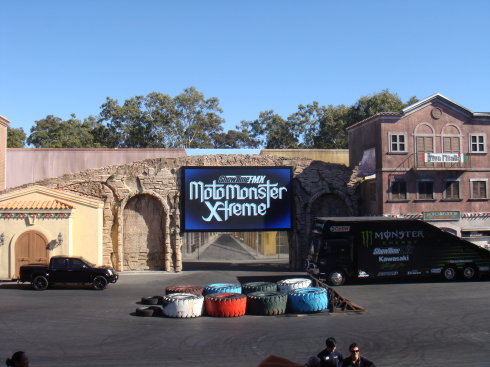
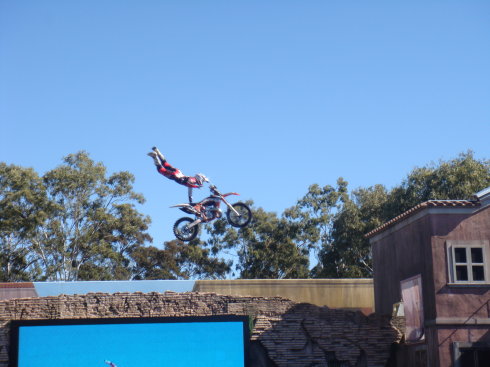
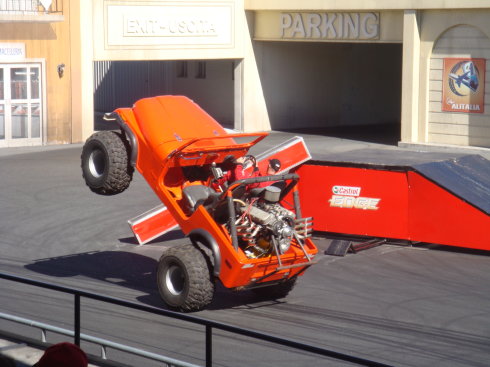
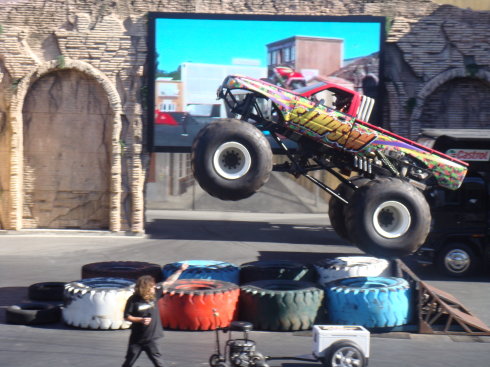
The second worth-seeing attraction is the 4D movie, showing every 30 minutes continuously, but with limited seating capacity, resulting in long queues at the entrance. However, when we went, the theater was having technical issues, and by the time we queued up, it was too late, causing someone to be unhappy for the entire day. Here are some exterior shots for memory.
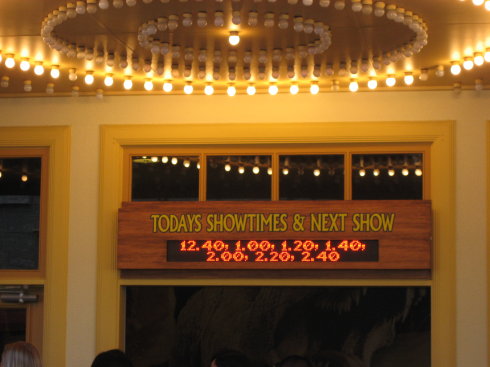
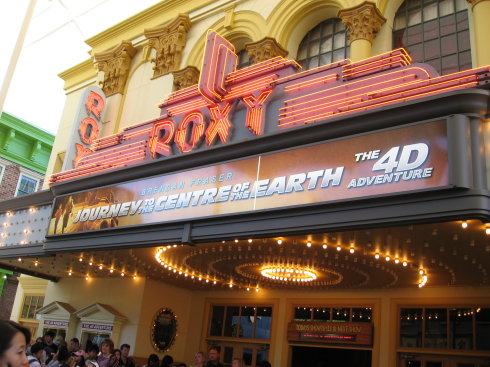
Here you can take photos with your favorite movie characters, which seems to attract more children's participation.
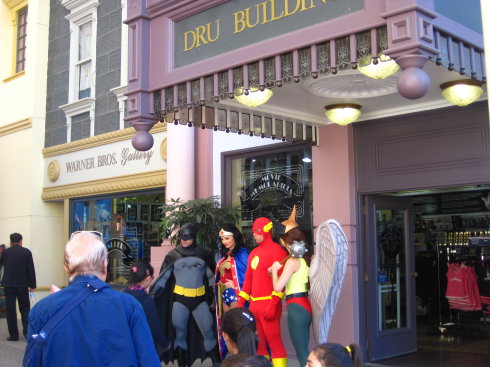
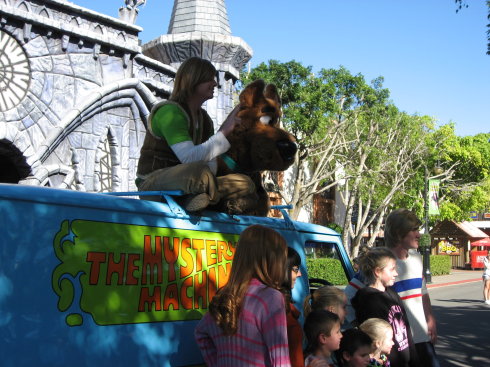
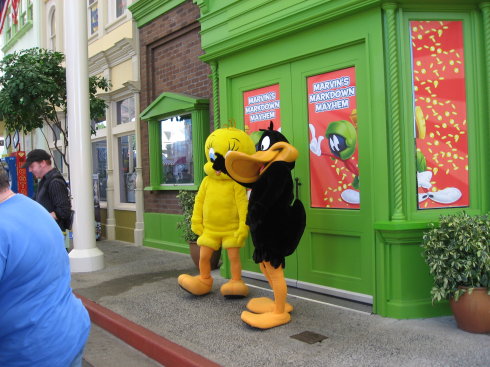
There are also various movie-themed shops where you can purchase merchandise. My beloved Harry Potter was here, but after entering the store, I saw "Made In China" marked on all products, so I just took photos instead...
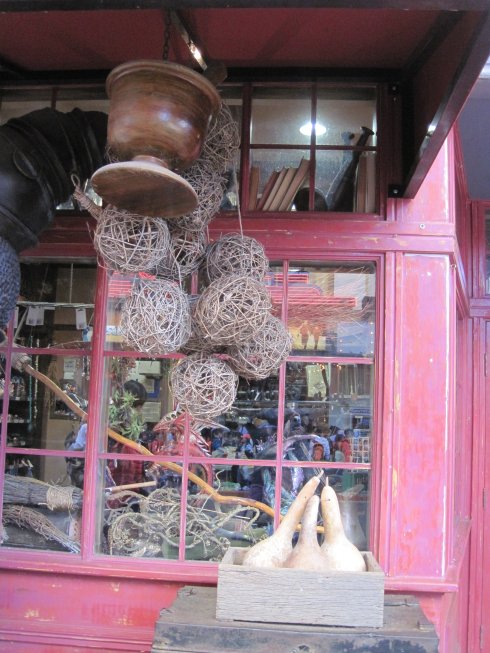
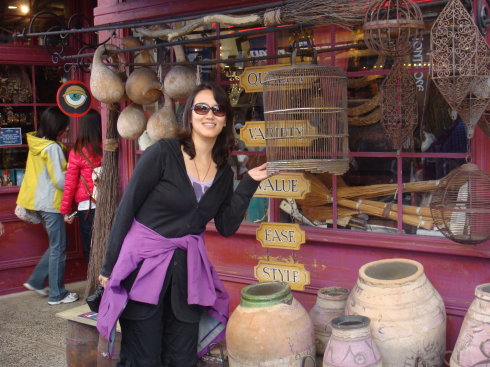
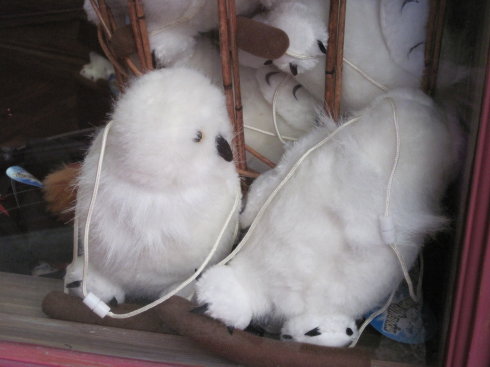
I really want my own Hedwig
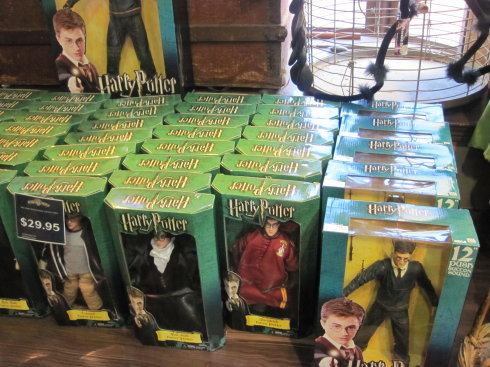
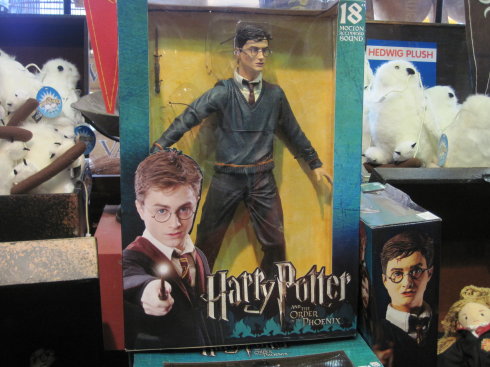
A scrawny Harry Potter
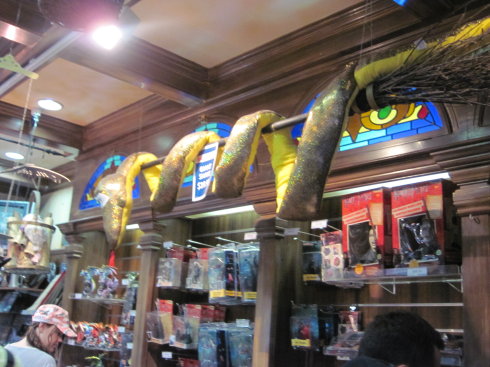
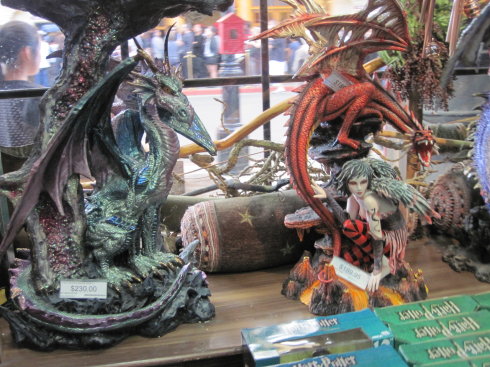
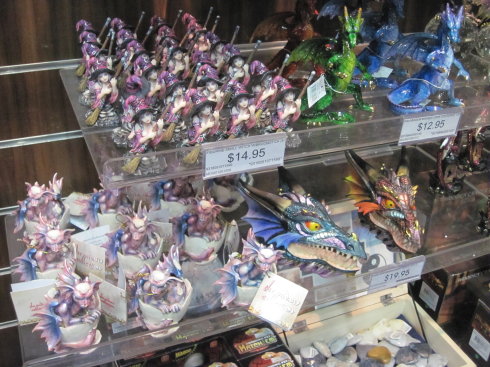
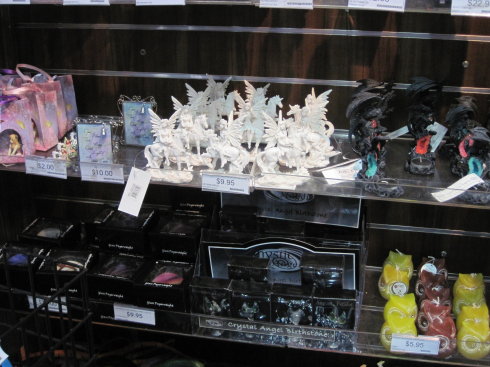
There weren't as many rides as we imagined. There are three roller coasters here - the Superman coaster in the adult section is the most impressive, while the children's section has the cutest one. When we wanted to ride the biggest roller coaster, we basically needed to queue for an hour... The cheers, screams, and children's smiling faces made us three adults absolutely delighted to be there. The time limit of the group tour slightly dampened our spirits - if traveling independently, this would become our playground.
Currumbin Wildlife Sanctuary
Koalas are the world's happiest animals - they eat and sleep all day. I don't know why Australia chose such a pampered creature as their national treasure. The koala's treatment as a national treasure is no joke - Australian government regulations state that if you want to keep a koala, you need to meet many conditions. First there's asset verification and capability assessment, but that's not all. Want to keep koalas to make money? Don't even think about it. Want to keep koalas to develop and protect these adorable animals? Well, that can be considered. Then make a proposal - time, place, people, events, long-term care plans for the koalas. Then hire a professional staff member to look after the koalas. All that done? Go plant 100 eucalyptus trees that koalas can eat...
The guide said that besides some Guangdong tour groups asking "Have you eaten it?", everyone else asks "Can we hug it?". At Currumbin, the wish to hug a koala can certainly be fulfilled. The koala caretakers are all professionals who carefully teach you the correct posture and movements before handing the koala to you. After taking one photo, the staff will very carefully and quickly take the koala back. This shows how high these little fellows' status is. So if you want good photos, try not to wear black or gray clothes; also, while koalas' claws aren't very sharp, they can still be felt on skin - some beautiful ladies might end up with grimacing photos if they get scared.
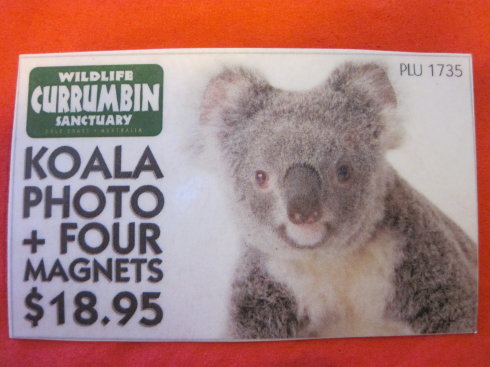
With this, you can hug a koala. Of course, this is purchased.
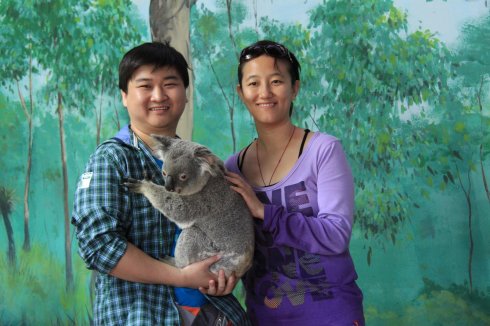
If you think it's expensive, one person can hug while others pet it, like we did. Only pay once... This chubby one is Abby, female, four years old
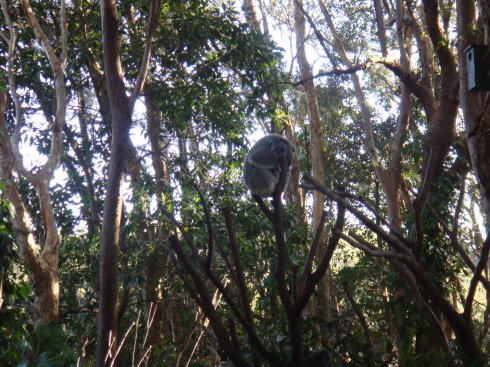
When koalas sleep, they wedge themselves in tree branches to avoid falling
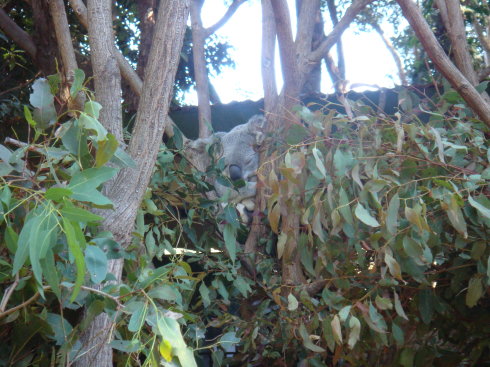
Sleeping between leaves is safer, anyway our bottom is big, no worries
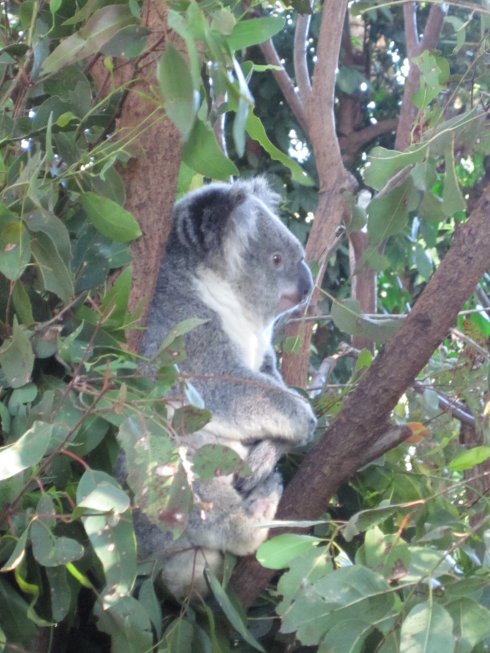
Rare few hours of being awake
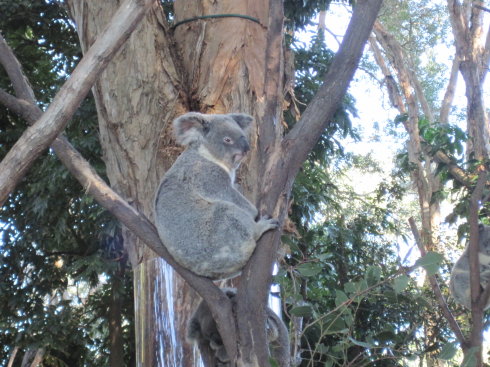
Changing position
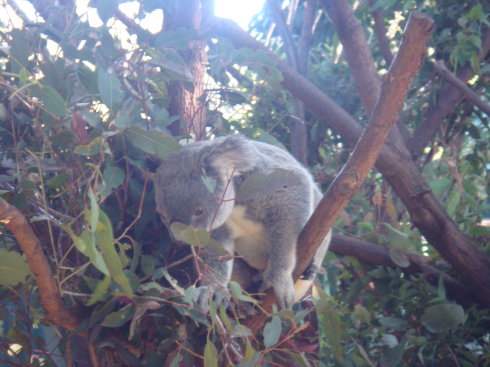
Moving around
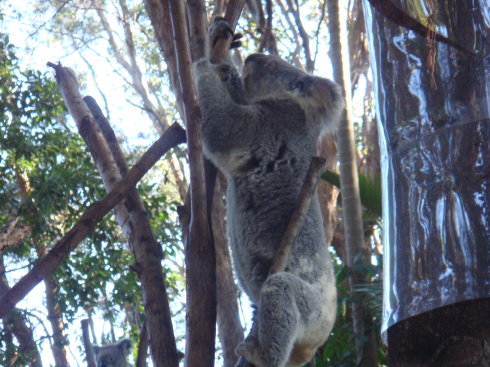
Eating something, then back to sleep
Similarly being Australia's unique marsupial, kangaroos receive much less special treatment. You can tell from the origin of their name "Kangaroo" - apparently when British people first landed in Australia, they saw these strange jumping animals with pouches and asked the locals what they were. The locals said "Kangaroo," which later became their name. Actually, "Kangaroo" in aboriginal language means "I don't know." Kangaroos breed very quickly in Australia - apparently female kangaroos can give birth after just one month of pregnancy. To prevent them from competing with cattle and sheep for grass, the government even provides bounties for hunting kangaroos during breeding season. The zoo has a kangaroo free-range area, which is a great place to observe kangaroos up close. If you like, buy some kangaroo-friendly food and you'll be warmly welcomed by these creatures.
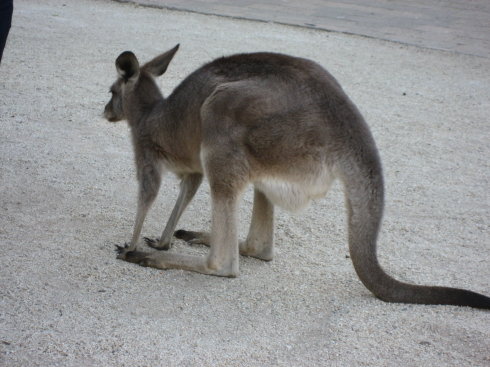
Look at this powerful tail
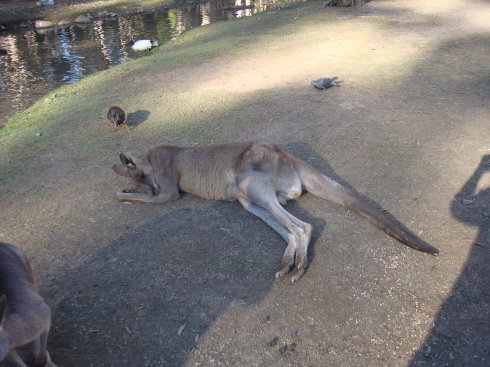
This elegant sleeping posture
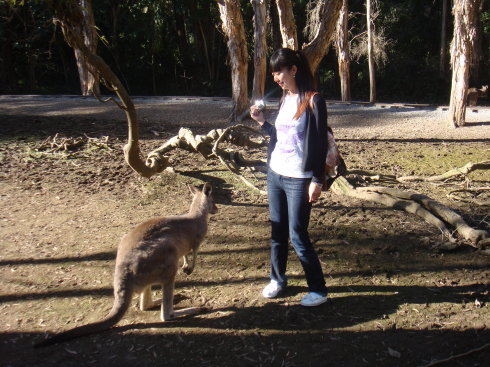
Let's take a photo together
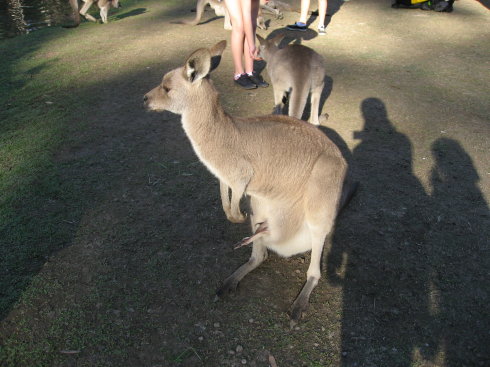
We were lucky to see a mother. But child, aren't you uncomfortable hanging upside down?
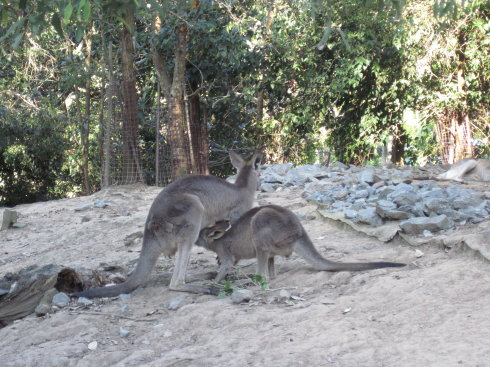
So big and still nursing, truly shameless Besides these, there are many unfamiliar animals, aboriginal performances, and bird training shows here. If interested, you can watch them all. Many performances have scheduled times - independent travelers should definitely do their homework.
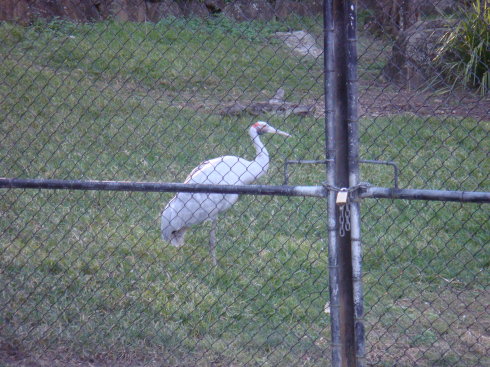
Bird sanctuary
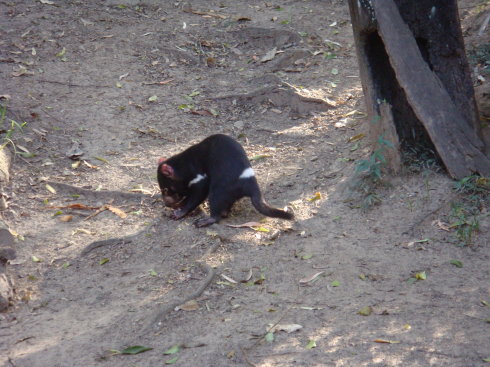
This fellow is said to be the koala's natural enemy, called the "Tasmanian Devil" - don't be fooled by its small size, it's reportedly quite fierce.
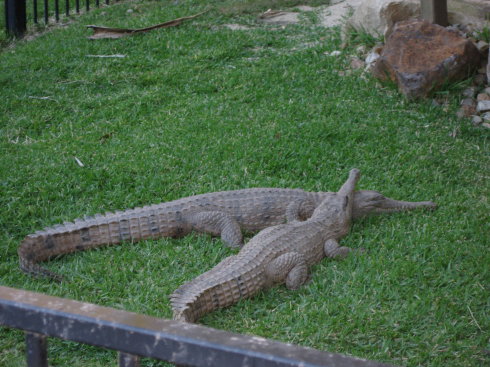
Crocodile
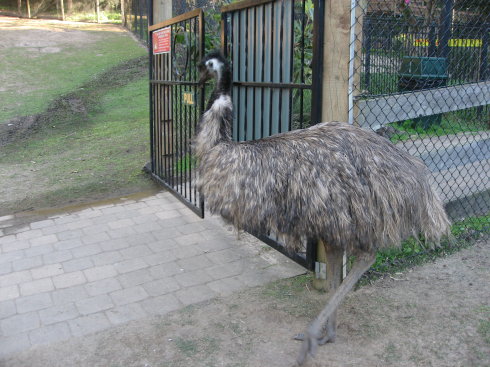
Emu this is a paradise for both children and adults. The management staff doesn't like to keep animals caged up or restrict children's natural instincts outside the cages. Every day at set times, professionals give wildlife knowledge presentations, ensuring everyone who visits leaves enriched with knowledge. Thinking carefully, I realize it's been many years since I've been to an amusement park or zoo. In Australia, thousands of miles from home, we three almost-thirty "big kids" played gleefully for an entire day, returning to childhood - it felt wonderful.
7.9 Victoria, The Place To Be
Looking back, every city transition in Australia happened before sunrise. July 9th, the first day of the weekend. When Melbourne's Mr. Sun punctually started work, most Australians were still enjoying their holiday in bed, but we were already on a tour bus starting our city sightseeing. The early morning freshness and unhurried crowds made this garden city appear even cleaner and tidier. Our guide was an elderly Chinese immigrant, a Shanghai native who had moved to Australia over 20 years ago. The elderly man was very talkative, not at all like a 60-year-old, pointing at a row of trees by the road could spark a history lesson; seeing a sign on the highway could tell a story. Tour guiding seemed to be just a hobby for cultivating his interests - he thoroughly enjoyed it.
As Australia's second-largest city and Victoria's capital, Melbourne is not only historically famous for gold mines but is also renowned today for its harmonious urban planning and livability. The British must have been full of love and forward-thinking vision when initially designing Melbourne's city plan. Although the temperature here is much lower than the Gold Coast, the entire city gives people a very comfortable feeling. No wonder the current state premier's Melbourne slogan is "The Place To Be"
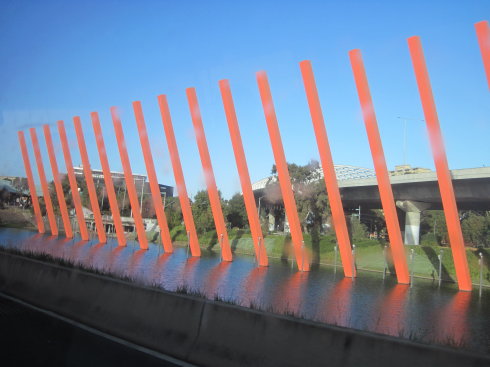
Entering the highway, the 21 pillars by the road - our guide said they represent entering the 21st century
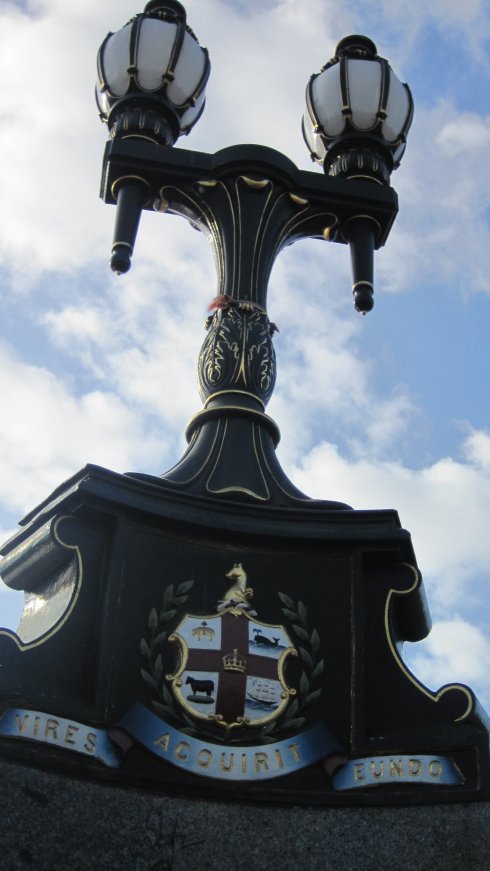
Victoria state symbol
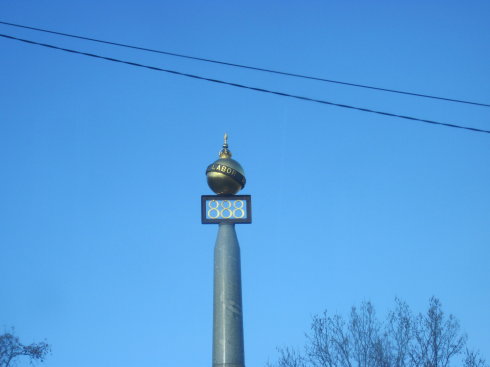
It was in Melbourne, Australia, in 1856, that the 8-hour workday was first proposed and implemented Melbourne's old buildings have all been preserved and maintain their original appearance, with some being repurposed. This allows the city's various buildings, old and new, to alternate and complement each other.
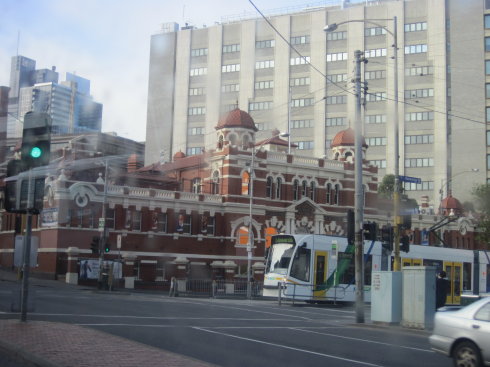
Former church, now a school swimming pool
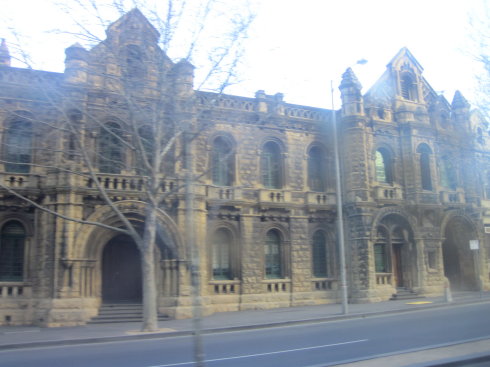
Former prison, now open to the public. If you're willing to pay, you can go in to experience "prisoner" treatment for a few days - this peculiar program is very popular
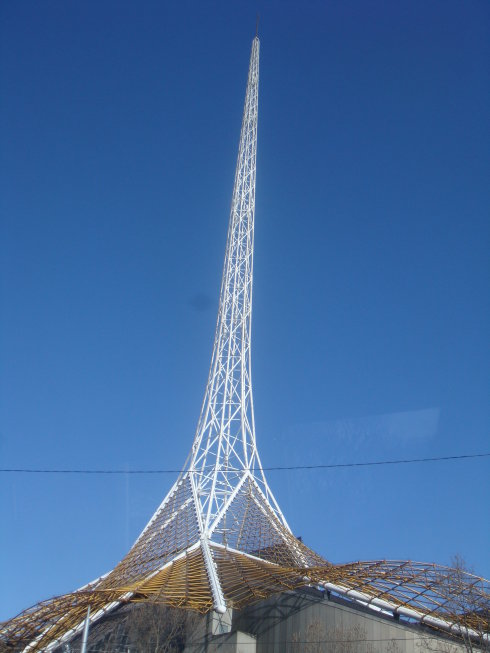
Victoria Arts Centre
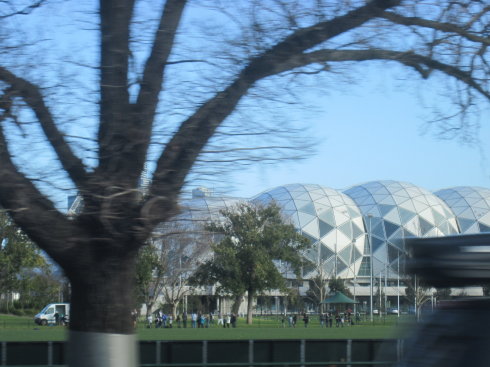
Australian Open Center Old and new transportation methods speed through the city of old and new buildings, creating a beautiful mix.
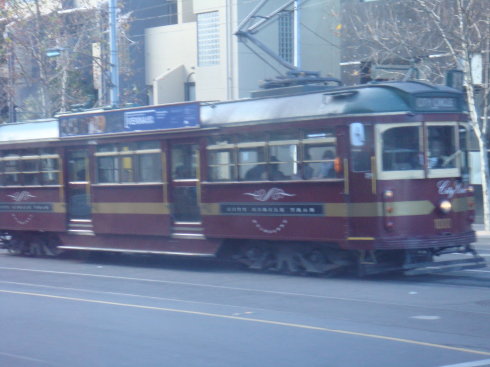
The oldest tram, now used for city sightseeing
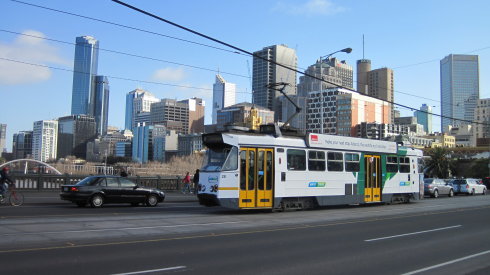
The most fashionable new tram
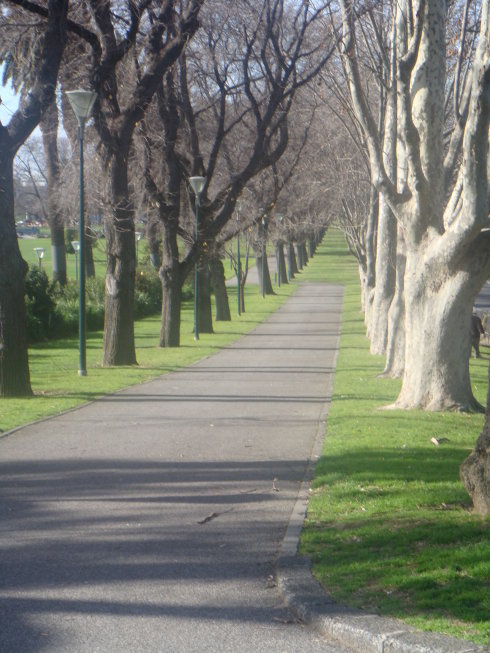
Various pleasant greenery

View from Prince's Bridge Melbourne Royal Botanic Gardens The Melbourne Royal Botanic Gardens, established in 1845, houses over 12,000 species and 30,000 varieties of plants and flowers from around the world. It includes all of Australia's native plants and flowers as well as other plants from across the globe, including bamboo from China. This garden, though located in the bustling city, remains peaceful, making you feel like you're in a quiet world. Following the natural terrain, each step reveals new scenery, with dense woods and flowers blooming everywhere.
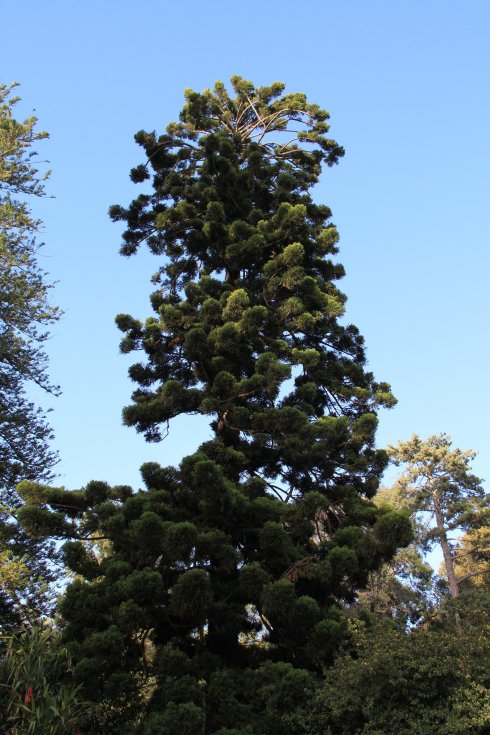
Pine trees
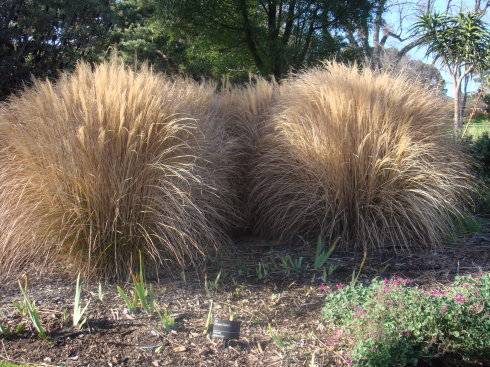
Reed
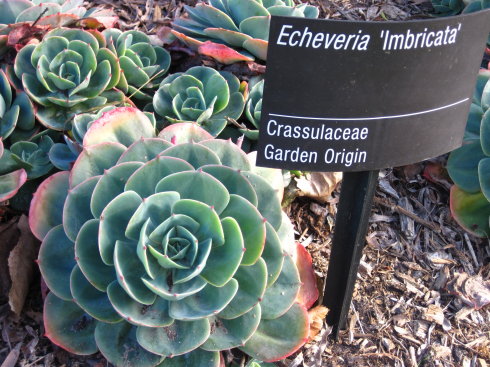
Stonecrop
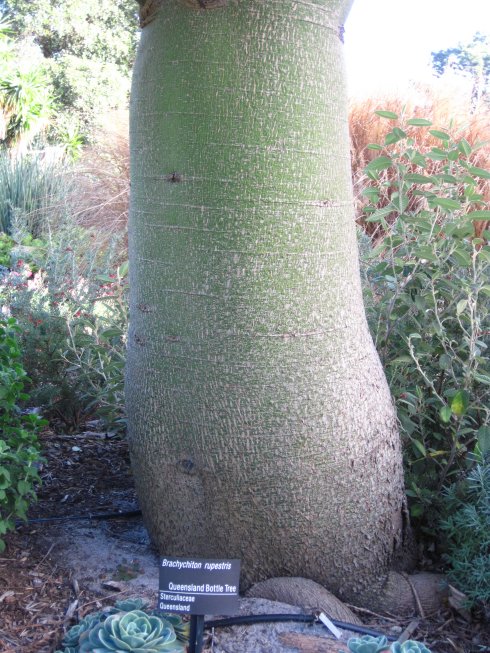
Bottle tree And many more flowers and plants whose names I don't know. Under each plant, there's an introduction to the plant. This is truly a science education park. The introductions aren't like the stiff descriptions we often see like "Such-and-such family, such-and-such wood, origin, world distribution"; instead, the text is interesting and engaging, telling a story, asking questions. These lively words make the plants full of spirit - without guides or teachers, they can give thorough and detailed self-introductions.
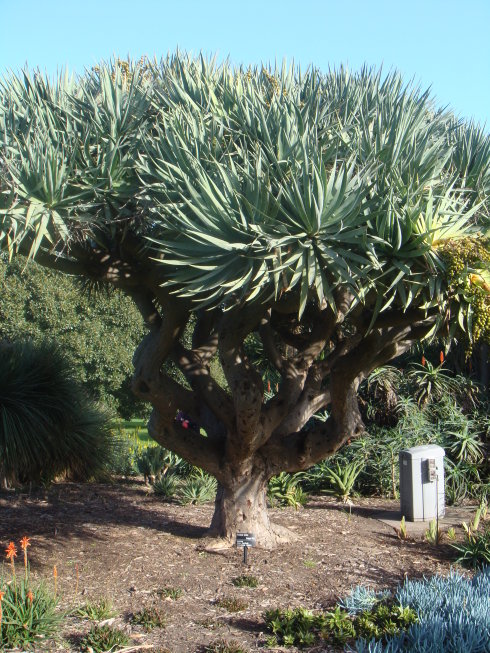
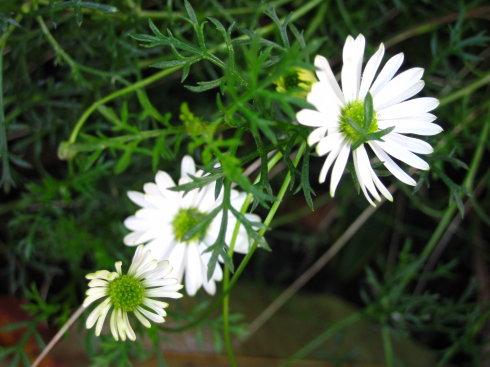
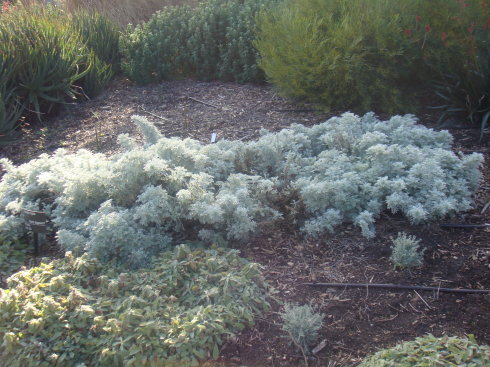
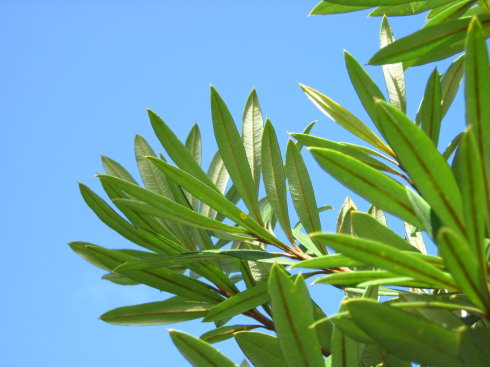
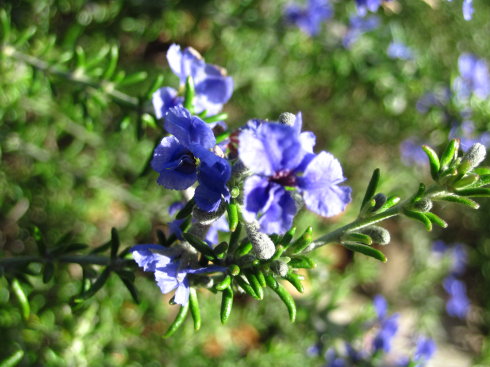
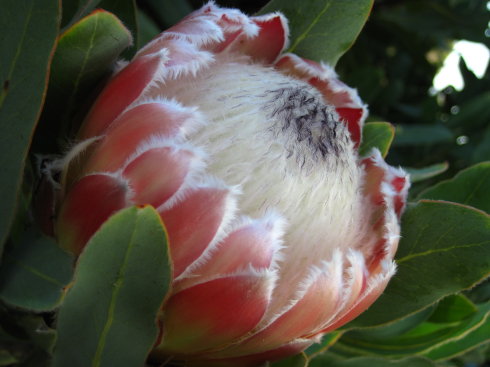
By the river and roadsides, various leisurely small animals are also enjoying this beautiful holiday - dignified and reserved black swans, wild ducks, clever seagulls, and flocks of guinea fowl. Undisturbed nature is everywhere; in comparison, the nearby City Hall seems somewhat out of place.
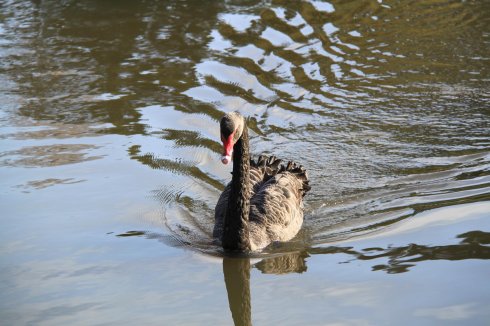
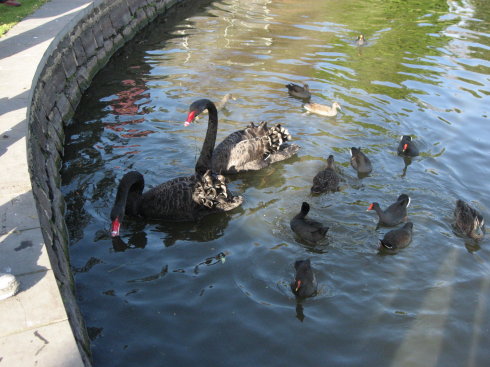
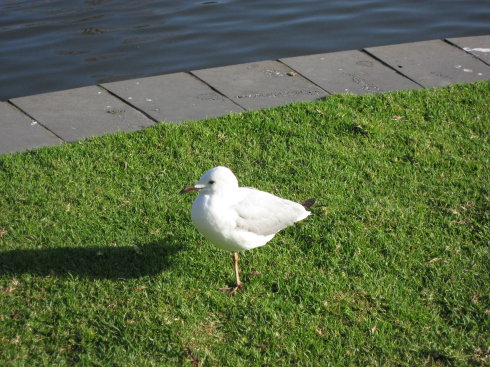
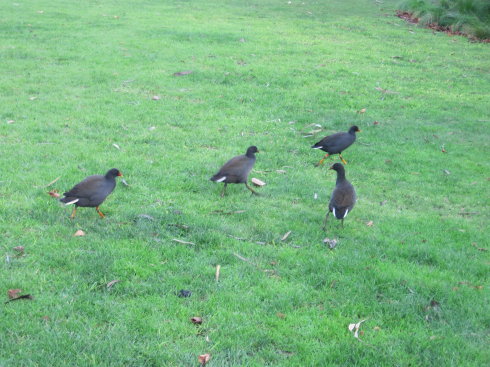
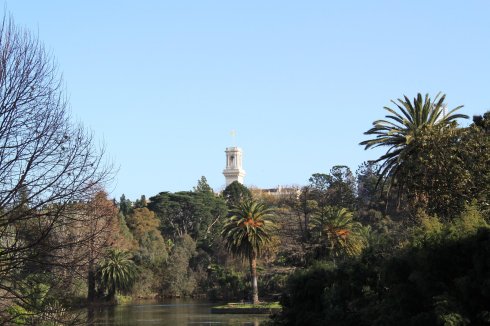
City Hall Phillip Island and Its "Men" Phillip Island, located 124 kilometers southeast of Melbourne by sea, has a unique geographical location that makes it a natural wildlife sanctuary, and is particularly famous as a habitat for little penguins. Every evening, the hardworking penguin husbands return from the sea to home, performing "The Temptation of Coming Home" for all visitors.
When we arrived at Phillip Island, it wasn't dark yet, so we toured around this small island. At one end of the island, there's a row of evenly spaced cypress trees whose age far exceeds the time when British people landed in Australia. Who planted these trees here, leaving traces of human civilization? This remained a puzzle troubling Australians until sunken ships were salvaged from nearby waters containing large quantities of Chinese Ming Dynasty porcelain. People then realized that long ago in the Ming Dynasty, Zheng He had already led his fleet to land on this mysterious soil. Our guide spoke with pride and spirit when telling this story, making us feel a happy sense of belonging while in a foreign land.
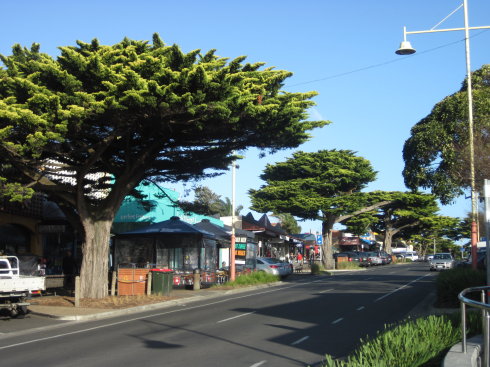
While waiting for the little penguins, we browsed the small shops on Phillip Island. Almost all handcrafted products here come from mainland China, and I dare say most come from that magical place called Yiwu.
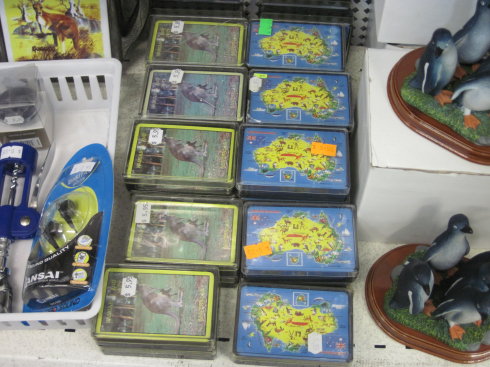
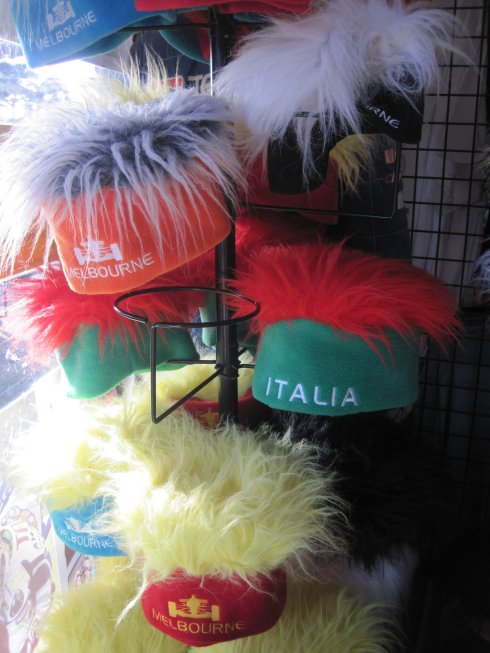
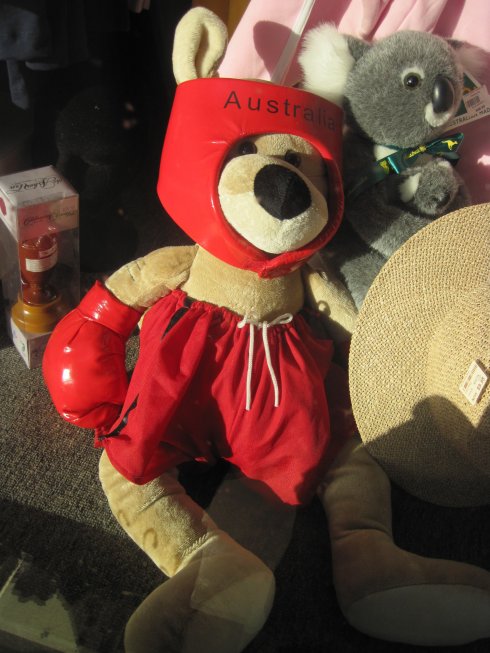
At dusk, when the sunset painted the sky a brilliant blue, we put on our warmest clothes and braved the cold wind to welcome the returning "men". Before us stretched the ocean, where sea meets sky, with rolling waves on the South Pacific surface, accompanied by the sound of surf. After nearly half an hour of waiting, until the horizon completely darkened, small black dots began appearing in the breaking waves - these were the penguin husbands returning from their day's food-gathering. During breaks between the huge waves, they would waddle a few steps, determinedly walking toward their homes. With another giant wave, the round-bellied little penguins would immediately lie down, waiting again for the waves to recede before standing up, reorganizing their ranks, and unhurriedly heading toward the shore.
It was very dark - people with poor eyesight might only be able to sigh with regret against the howling sea wind. But don't worry, on the path back to the viewing area, our lovely gentlemen were still walking unhurriedly. These little creatures, each about the size of an A4 paper, black-bodied with white bellies, walked with steady, dignified steps through the grass. Just a meter away from visitors, almost within arm's reach. Everyone watched quietly, with soft exclamations. Some penguins might have found too many good things to eat, stopping to rest every few steps; some stood at their doorstep, vigorously preening their feathers but not daring to knock and enter - perhaps today's catch wasn't good and they'd be scolded by their wives when they got home. In this magical night, they were completely unaware of our existence, unaware that a group of humans were marveling at their wonders.
Because penguins' retinas are quite fragile, camera flashes can cause serious damage, so no photography equipment is allowed while watching the penguins land. I could only take a photo of a penguin's silhouette through glass in permitted areas, remembering their silly appearance.
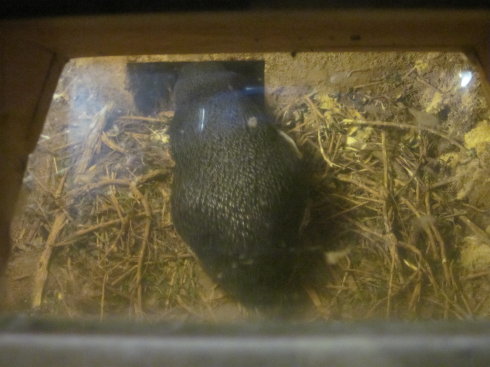
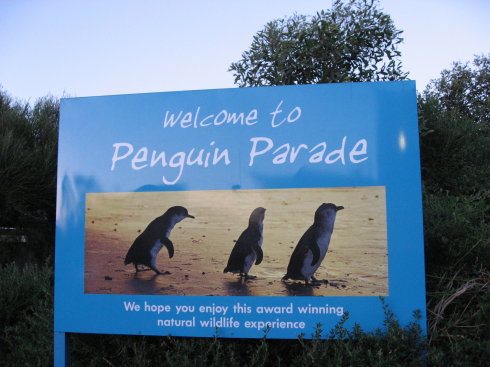
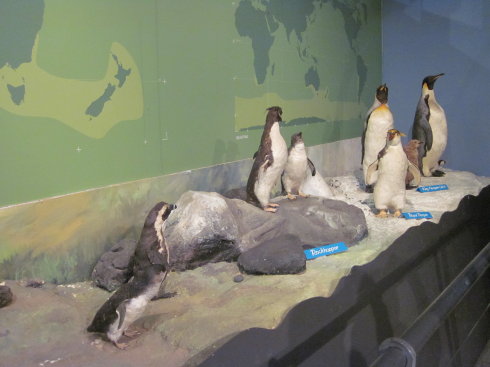
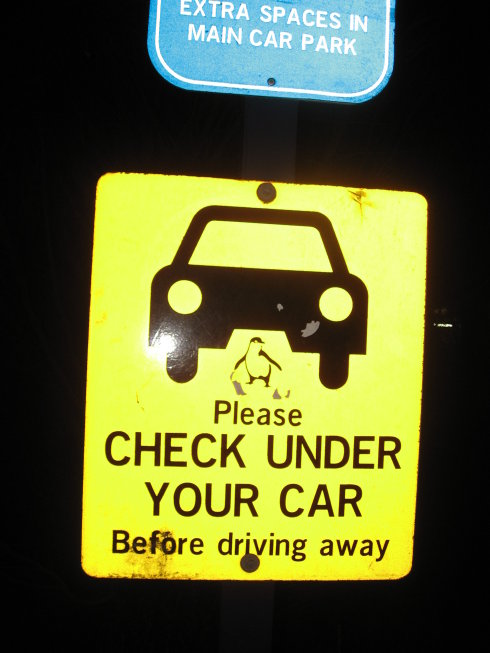
Interesting signs in the parking lot before leaving
I love Australia because here, more people live in harmony with animals and plants. People enjoy nature while truly appreciating its wonders.
7.10 Roar, South Pacific On the last day of our Australian tour, we spent almost all our time on the road - on the Great Ocean Road, rated as one of the world's ten most beautiful highways. Resources say the Great Ocean Road was built to commemorate soldiers who participated in World War I, though most builders were actually retired veterans. The Great Ocean Road winds along the west coast, dotted with coastal towns and fishing villages. Construction began in 1919 and was completed in 1932. You can imagine in those difficult times, without advanced equipment, what kind of determination and courage people worked with. I absolutely believe that when they reached the endpoint, the appearance of the Twelve Apostles was heaven's blessing and encouragement to these workers. I can also imagine their joy and satisfaction when this miraculous sight appeared before the road builders.
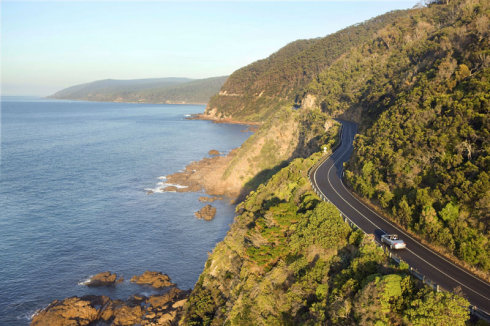
Internet photo It drizzled all day, with howling sea winds wrapping the rain, causing the temperature to plummet. The bus windows were quickly covered with fog, and through them, we could see the roaring South Pacific Ocean. Giant waves crashed and spray flew - the South Pacific had completely changed from the elegance and tranquility we saw at the Gold Coast.
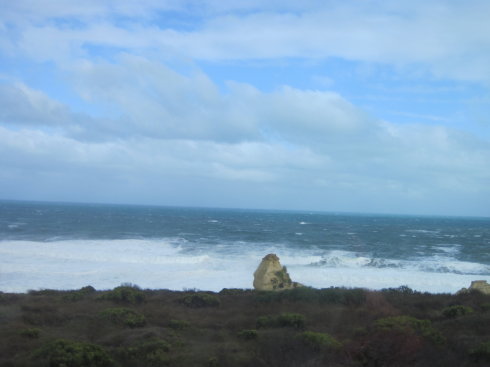
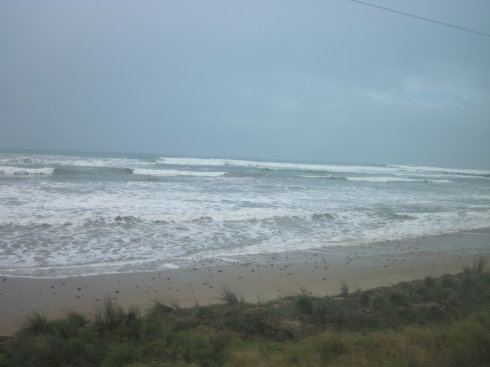
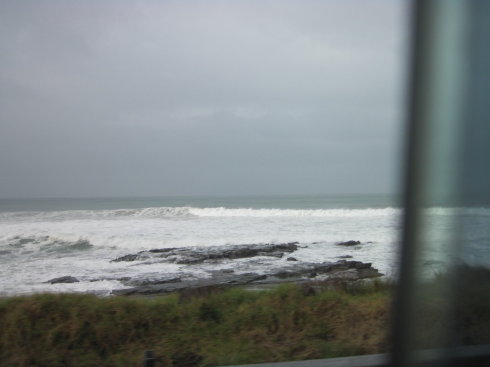
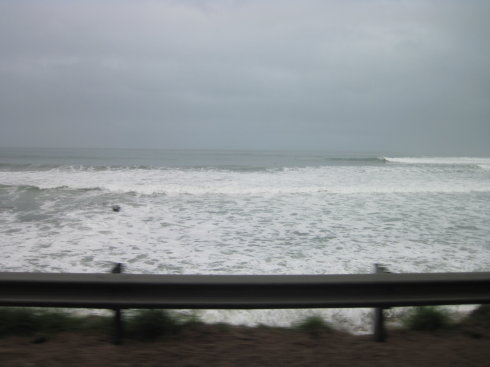
The pristine forests and grasslands along the road made the several hours of driving more enjoyable.
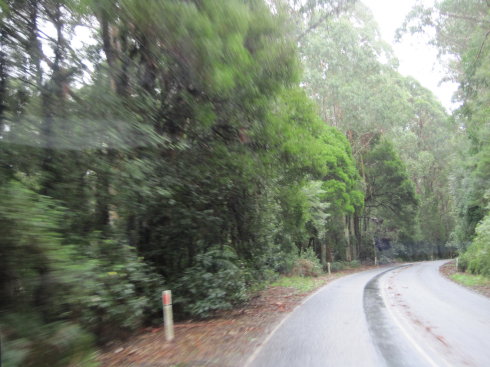
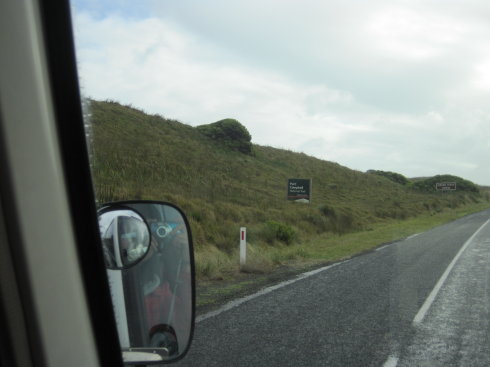
After some hours, the guide said, "I'll count 1, 2, 3, and you'll see the first of the Twelve Apostles..." Then, with everyone's exclamation, a huge rock suddenly appeared in our view - the Twelve Apostles off Port Campbell Harbor.
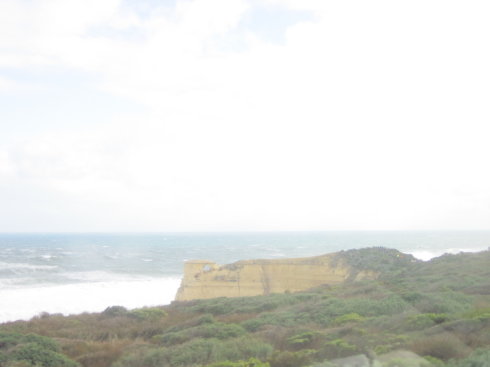
The first rock formation in view
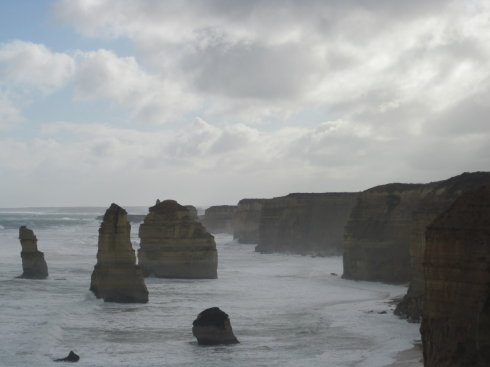
The most classic angle
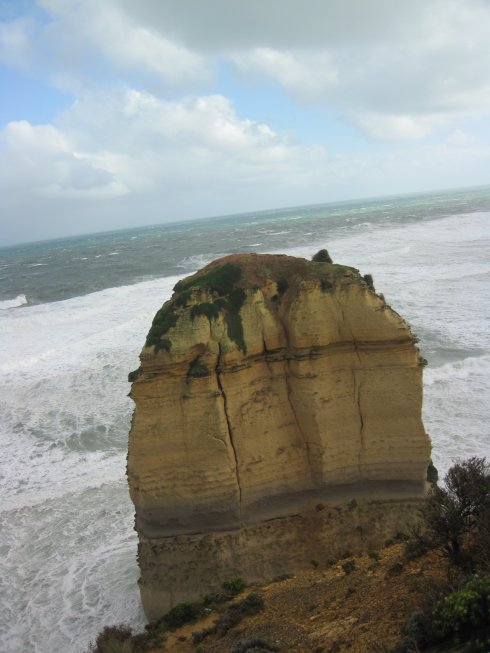
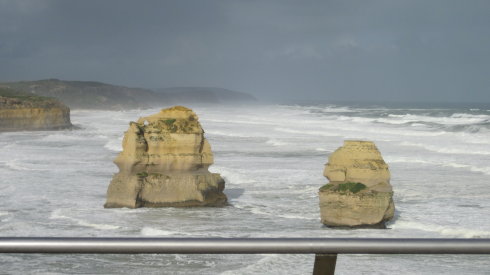
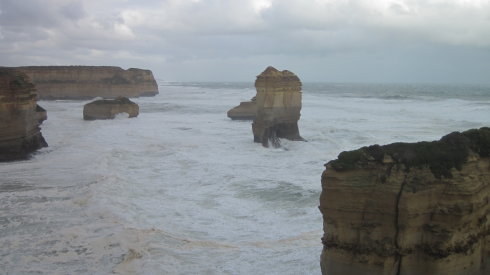
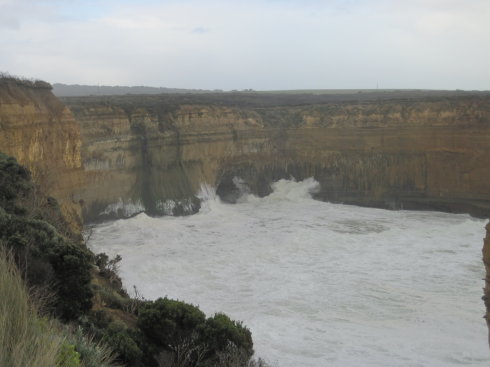
Afterwards, we also visited the nearby Loch Ard Gorge and London Bridge. Giant waves rolled with white foam, forcefully crashing against the reef rocks. They quietly displayed their power, as if silently telling us that it was this daily washing that created these masterpieces standing in the blue ocean. The wind was strong, with sea foam being blown all the way to the visitor walkways. Unfortunately, my skills weren't sufficient to capture this beauty in my camera to bring back - only being there in person can you feel the true majesty and grandeur.
In this heart-touching awe, we concluded our Australian journey. I, Brother Tian, Jessie, and Olive would return to our real work, while the beauty of these days would remain in our hearts for a long time - I think, on some quiet, leisurely morning in life, I will recall those days spent on the other side of the Earth.
Travel Notes:
1. When driving on the Great Ocean Road, make sure to sit on the left side of the vehicle, as this side offers direct views of the South Pacific scenery. However, the mountain roads are indeed very steep - I basically started feeling dizzy after 20 minutes.
2. The biggest drawback of group tours is that the driver rarely stops for photos. Actually, all places marked with "i" or small signs are viewpoints where you can stop to observe and take photos.
3. At Port Campbell, you can take helicopter rides for aerial views, priced at 90 dollars for about 20 minutes of flight time. The wind was too strong the day we went, so we didn't dare try it, but there were definitely planes flying above.
Drew, who had also been to Australia, first asked at T2: "From which day did you start thinking about immigration?" Australia is indeed an attractive place. Throughout the journey, guides introduced so much about local customs and social welfare that greatly attracted us - some people probably started preparing for immigration after returning. I tried to describe some things in detail in the notes, but there are still various miscellaneous items to record here. I want to have something to recall when I'm old.
Houses and Cars Australia has a large territory, so almost everyone needs a car for going out. It's said that the average person owns 1.2 cars here, and you usually see only one person in each car on the road. The second-hand car market here is very mature - you can find used car markets everywhere, in both cities and rural areas. The guide explained that Australian government departments provide cars starting from the staff level. After using official cars for a period, they update them promptly, and the replaced cars are sent to the second-hand market, so the supply is extremely abundant.
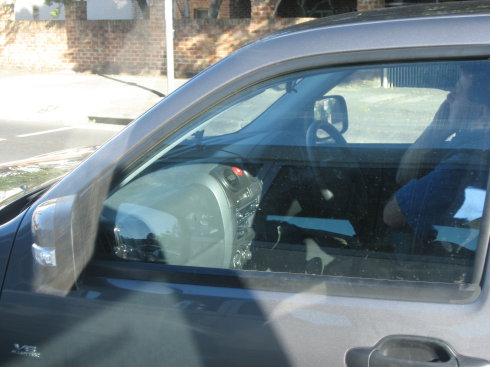
Australian property ownership is lifelong - as Drew said, if my grandfather's grandfather bought a big house, our whole family would be set. These are ordinary Australian houses - ordinary families here all live in such small villas, only wealthy people can afford apartments, completely opposite to us.
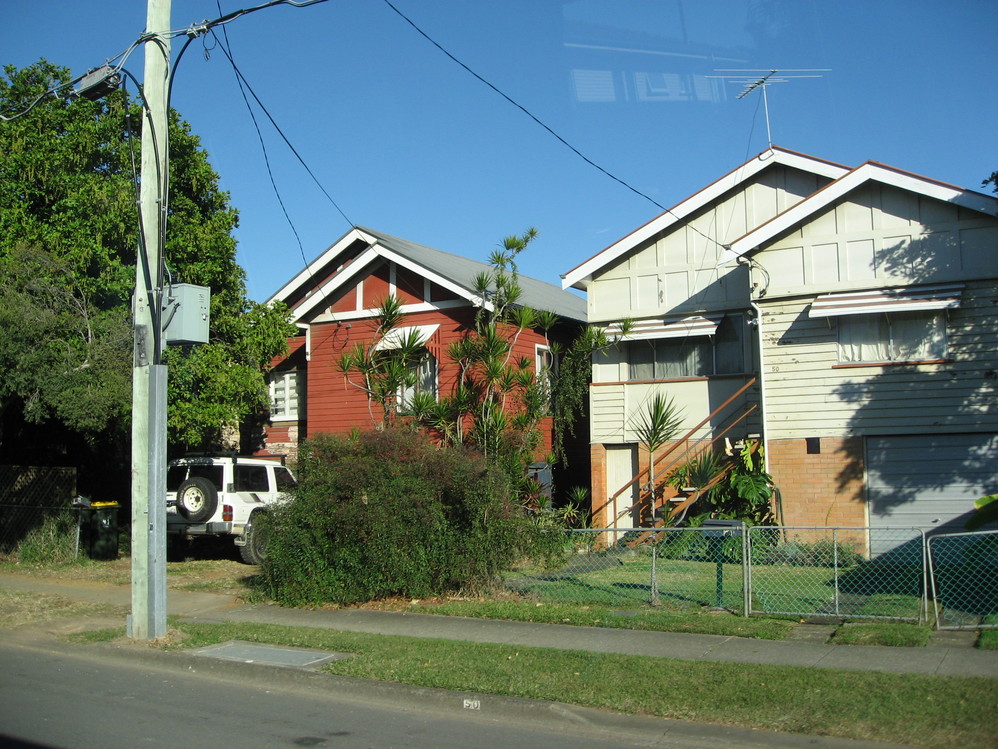
Ordinary residence
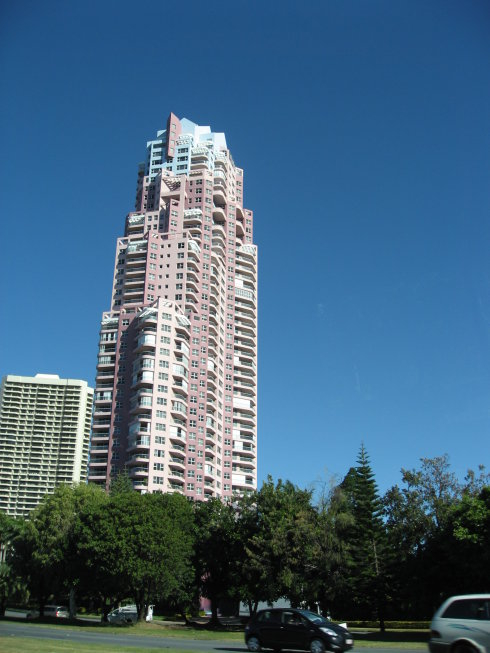
These are all luxury mansions Children, Women, and Dogs Australia is sparsely populated, and the government strongly encourages childbirth. Here the slogan is "Have one for yourself, have two for your parents, have three for the country." They say children's status in Australia is unmatched. From a child's birth, the government provides a one-time bonus of over 6,000 Australian dollars, plus a weekly 200 dollar formula allowance. Meanwhile, medical care for children under 2 years is completely free, with doctors providing home visits. (I think being a pediatrician in Australia must be very happy.) After a couple has two children, basically the mother can comfortably be a full-time housewife. Many people in our group kept sighing about wanting to come here to have children. Children receive maximum protection from the government - our guide repeatedly warned us not to casually take photos of children, as parents can fully retain the right to sue you.
Women also live very happily in Australia. Besides the "mother benefits through her child" reason, there's also comprehensive social security. They say if a couple divorces, about 80% of the husband's assets must go to the wife. This is also why many Australians don't dare to marry and prefer long-term cohabitation.
Dogs' status has been mentioned in previous records, won't repeat here. As someone afraid of dogs, I want to loudly praise that Australians' best point is they leash their dogs while walking them, which touched my heart time and time again.
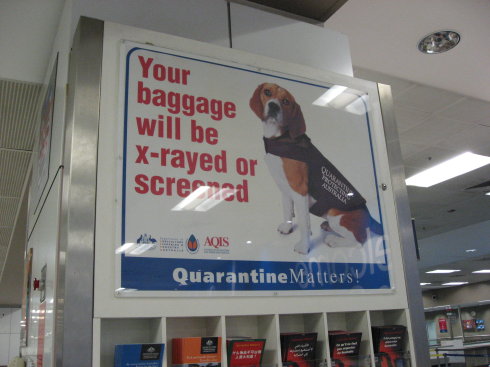
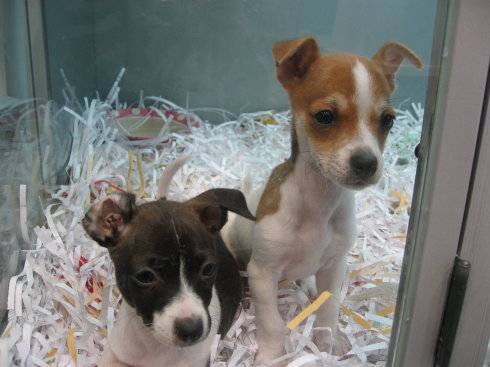
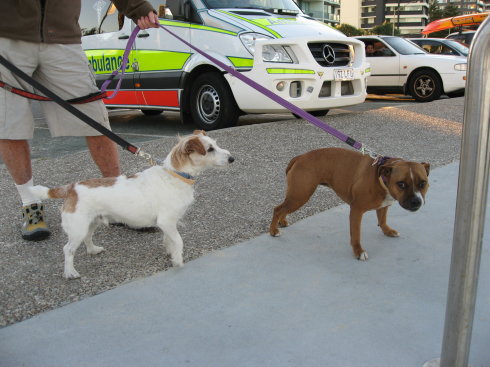
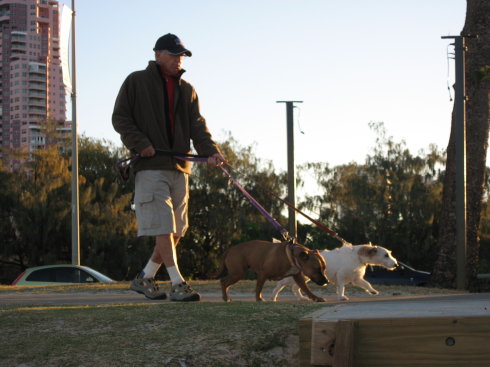
Strange Little Discoveries:
1. License Plates On my first day in Sydney, I noticed Australian license plates had a small line of text underneath, but didn't know what it meant. I asked the guide, who rather rudely said it meant nothing. This puzzle wasn't solved until Melbourne. (Shows that guides can be of varying quality.)
When each state premier takes office, they propose a slogan for their state, and during their term, the license plates carry that period's slogan. For example: Queensland is: Sunshine State Victoria current: The Place To Be, previous: On The Move Below are some photos. As for New South Wales, since I was misled by the guide at first, I didn't pay attention, but checking later, Sydney mostly has: The First State.
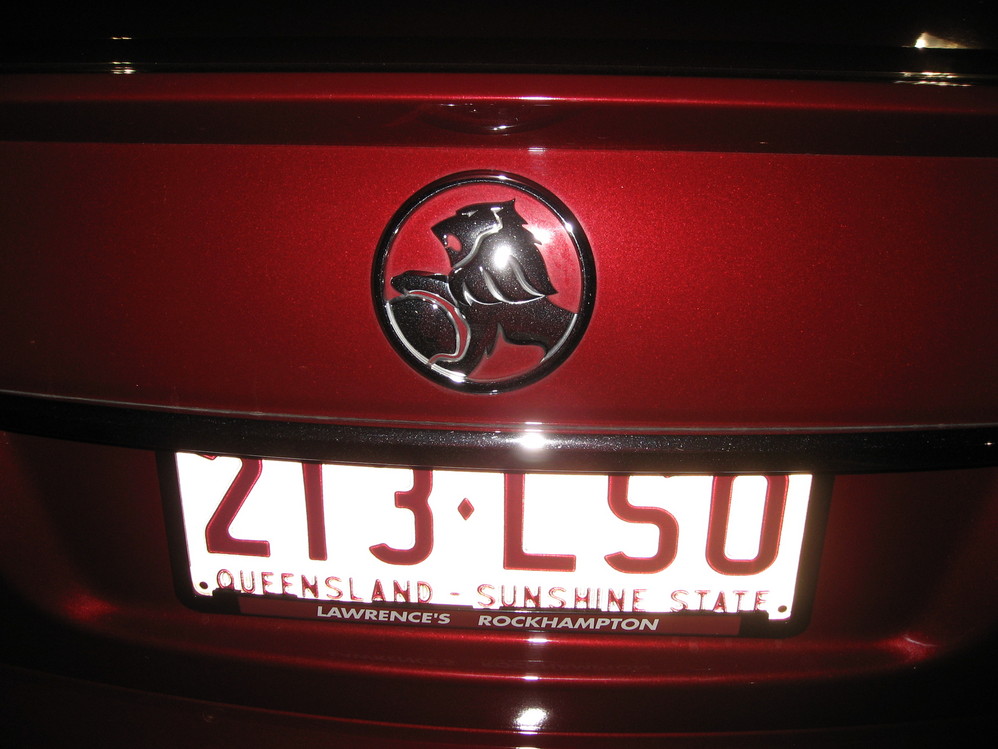
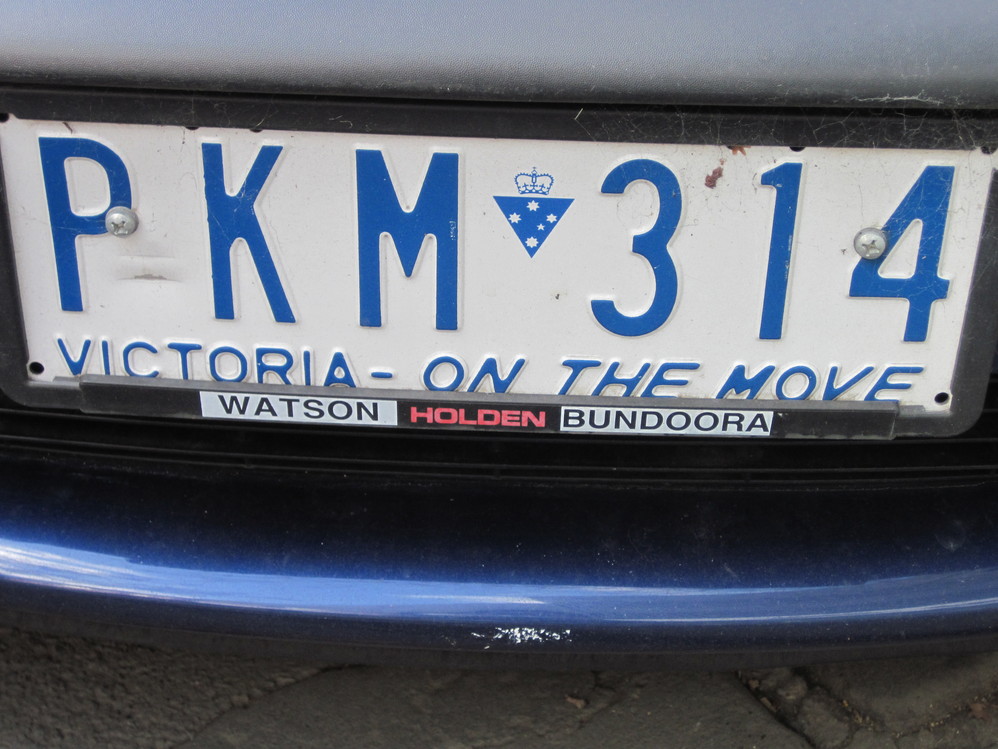
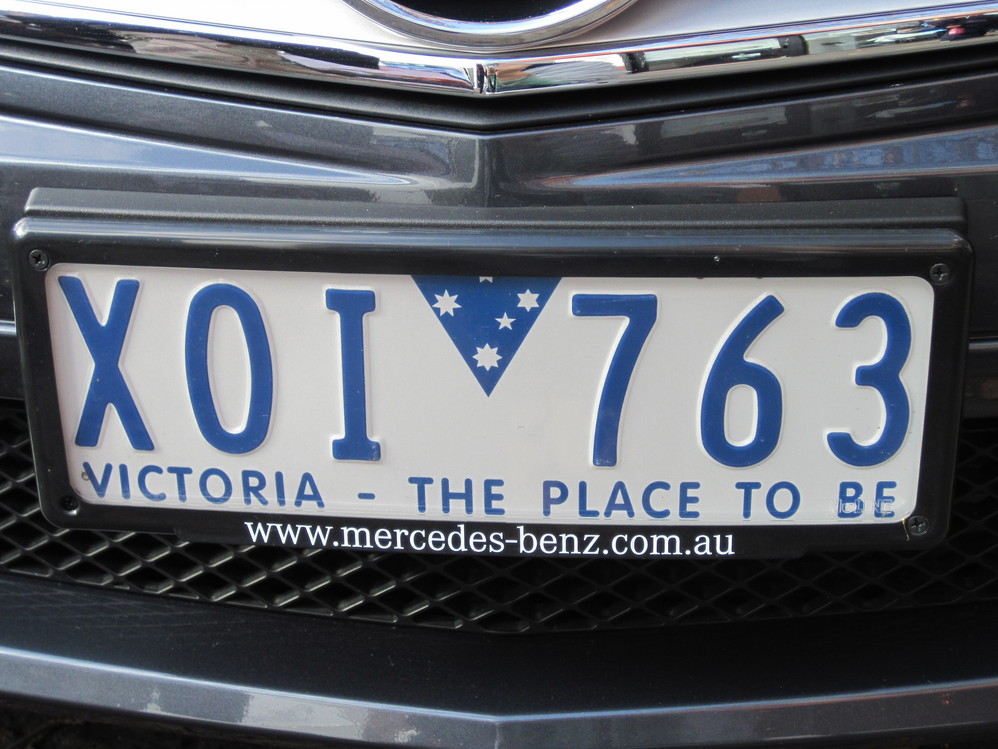
The government also issues special license plates that can be individually designed and combined. Reportedly, to cater to Chinese Australians, they specifically designed gold dragons coiling around the plate with number combinations like 888 - truly unlimited creativity.
2. Beer
Each state has its own signature beer. Victoria's is VB (Victoria Beer), while Queensland's is "Four X", with its logo being four "X"s. Apparently, the original founder was illiterate and knew beer had four letters but didn't know which four, so used "XXXX" to represent it. We found this story interesting and specially ordered a bottle to try - 6 Australian dollars, nothing special except the price.
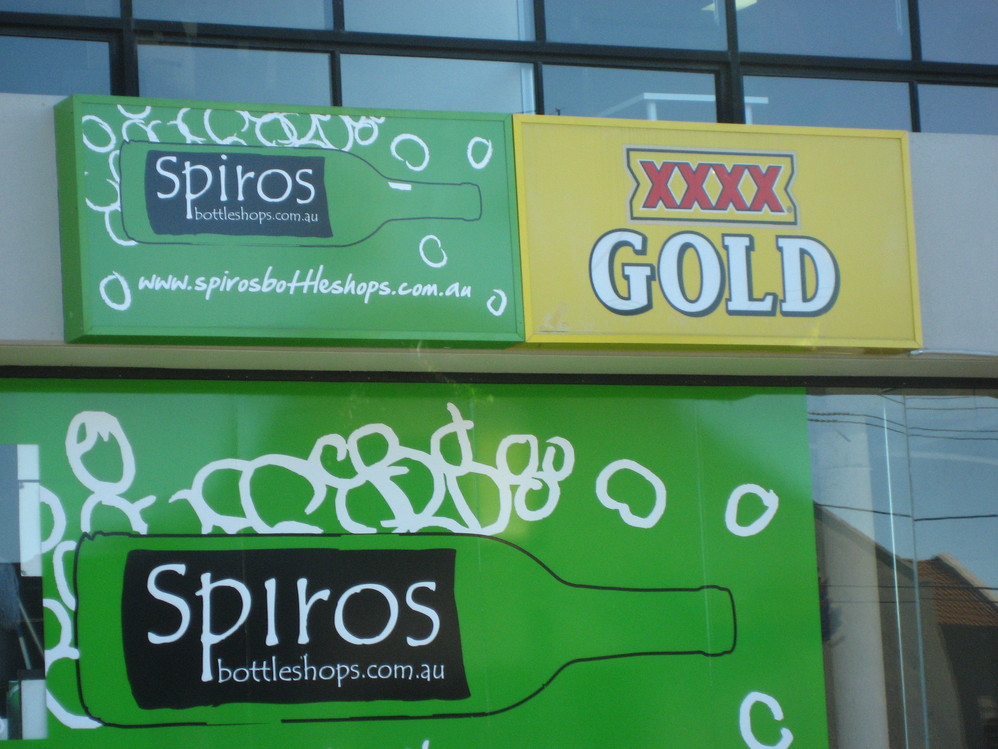
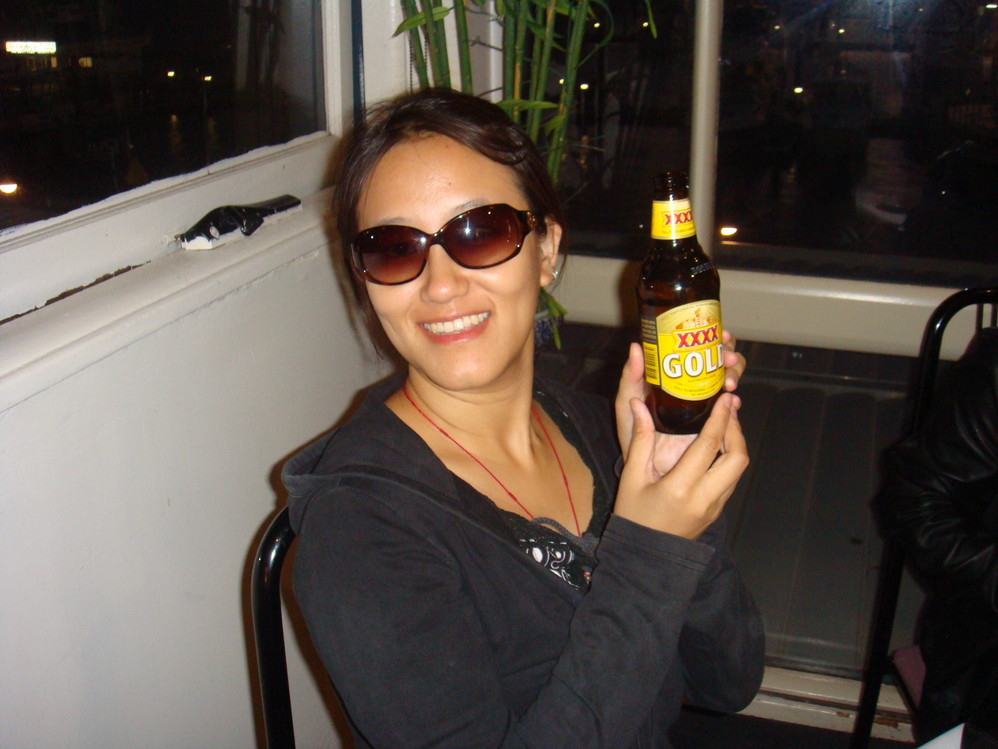
3. Currency
Australian banknotes are made of plastic, so they always look new. The coins feature various designs: kangaroos, emus, sheep, people - each with different meanings. During the trip, our guide introduced several to us. Back home, I found this article on Baidu Forums that might interest those who want to learn more: ***?kz=123420405 Australian Currency Introduction
Travel Tips:
1. Transportation
Australian cities were built quite early, so the roads are quite old - their highways look similar to our national roads. Major city centers always have traffic jams, and once stuck, you really can't move at all. The highways have special extended trucks carrying various houses thundering past, with cabs looking very much like Optimus Prime.
Traffic lights are self-controlled, making a "beep" sound before turning green. The green light duration is very short, so you need to jog across - I always suspected they calculated crossing time based on kangaroo speed. At some smaller intersections, usually only three sides have pedestrian crossings - make sure to check carefully, we once made a big circle at an intersection.
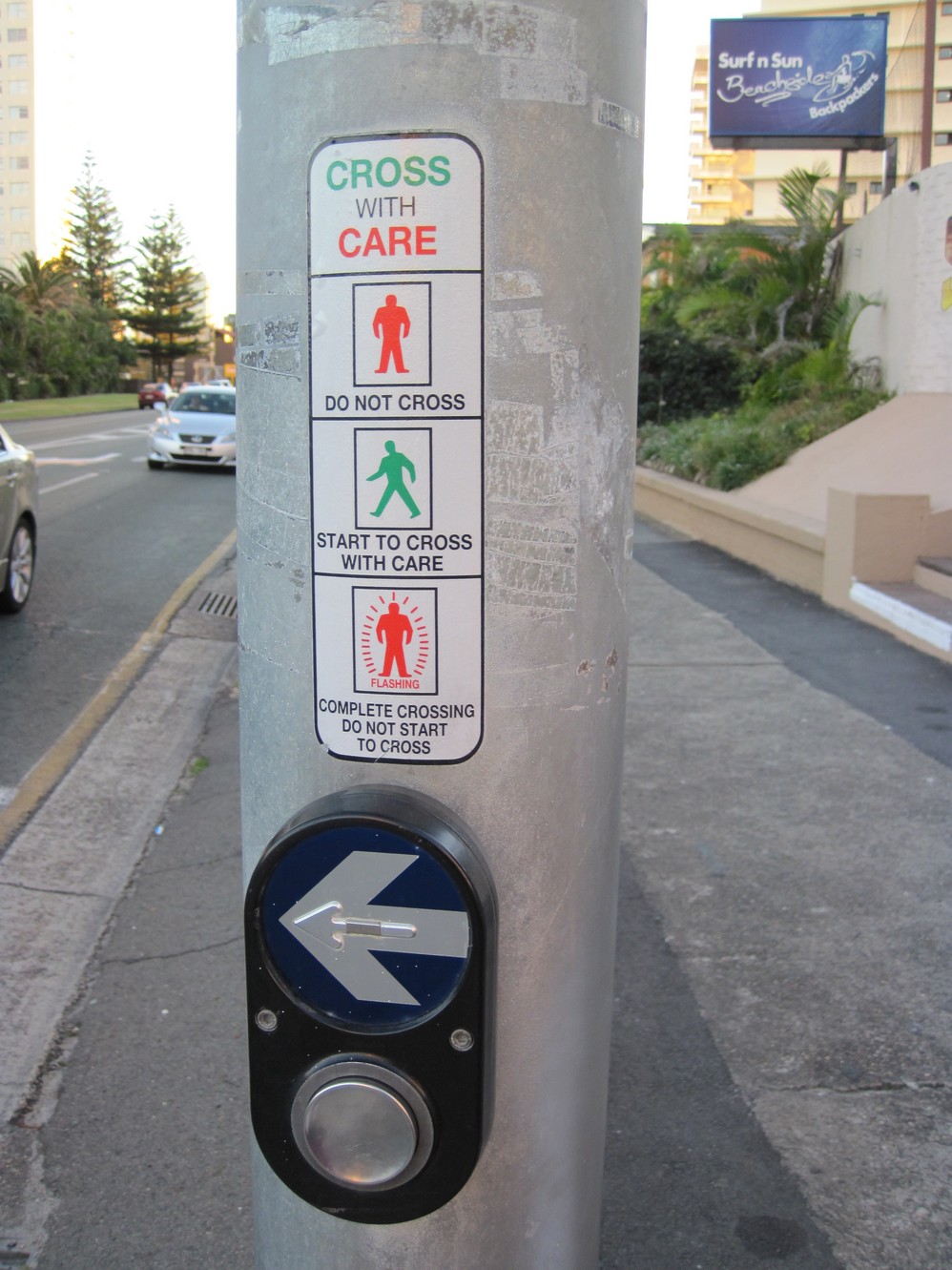
In less populated rural areas, there might not be marked crosswalks, but there will be signs like this indicating where to cross. No need for traffic lights or police - drivers will voluntarily stop when they see pedestrians preparing to cross. If you're self-driving, you need to follow this rule too.
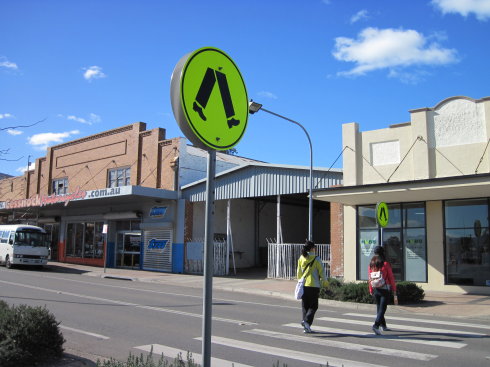
2. Daily Shopping We visited supermarkets quite often - the most common one here is "Woolworths", which has everything from food to daily necessities. The cheapest and most worth trying thing here is milk. A 1.5L bottle of mineral water is 1.99 Australian dollars on special, but milk is only 1 dollar. The milk is very rich - even Jessie, who never drinks milk in China, couldn't stop praising it. We actually had group members who lived on milk for several days.
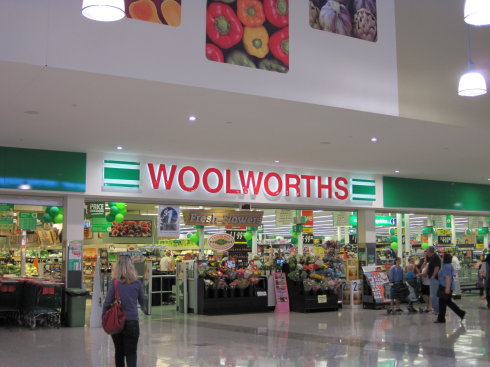
Target and Kmart mainly sell clothing
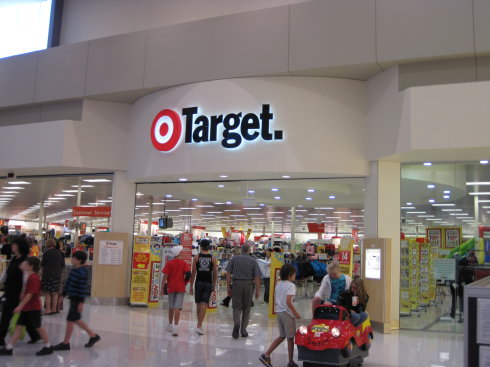
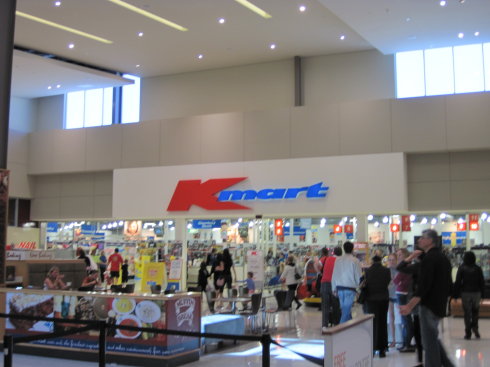
Australians receive weekly wages and tend to spend it all weekly. Thursday is payday, and they go crazy shopping on Thursdays. Many time-sensitive items are cheapest on Wednesday and most expensive on Thursday. We happened to be there on a Thursday - every store in the shopping center was advertising "On Sale".
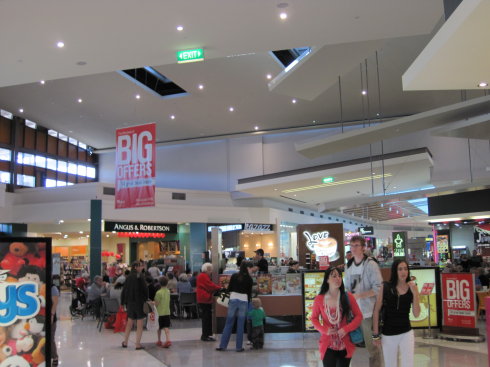
Thursday special deals
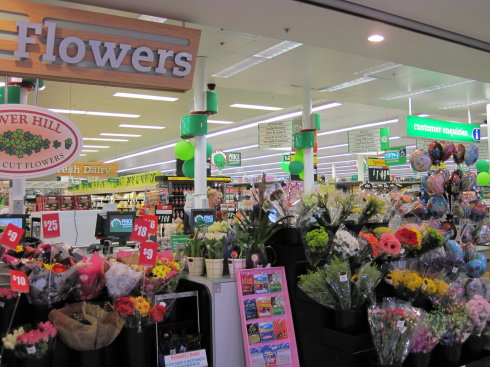
Flower shop
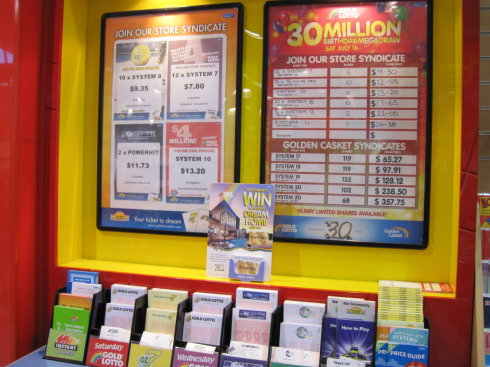
Lottery ticket station
3. Tourist Souvenirs
Australia isn't like Europe or America where you can shop crazily. Generally, people focus on kangaroo products, sheep products, UGG boots, and Jurlique. With group tours, you inevitably have to look at opals and alpaca products.
—Kangaroo Products Looks a bit scary. Kangaroo meat is okay though, you can buy a bag to take back and try something new.
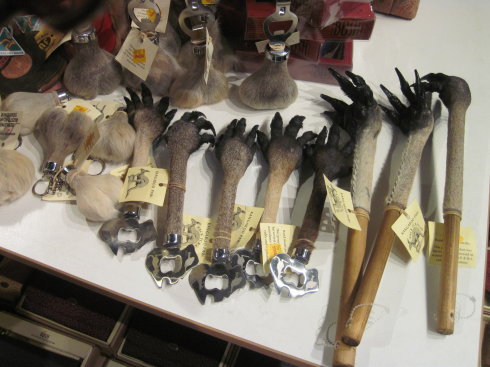
Kangaroo products —Lanolin
The guide said lanolin under 5 dollars is for polishing shoes - using it on your face might make you "grow wool." Therefore, in the duty-free shops the guide took us to, most products started from 10-20 Australian dollars, all containing sheep placenta or various essences. Actually, I've always used a simple one with just VE added, sold at Woolworths for 2-3 Australian dollars per large jar, lasting two years. Fortunately, I've used it for two years and never grown wool.
—UGG Australian UGG boots come in three types: made in China, made in USA, and made in Australia. Generally, the more delicate and attractive ones are made in China, and prices are certainly cheaper than in China. (Though not cheaper than the 100-yuan ones in wholesale markets.) But coming all this way to buy, people usually want Australian-made ones, seemingly worried that even if labels claim 100% Australian pure wool, the raw materials might be switched or mixed with fakes in China. Most China-made shoes have very discreet "Made In China" labels, and to confuse people, they'll prominently write "Design in Australia," then hide a tiny label in dense wool saying "Made In China."
When buying, look for the kangaroo logo - that's genuinely Australian-made. Australian-made boots look a bit clumsy, but the wool feels very comfortable. Good quality wool, mid-length UGG boots generally cost between 100-180 Australian dollars.
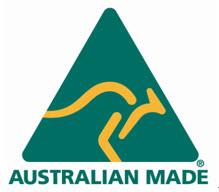
—Jurlique I actually didn't know this brand before, but to buy Arnica for someone, I checked it out. Prices are almost 1/3 cheaper than duty-free shops in Chinese airports.
—Opals These are Australia's special gemstones. Prices aren't cheap, but honestly, I can't evaluate them - affordable ones might not be good quality, and really good ones are definitely unaffordable, so I just admired them and gave up. However, they truly look beautiful.
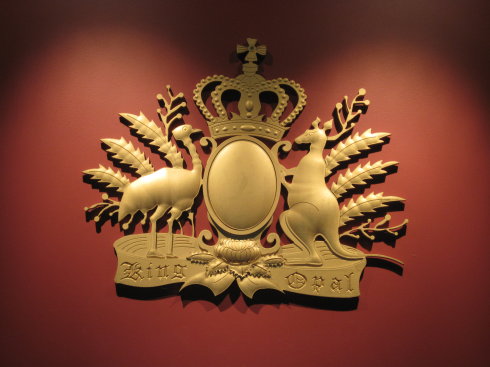
Opal logo
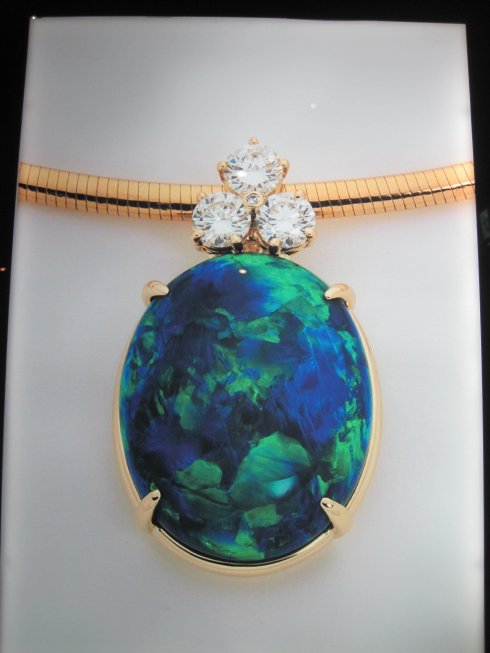
Finished products
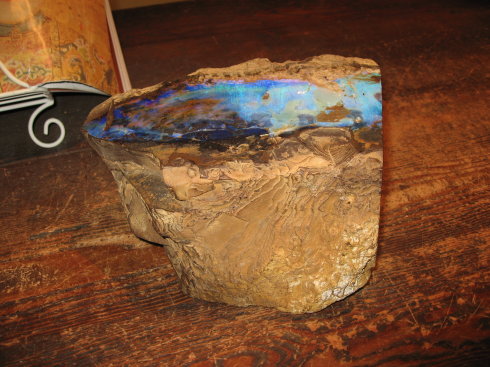
Raw materials —Alpaca Quilts
A similar double-size quilt costs several thousand Australian dollars, though compared to prices in China, that's much cheaper. In the store we visited, the owner demonstrated how to care for Australian wool, saying it can be maintained with talcum powder, not difficult at all. However, we clearly saw the blanket shedding mercilessly during her "maintenance"...
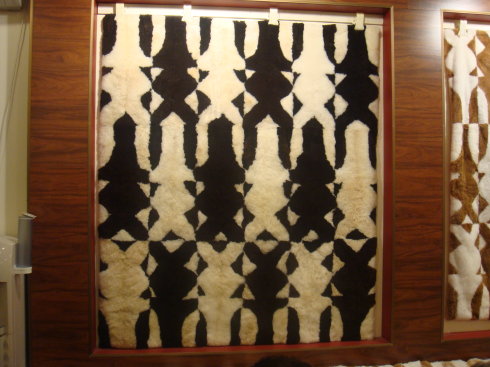
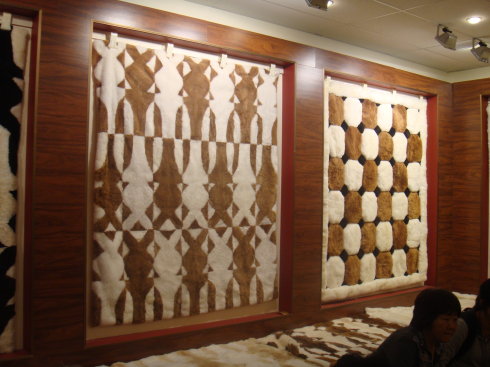
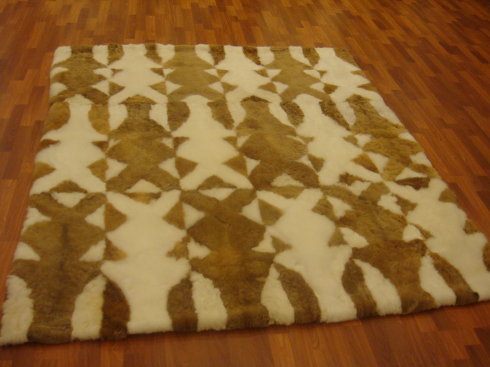
After writing all this, my travel diary should be completely finished. All records and photos were provided by these perfect travel companions:
Thanks to street photography king Olive for numerous photos - your mini skirt left a special beauty on the Gold Coast's winter day.
Thanks to photographer Jessie for carrying your big camera thousands of miles - the sunrise you persisted in waking up to see will surely bring good luck.
Thanks to Brother Tian for carrying my bag throughout the journey, and leaving me the warmest clothes when it was coldest. Without you, traveling the world wouldn't be enough for happiness.
It was having you all as travel companions that made this such a wonderful journey~
Looking forward to our next trip~
LIMITED TIME OFFERS
Related Apartments
Premium accommodations at exceptional prices.
Elevate your travel experience with our carefully curated holiday deals.
 Sailors Bay Rd, Northbridge NSW, Australia
Sailors Bay Rd, Northbridge NSW, Australia $280 - $550
-
4 Bedrooms
-
2 Baths
-
4 Guests
 Bent Street, Concord NSW, Australia
Bent Street, Concord NSW, Australia $180 - $280
-
2 Bedrooms
-
2 Baths
-
2 Guests
 Lyons Road, Drummoyne NSW, Australia
Lyons Road, Drummoyne NSW, Australia $150 - $200
-
2 Bedrooms
-
2 Baths
-
2 Guests
 Buffalo Road, Ryde NSW, Australia
Buffalo Road, Ryde NSW, Australia $168 - $280
-
2 Bedrooms
-
1 Baths
-
2 Guests

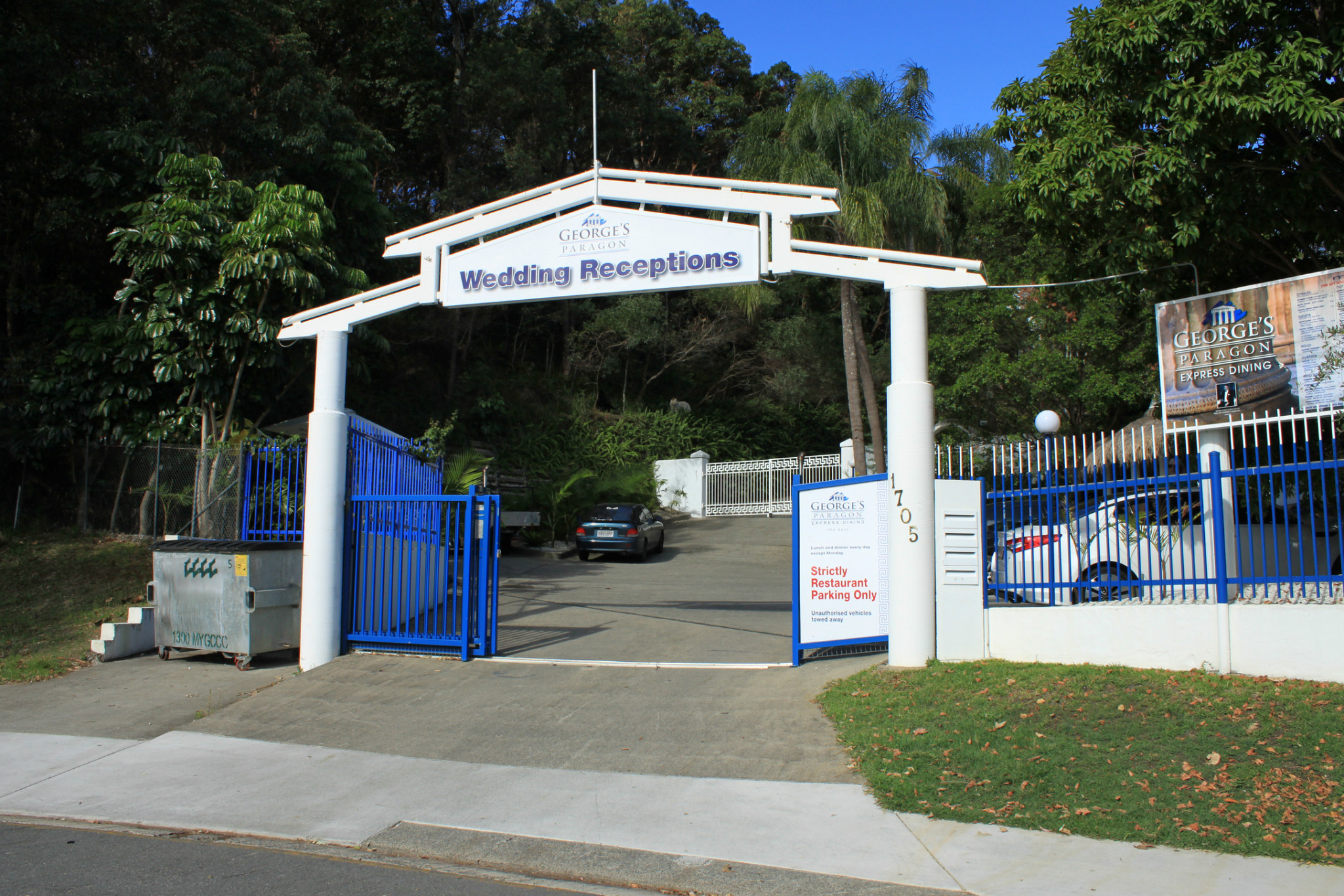

![[AUS Koala Country Travelogue] Season 3 — Gold Coast Chapter](https://www.sydneynest.com/uploadfile/202506/a2cc2d28ca567b4.jpeg)
